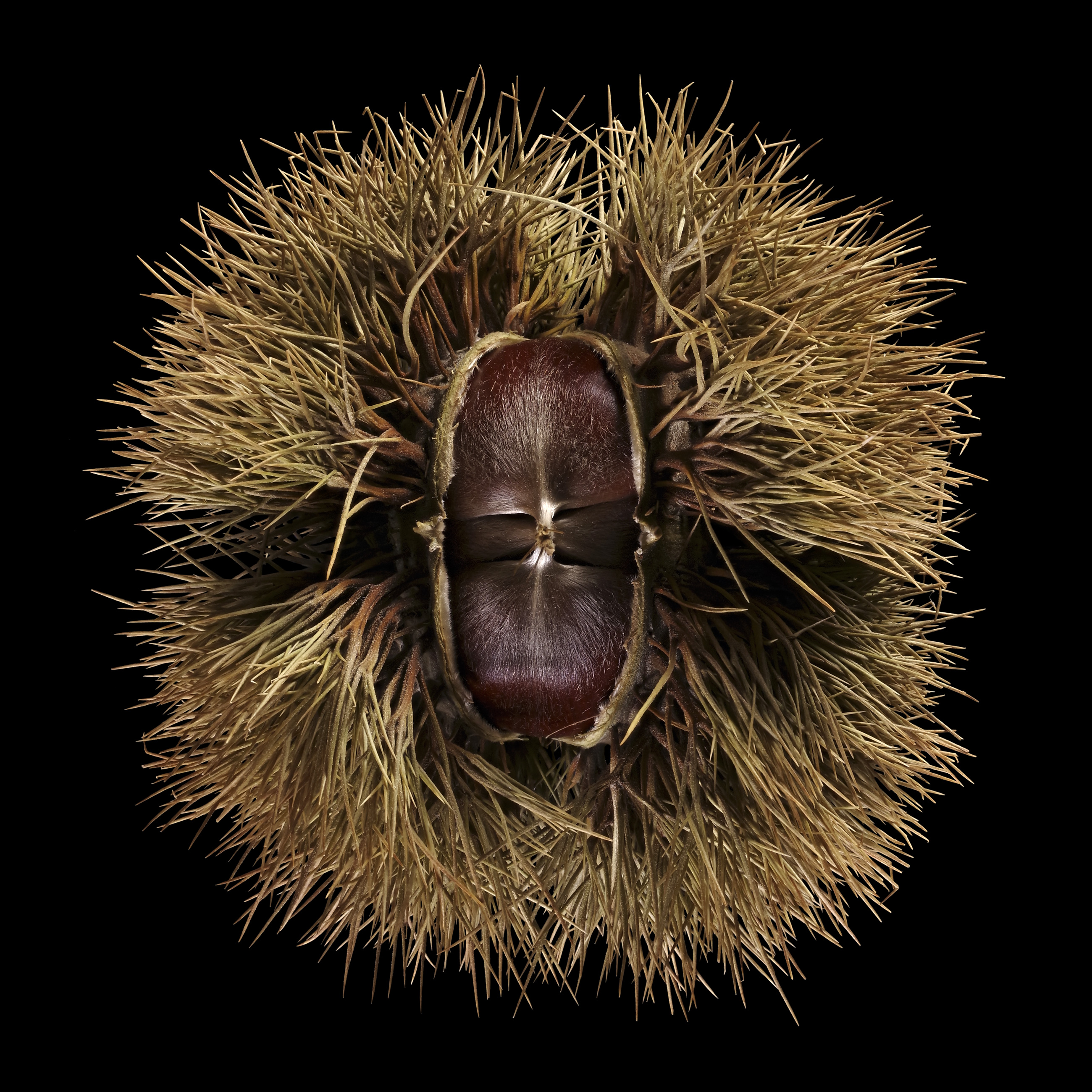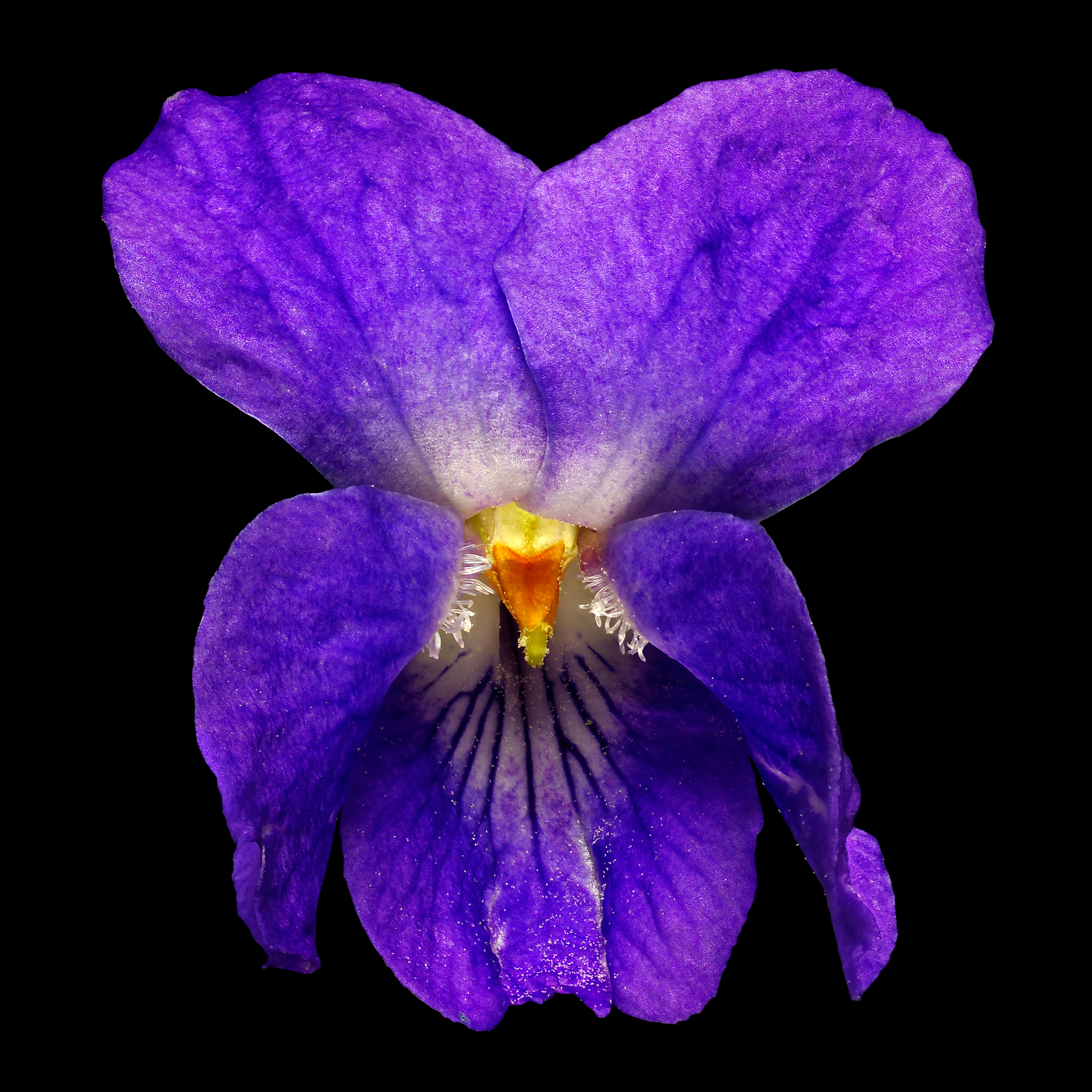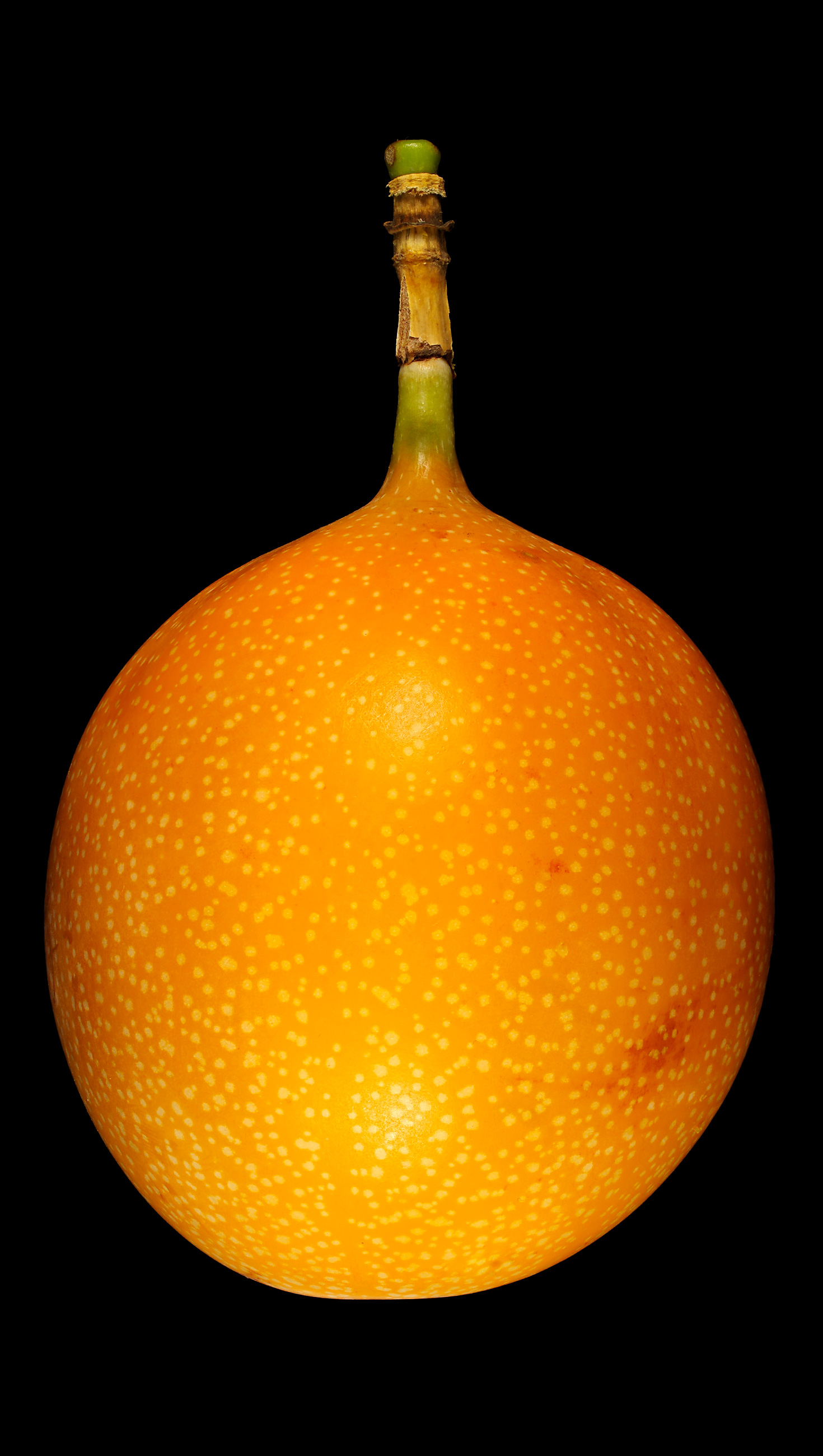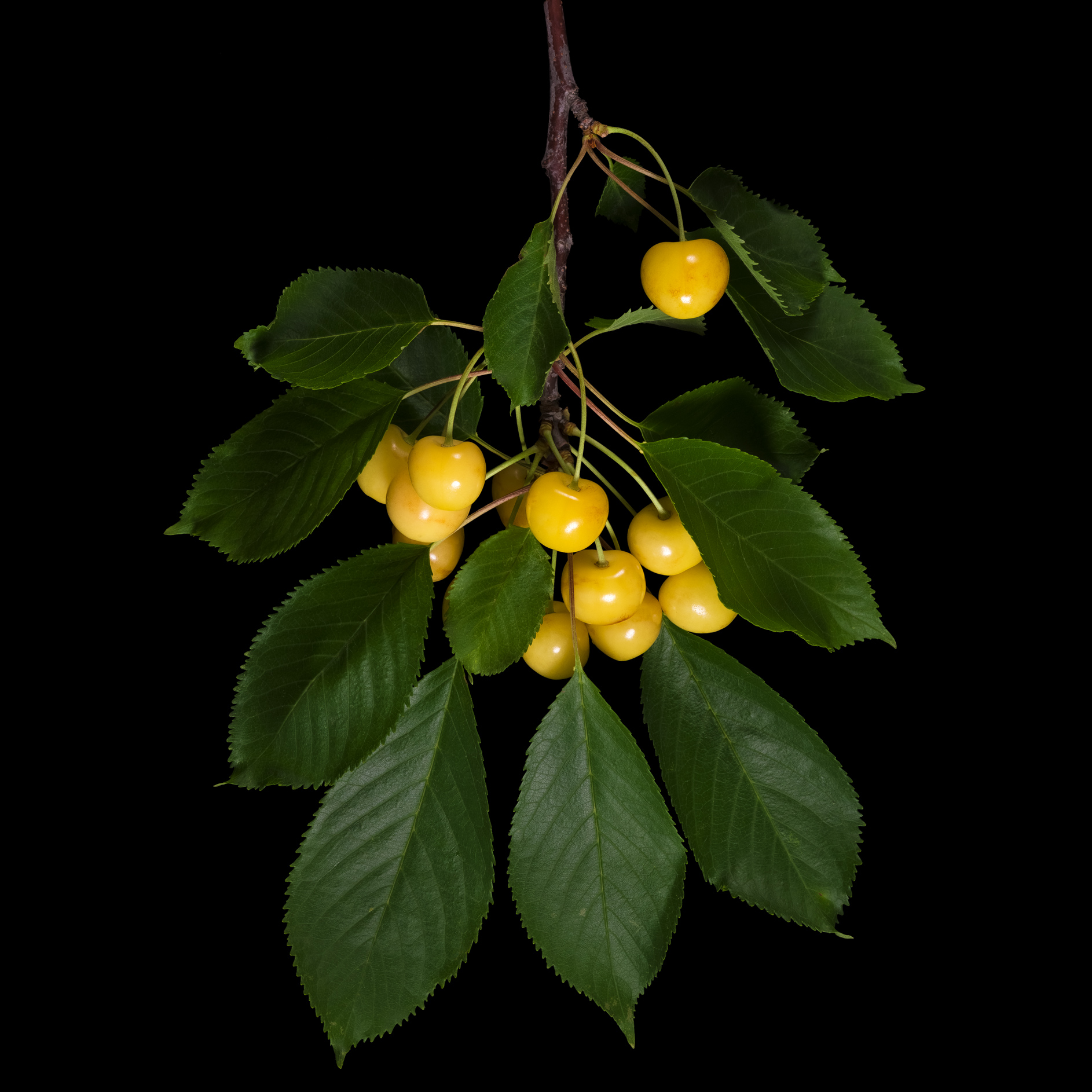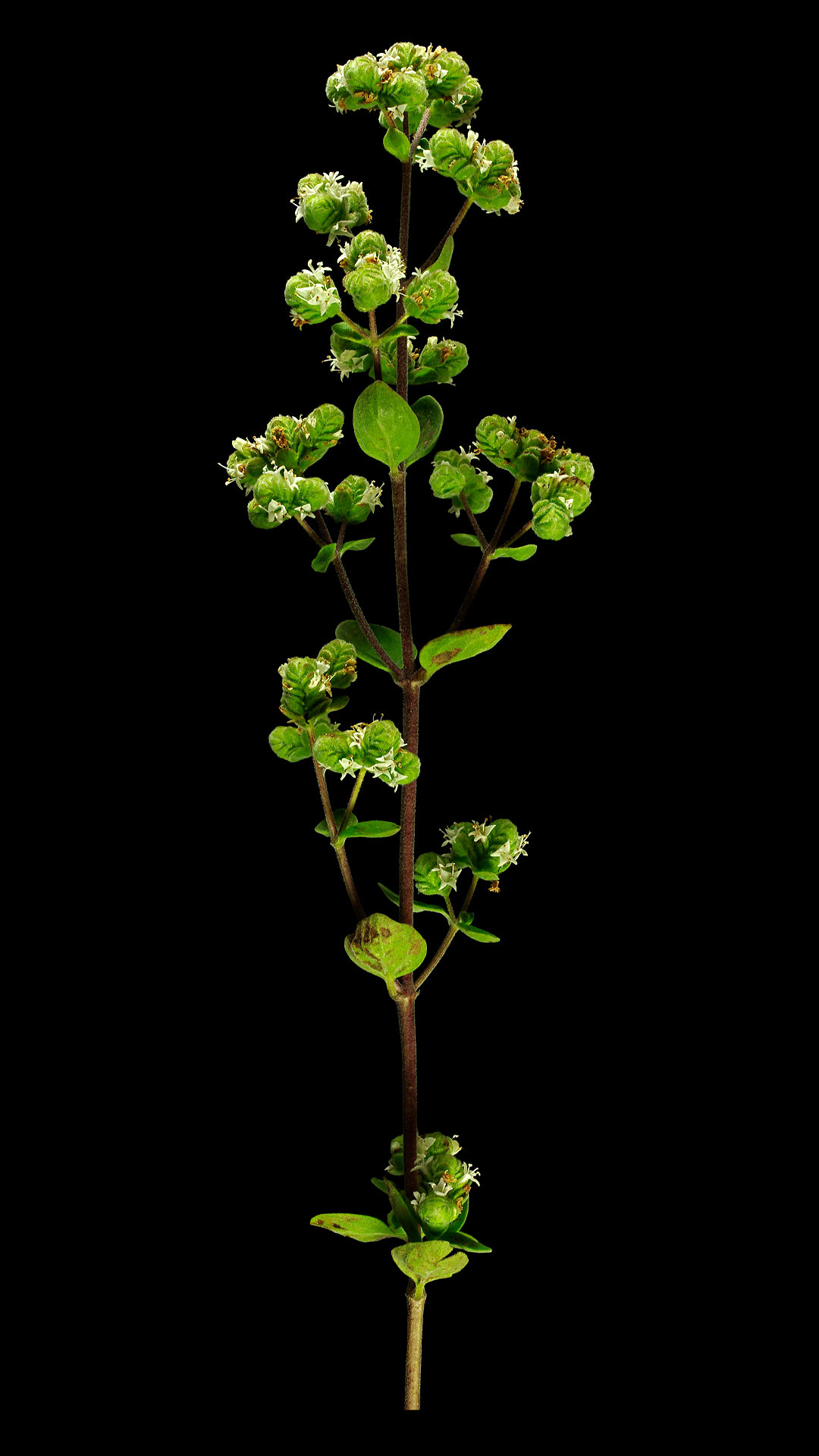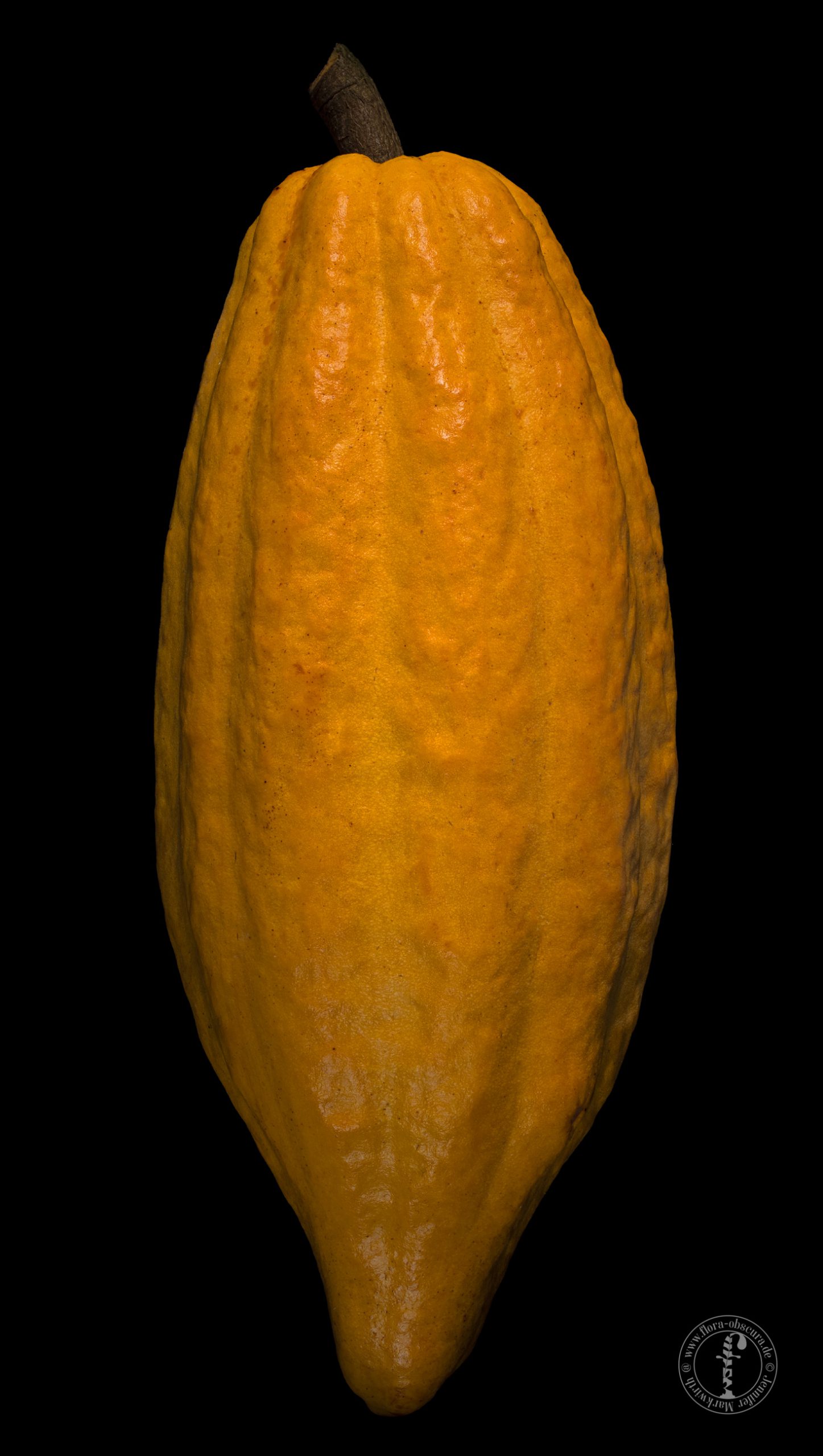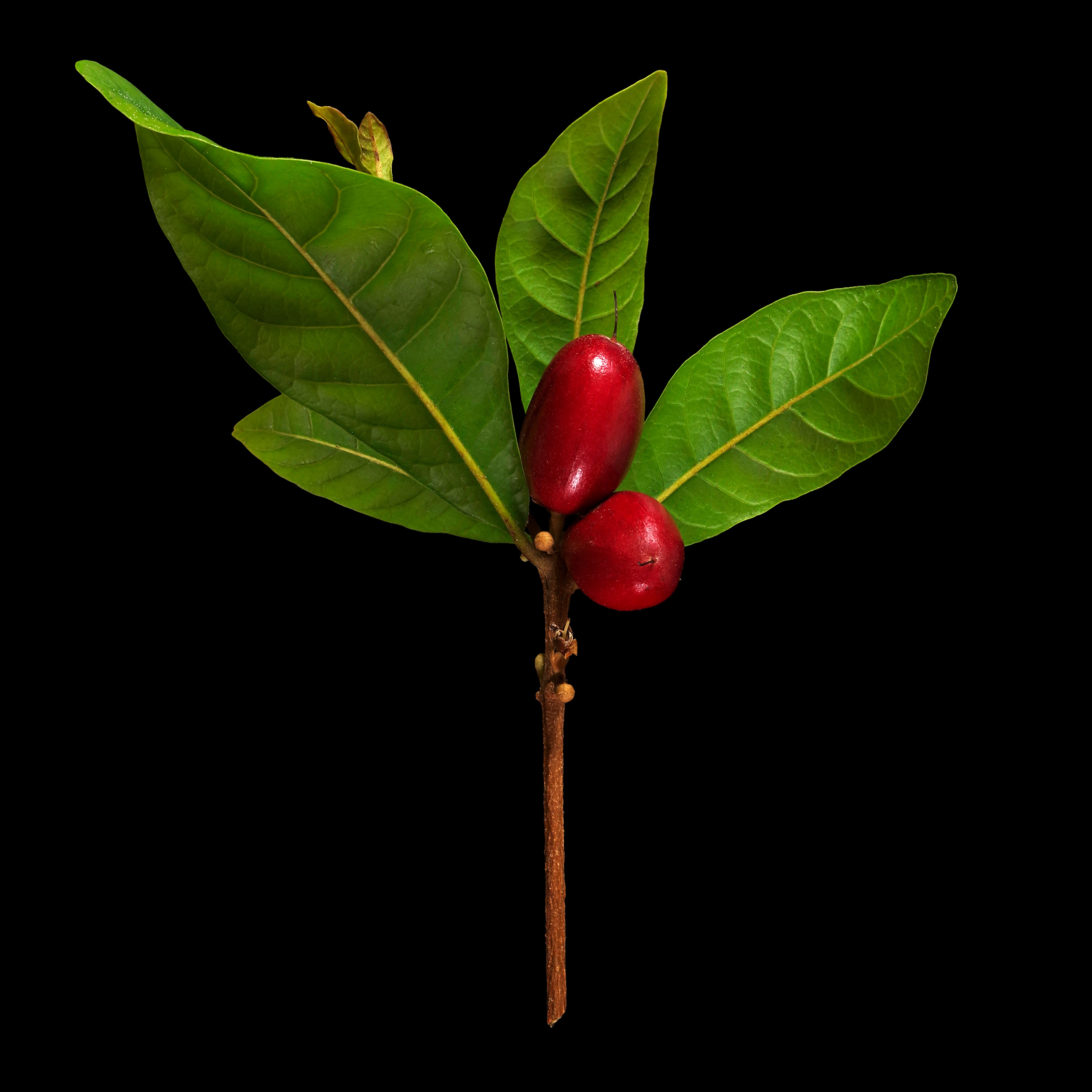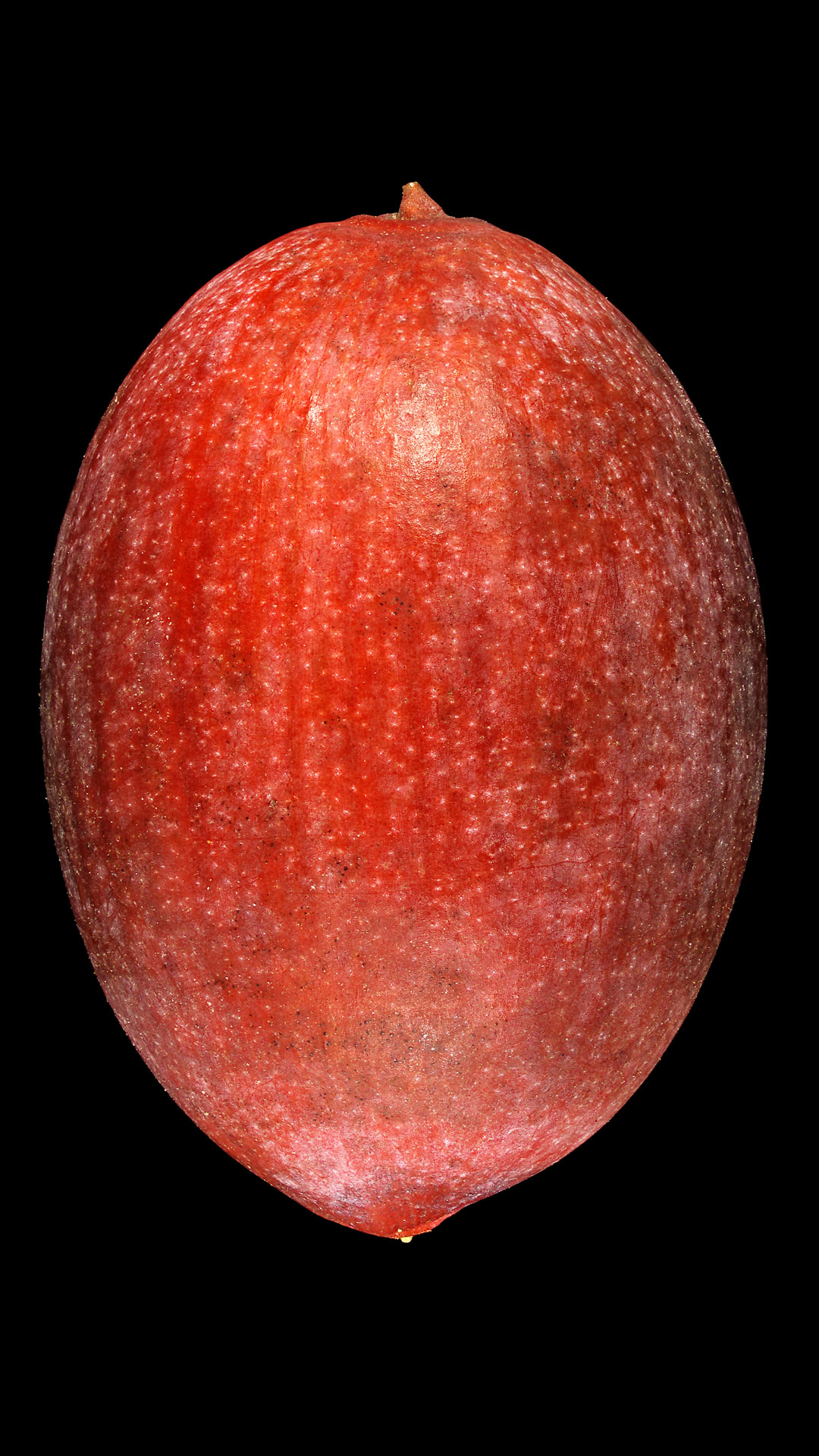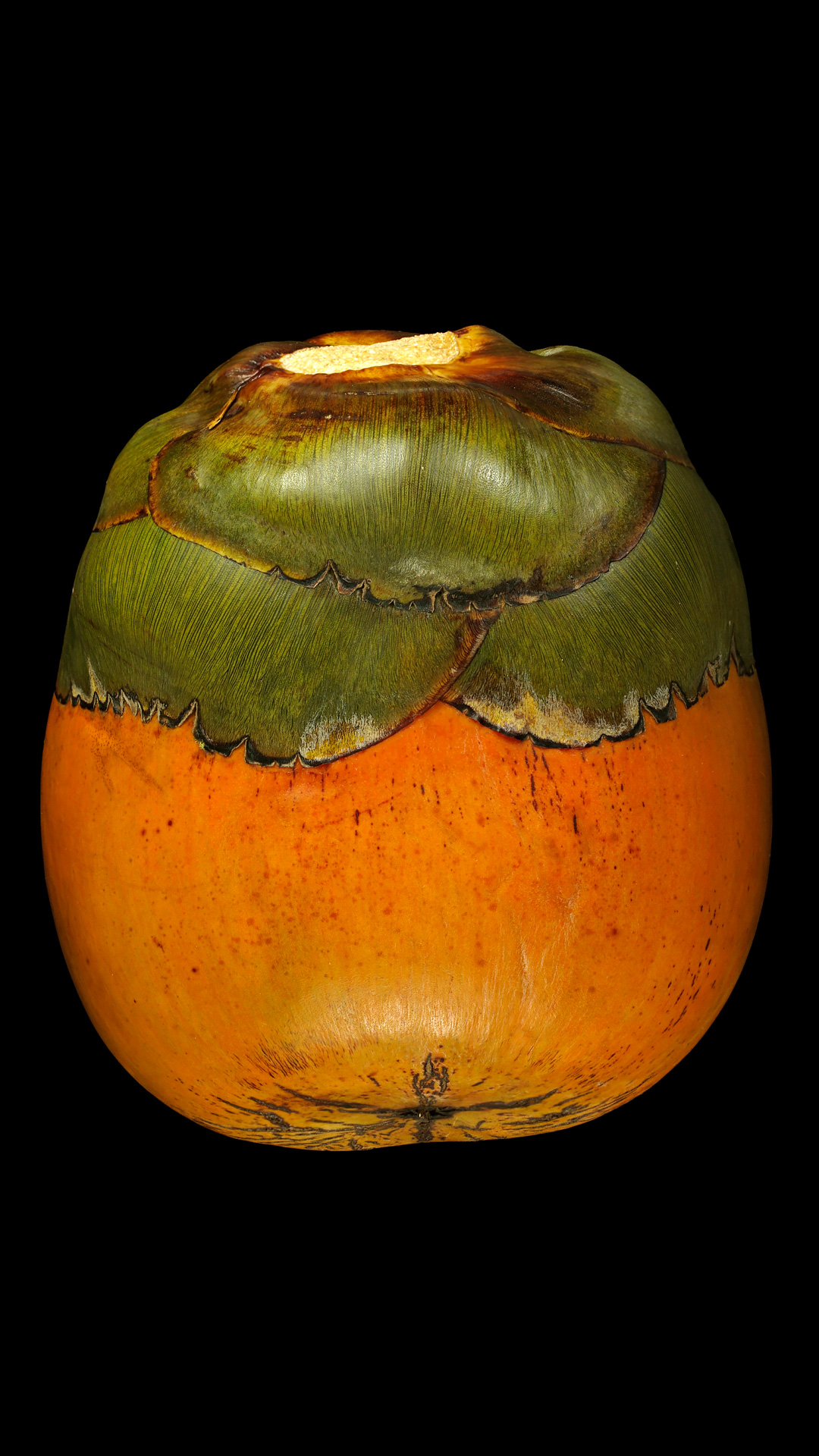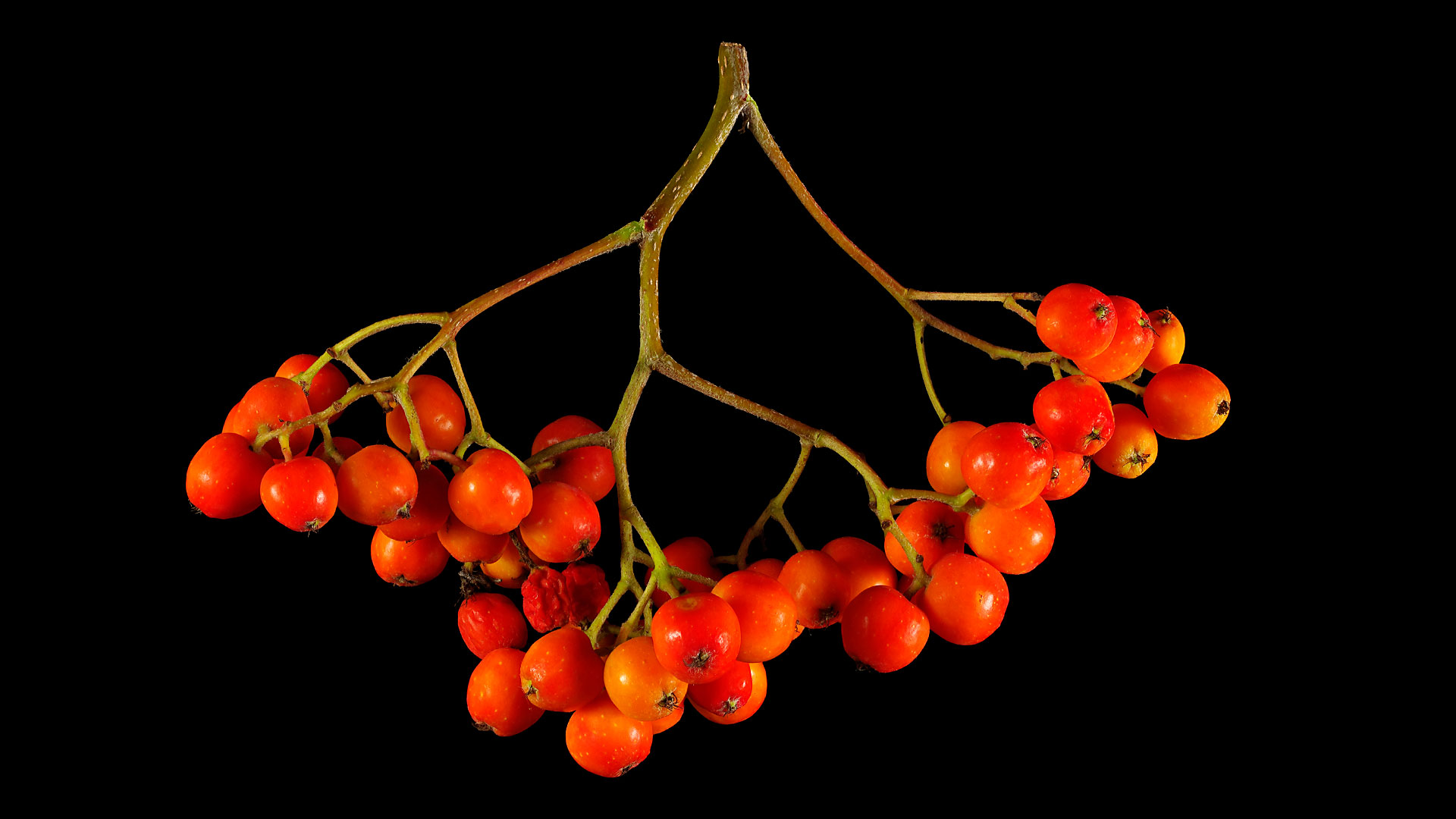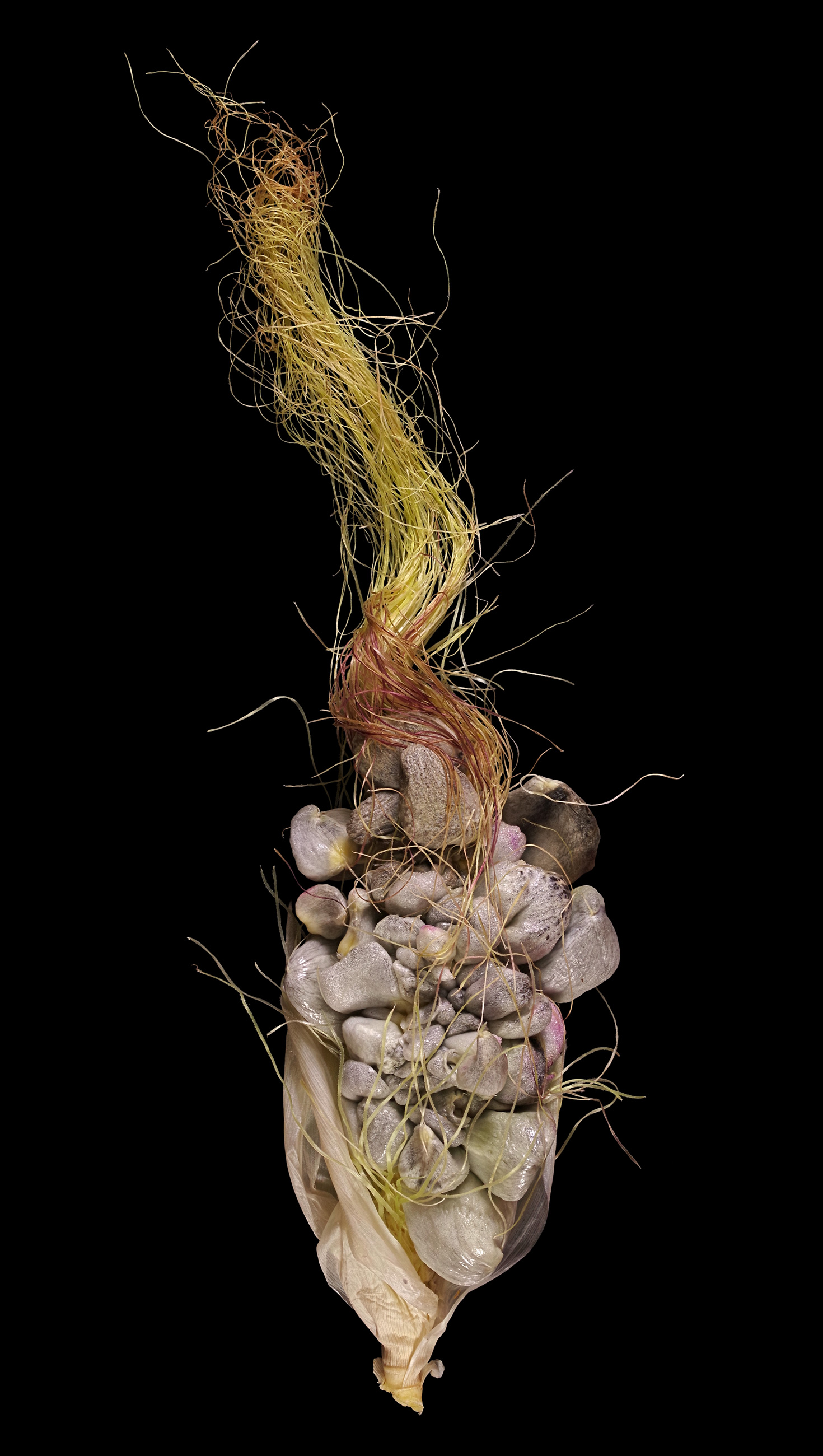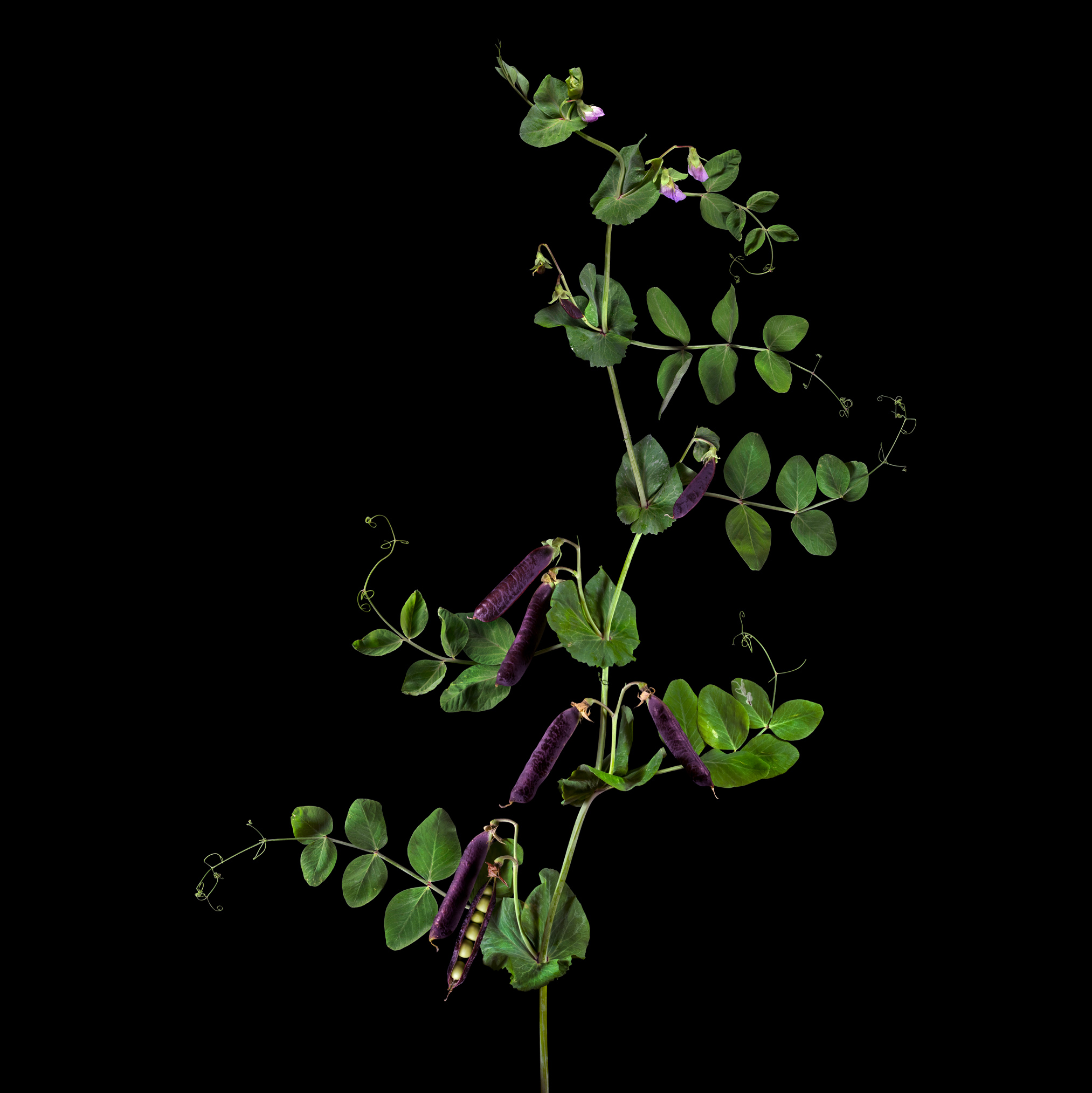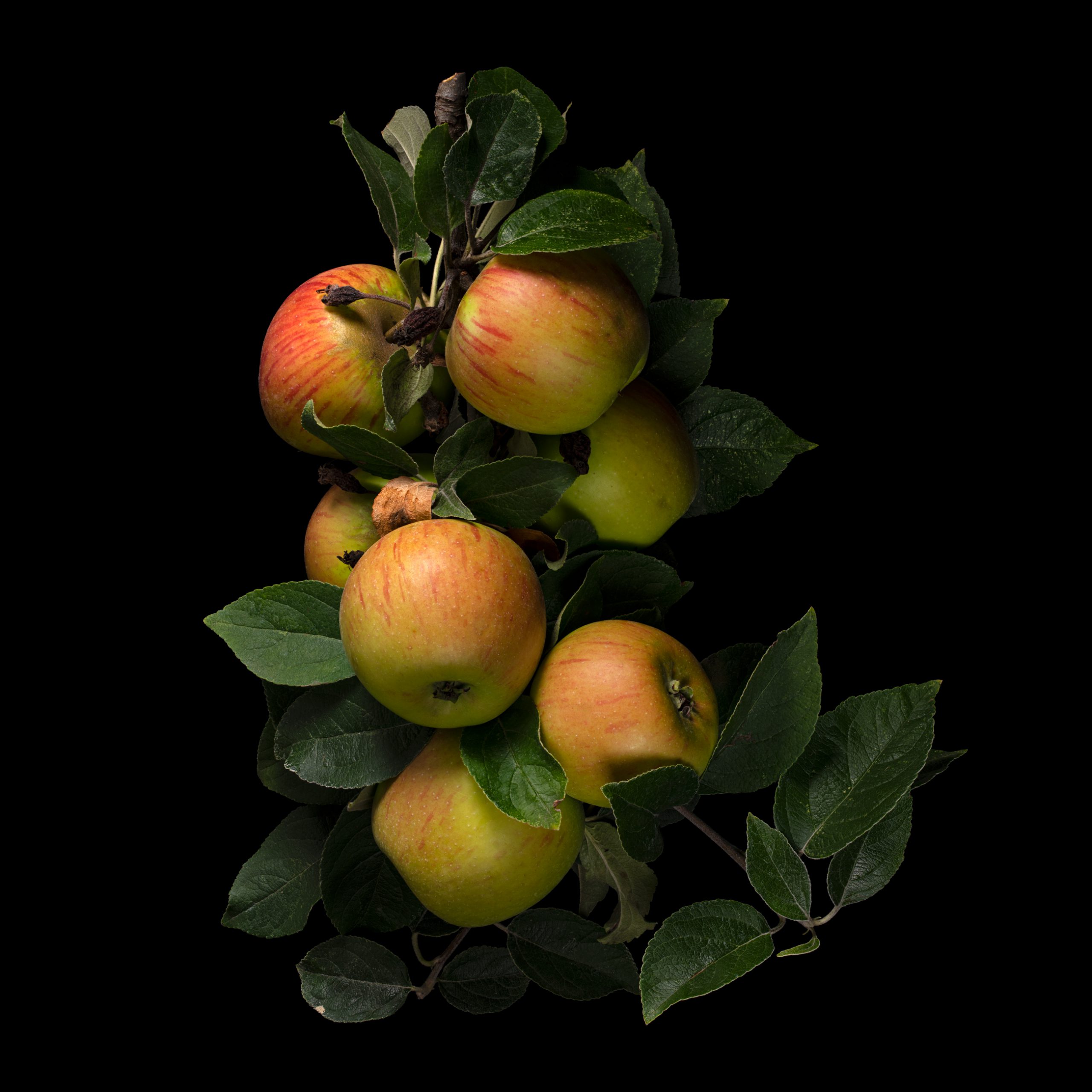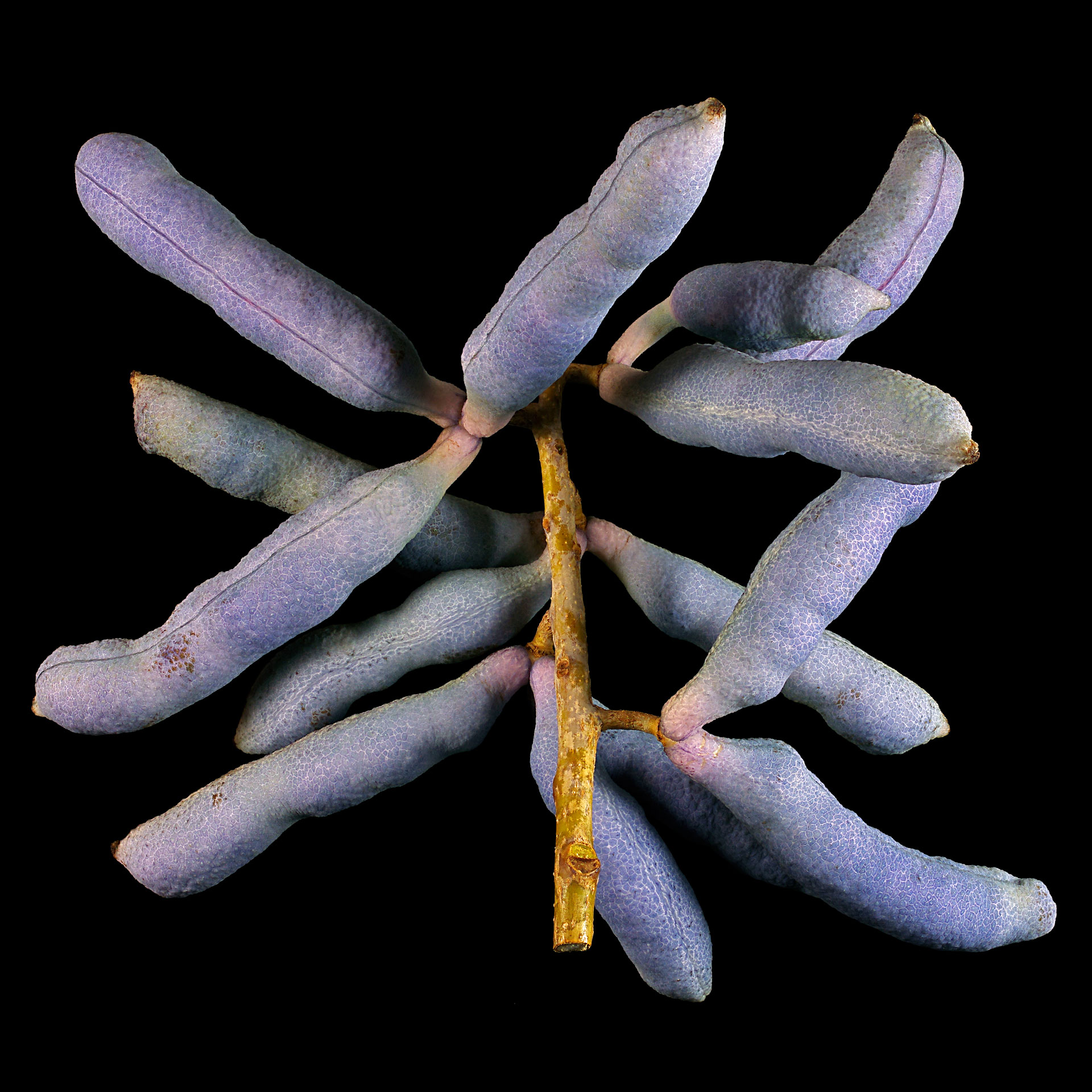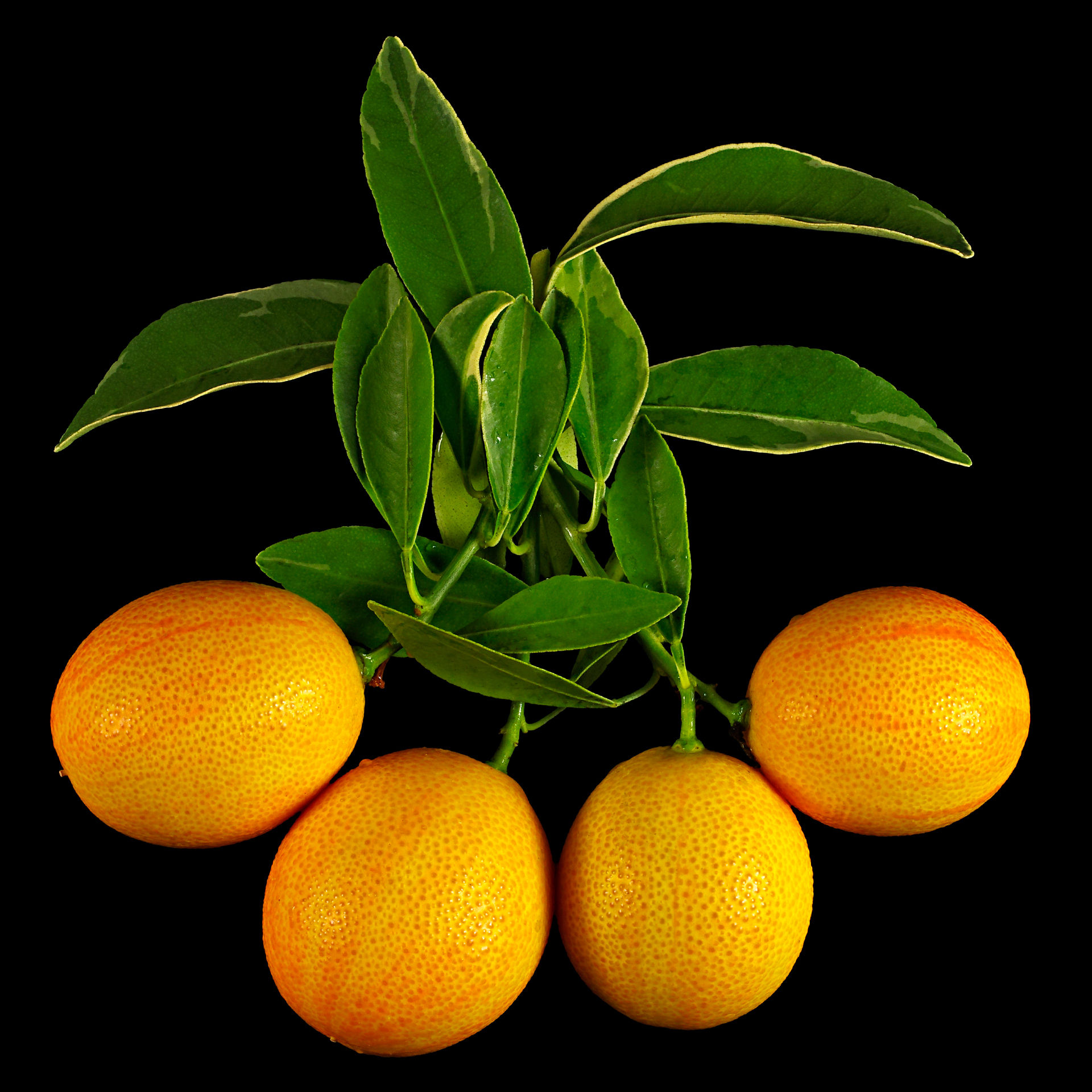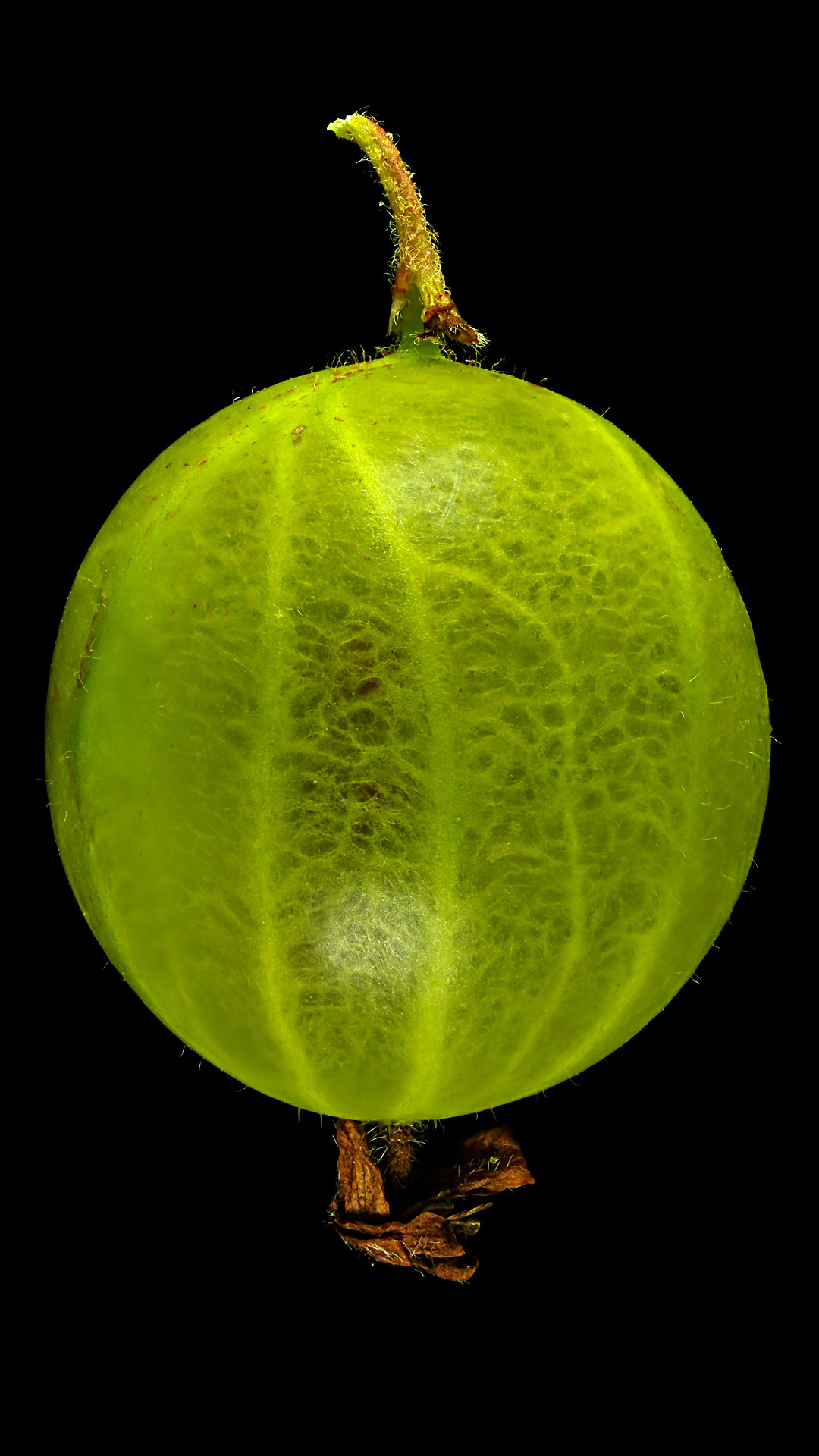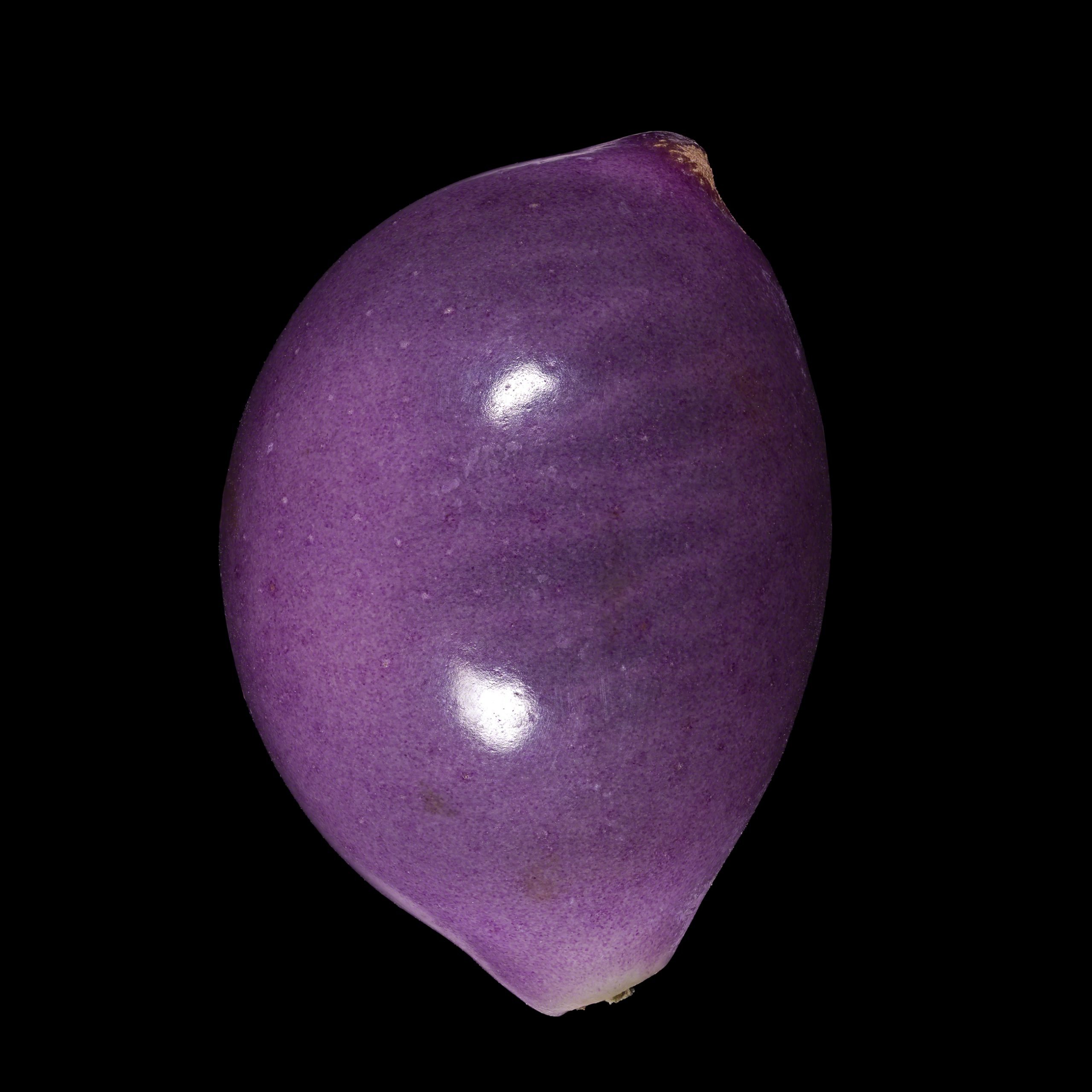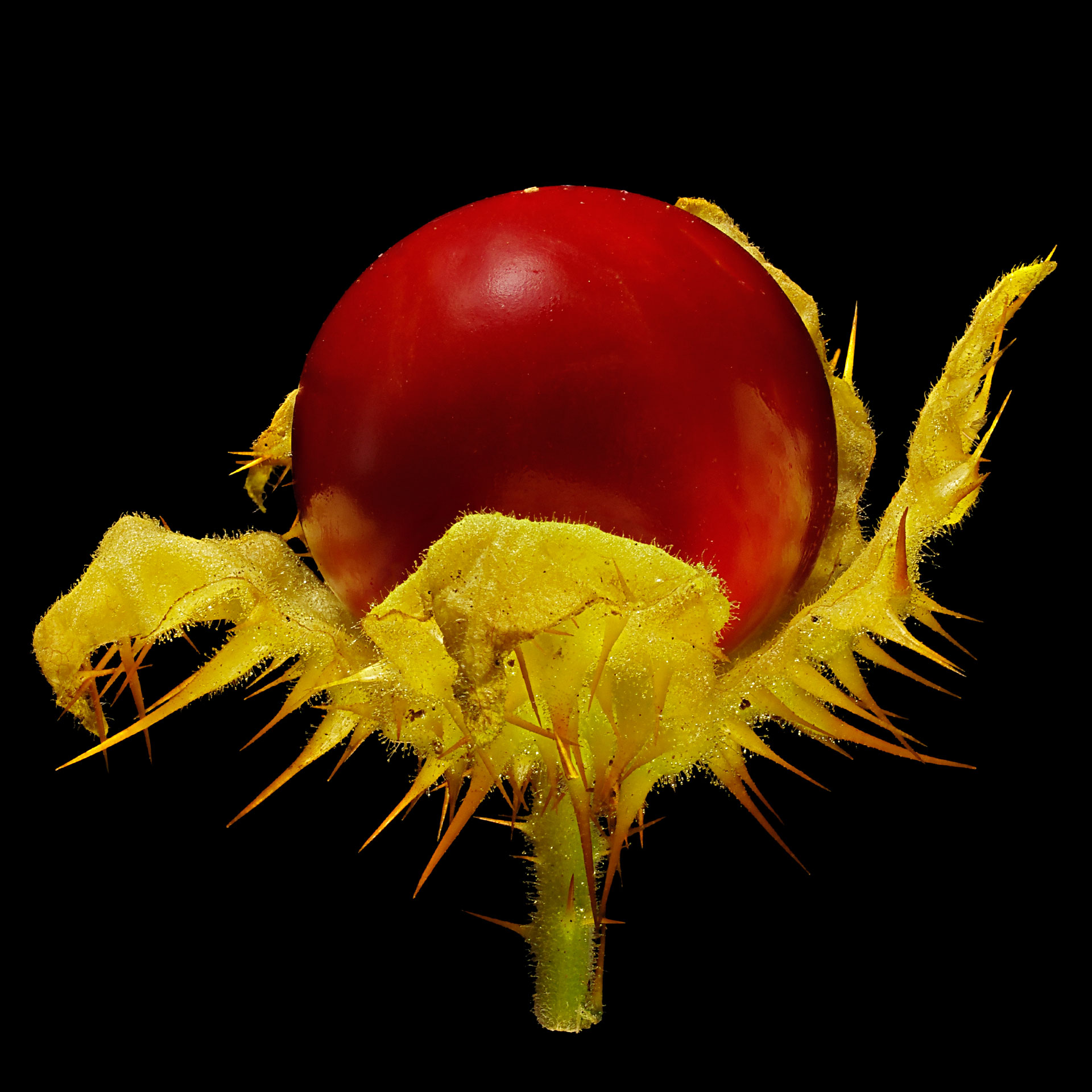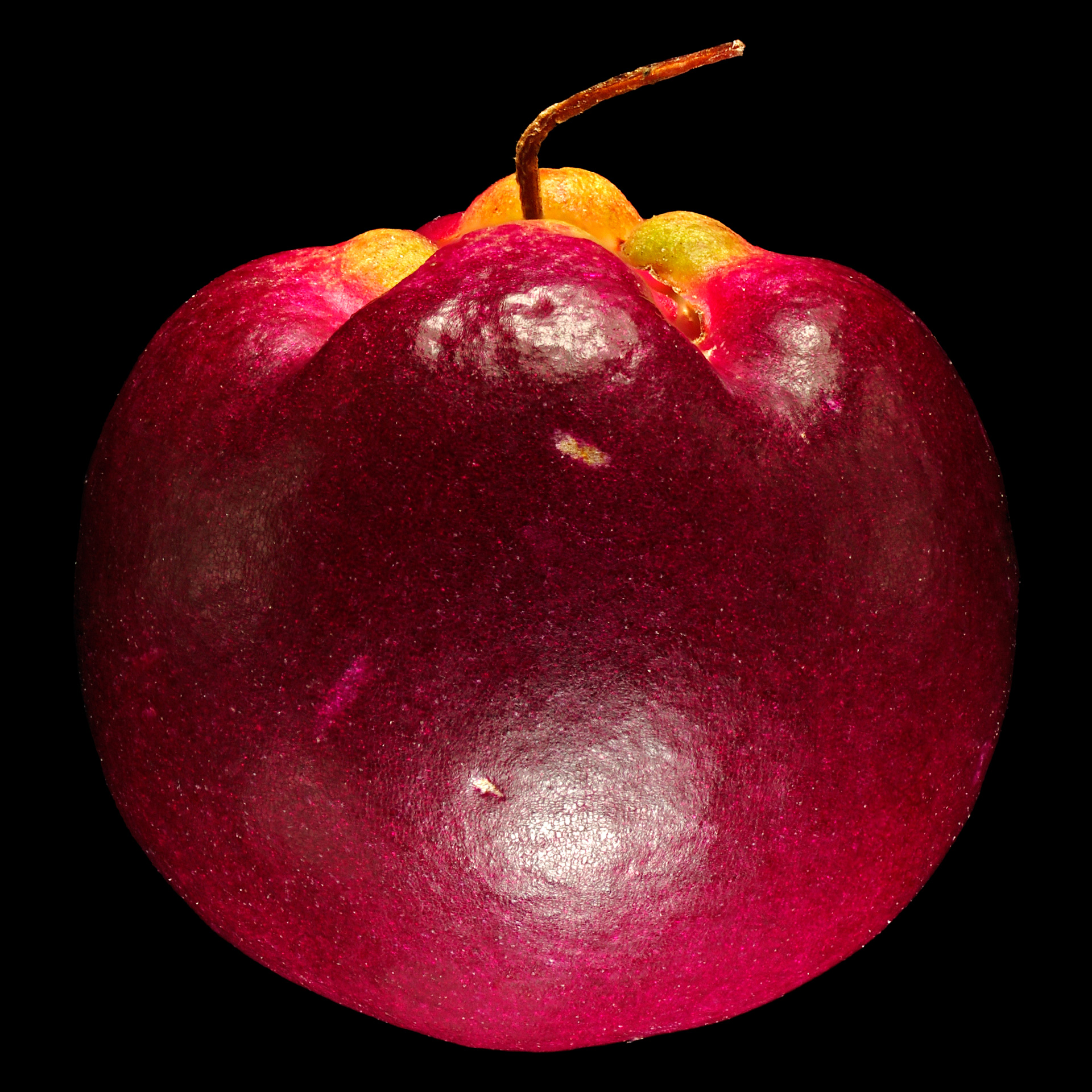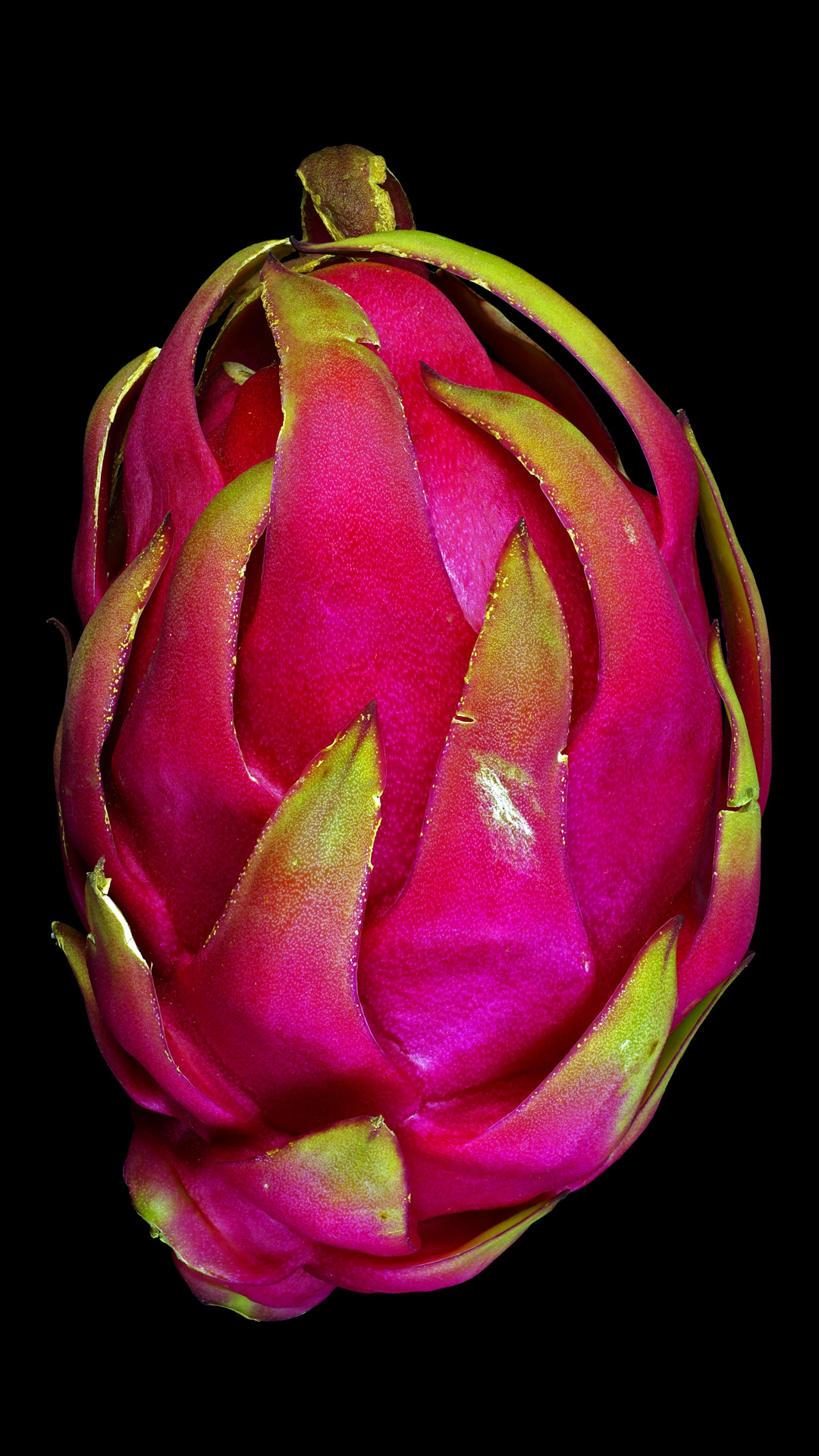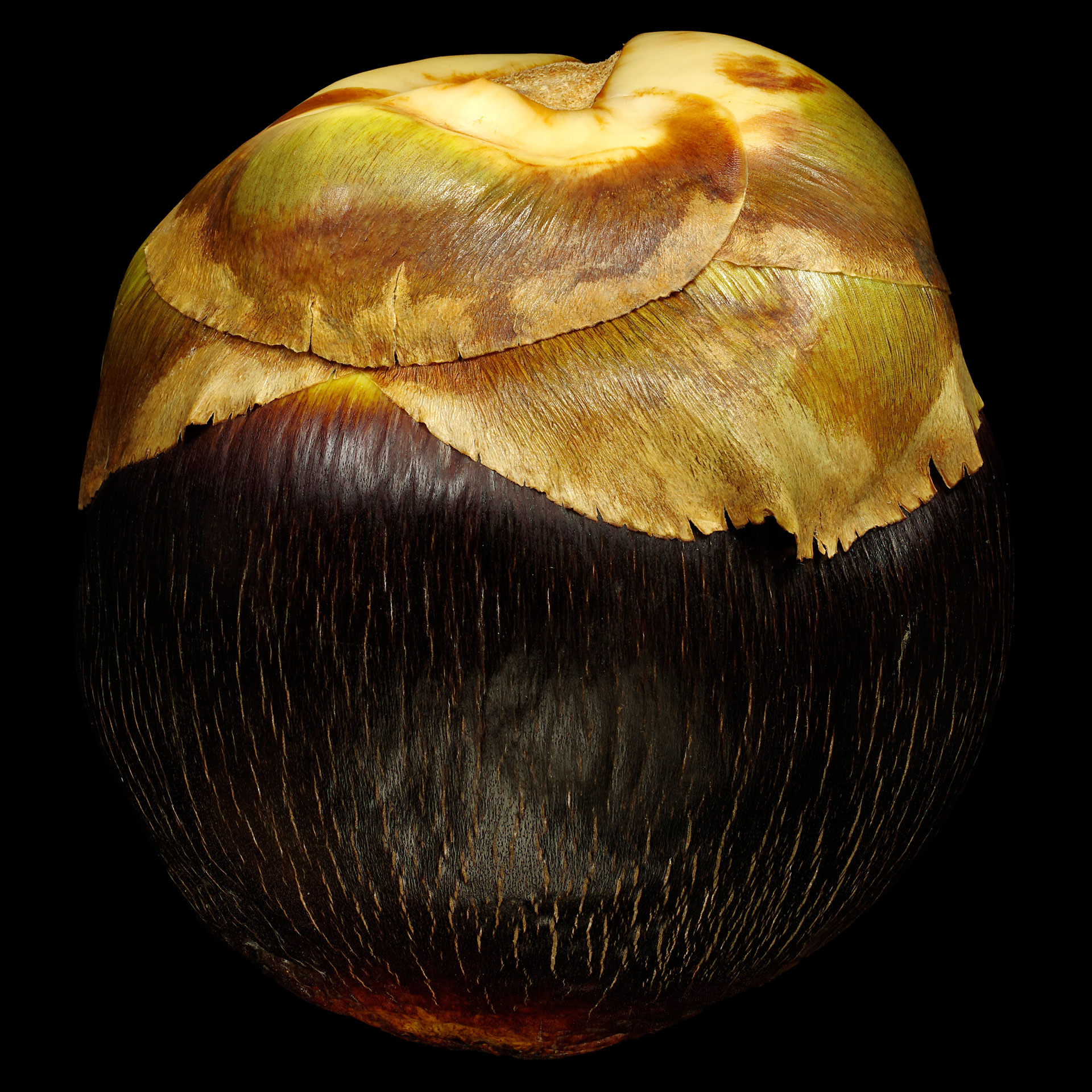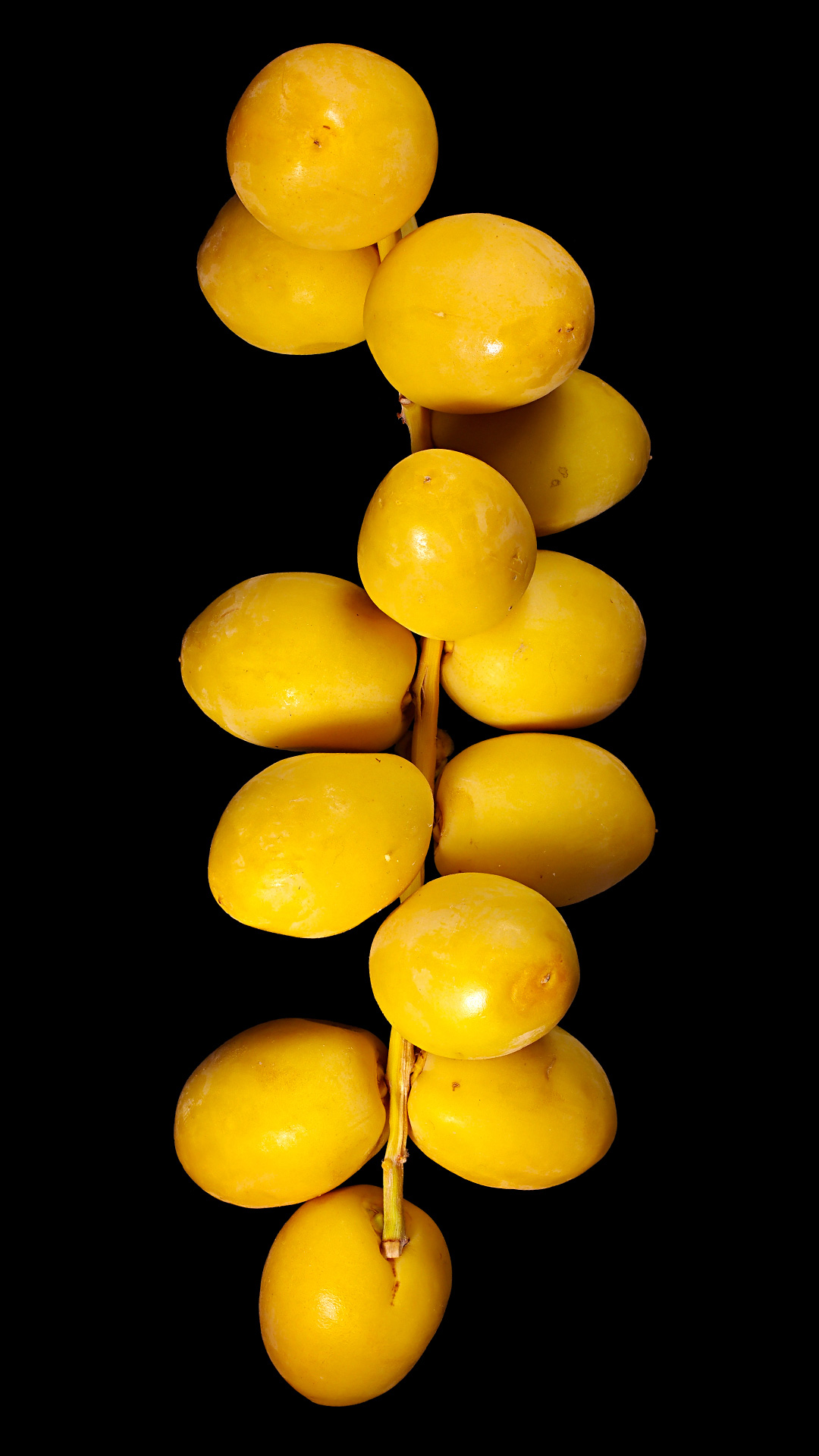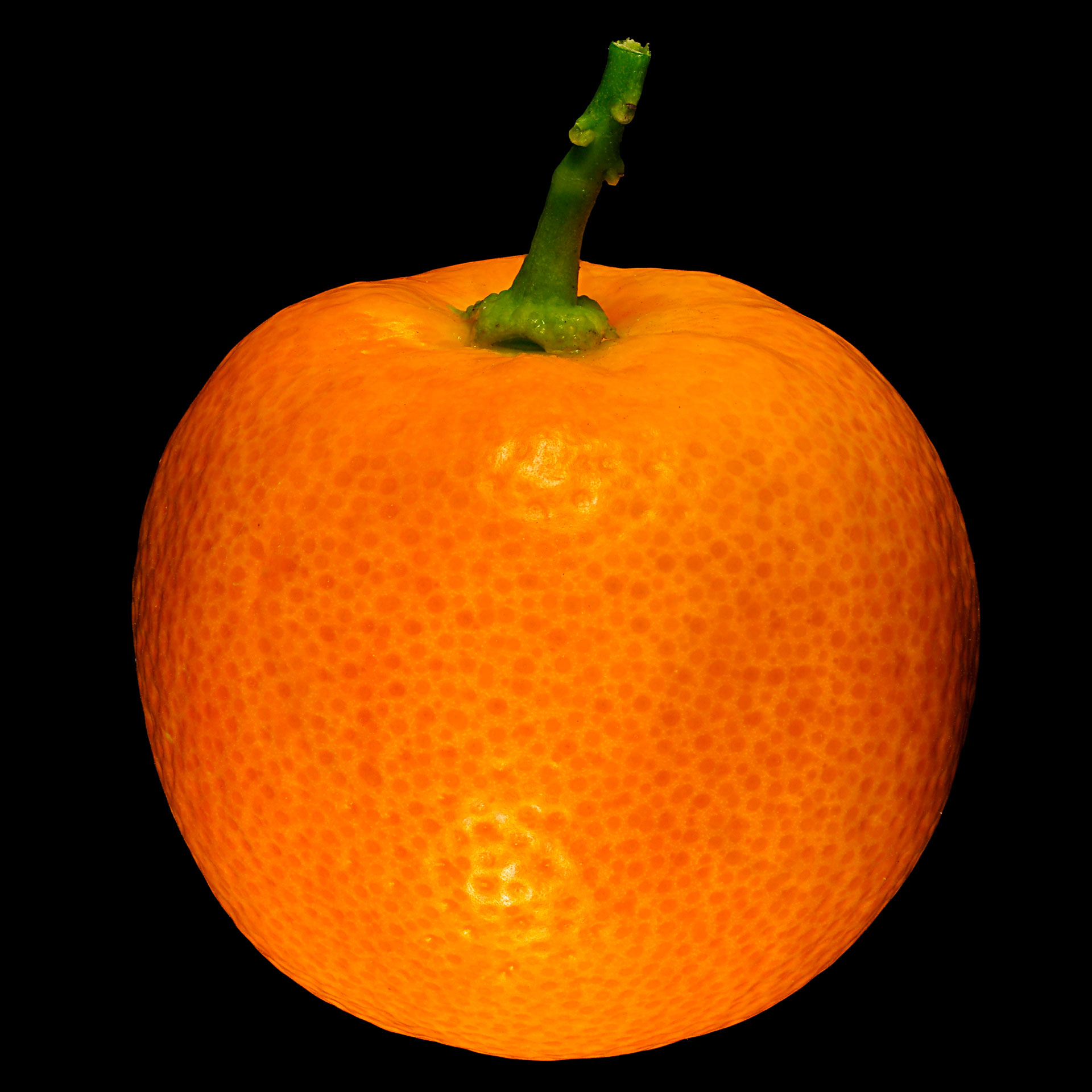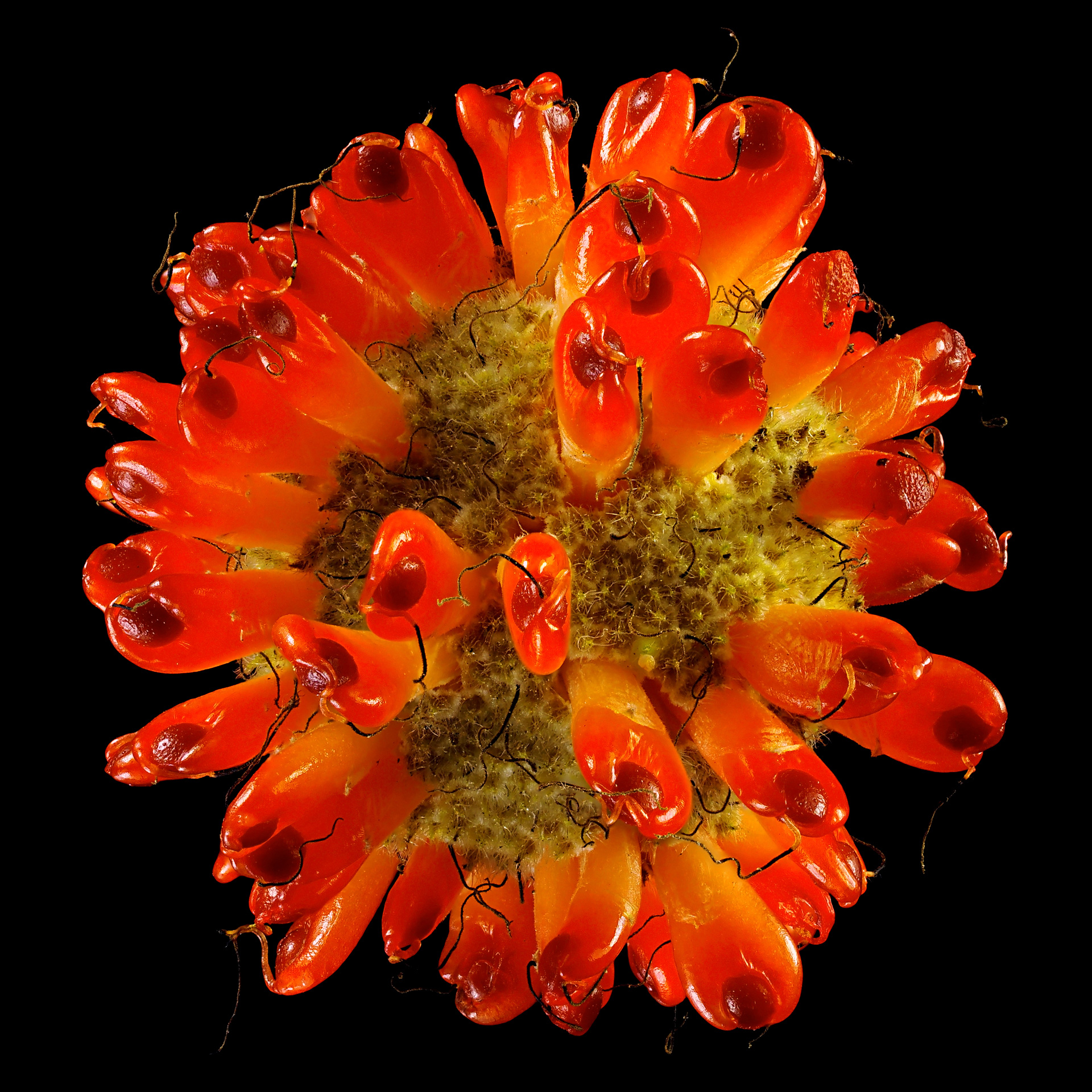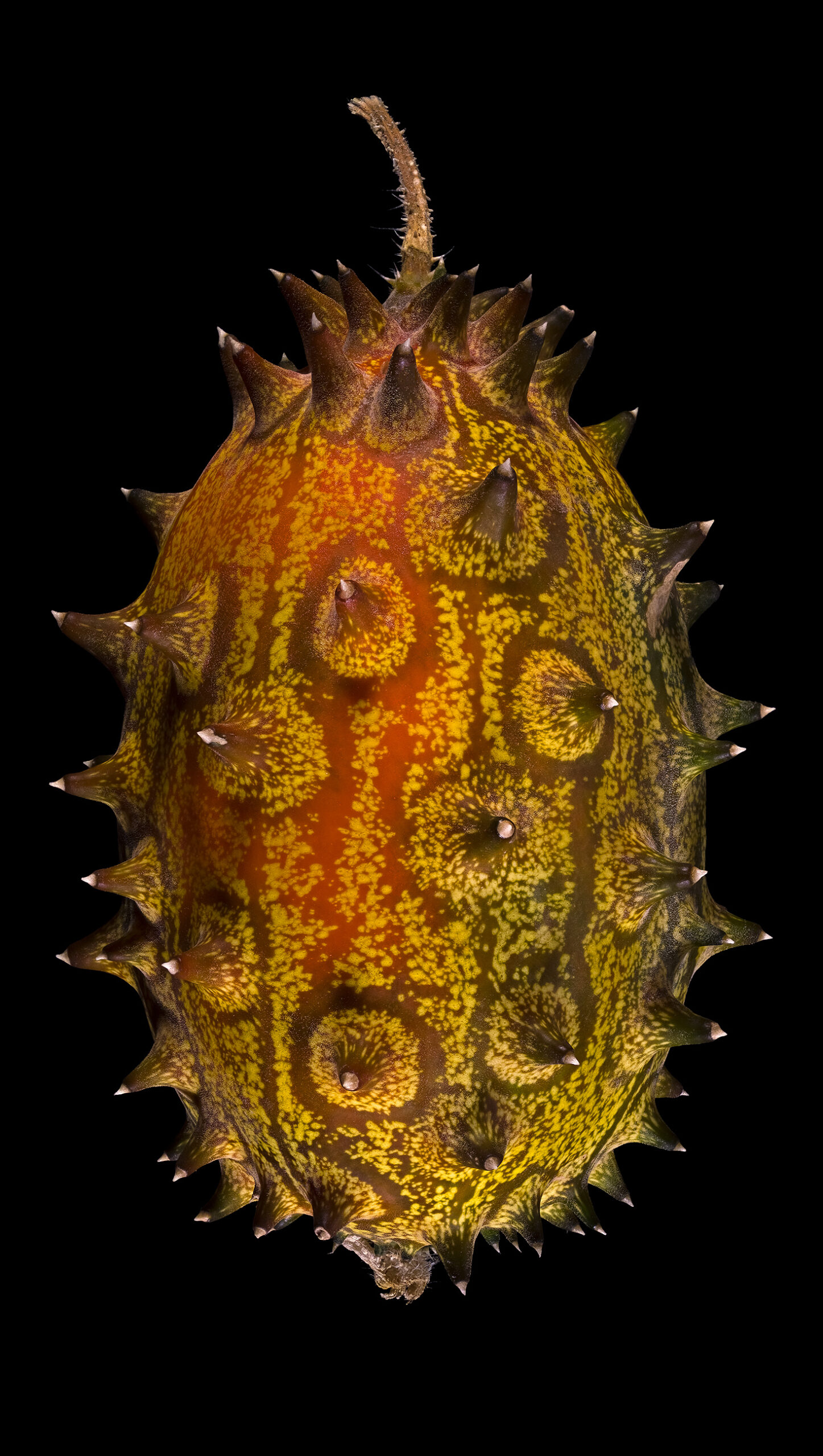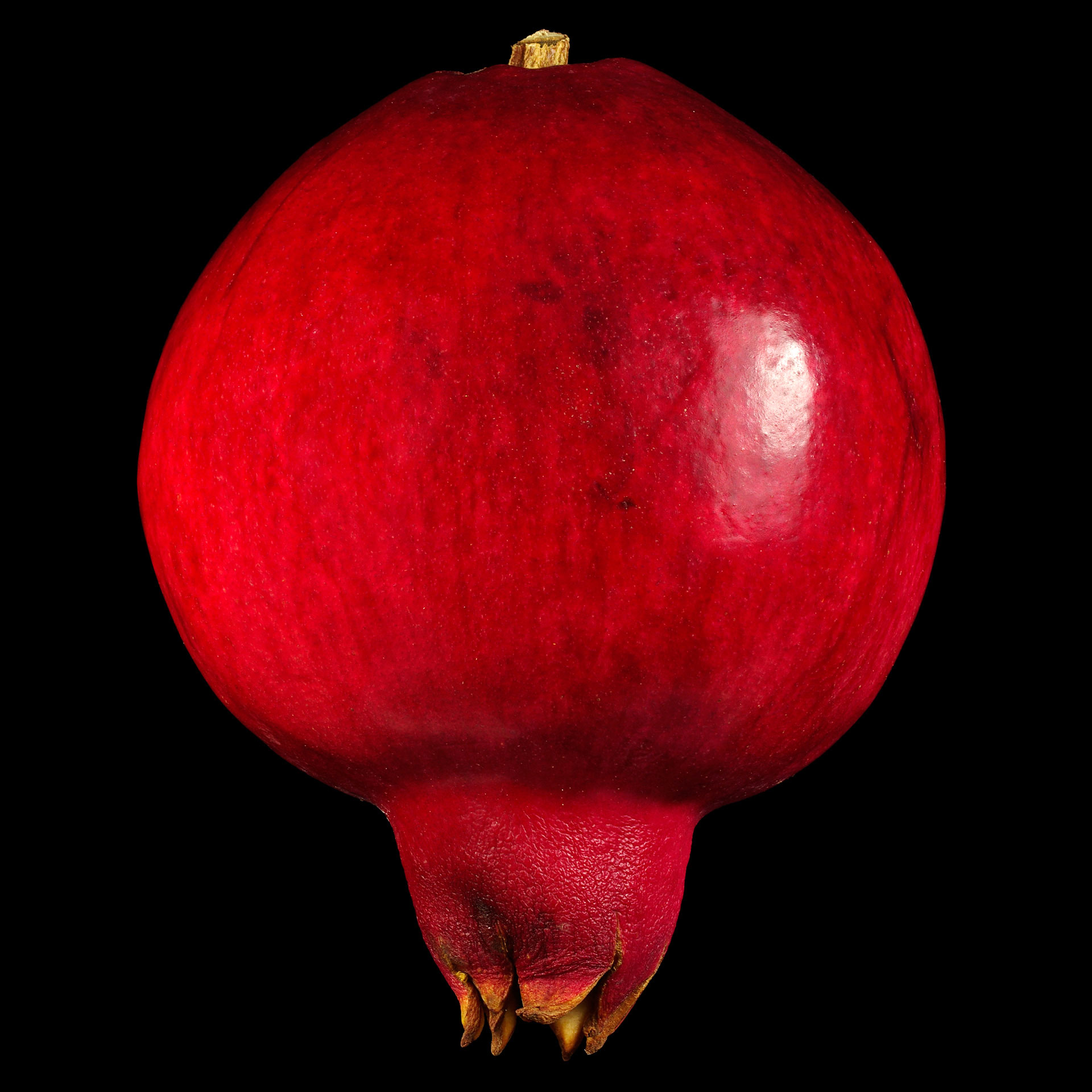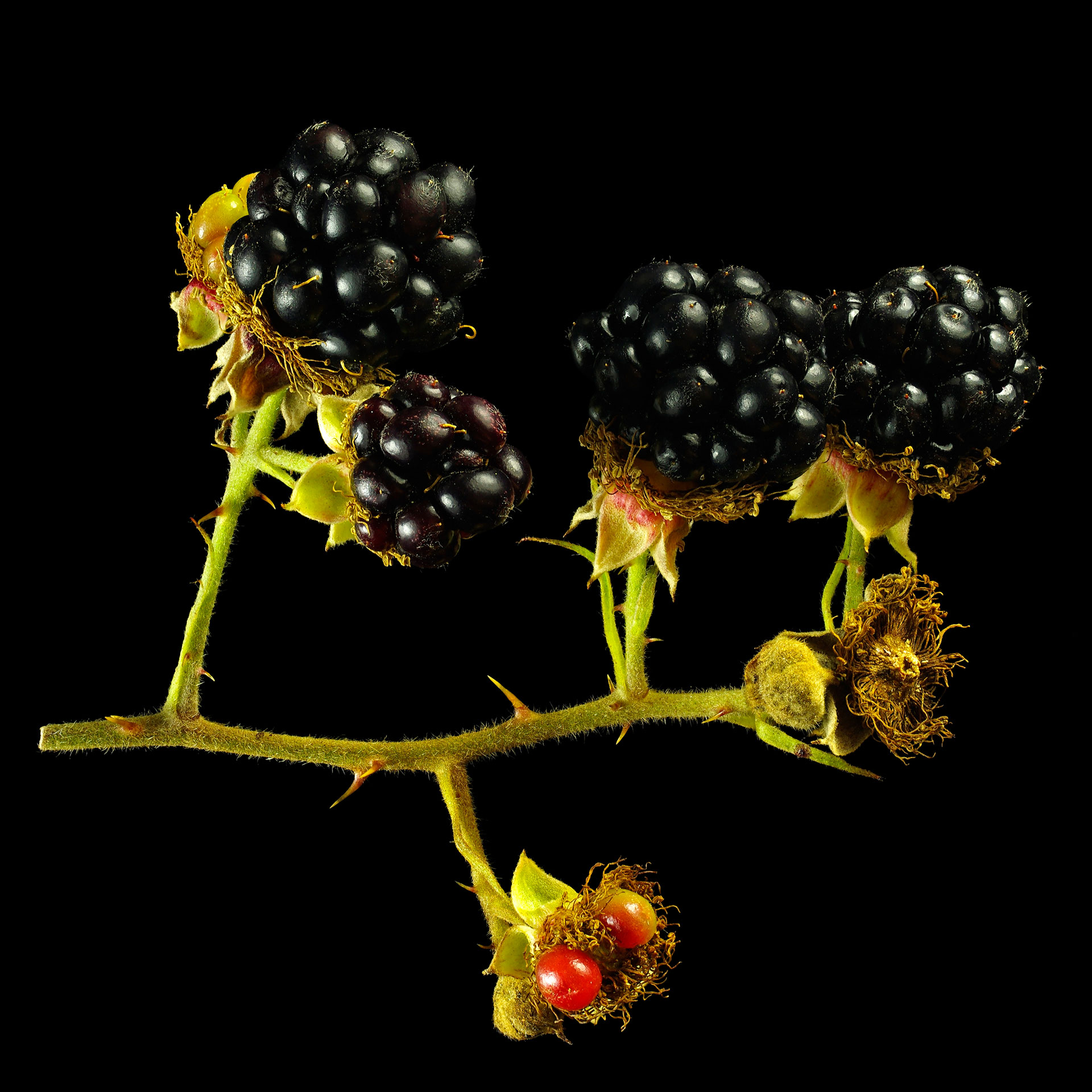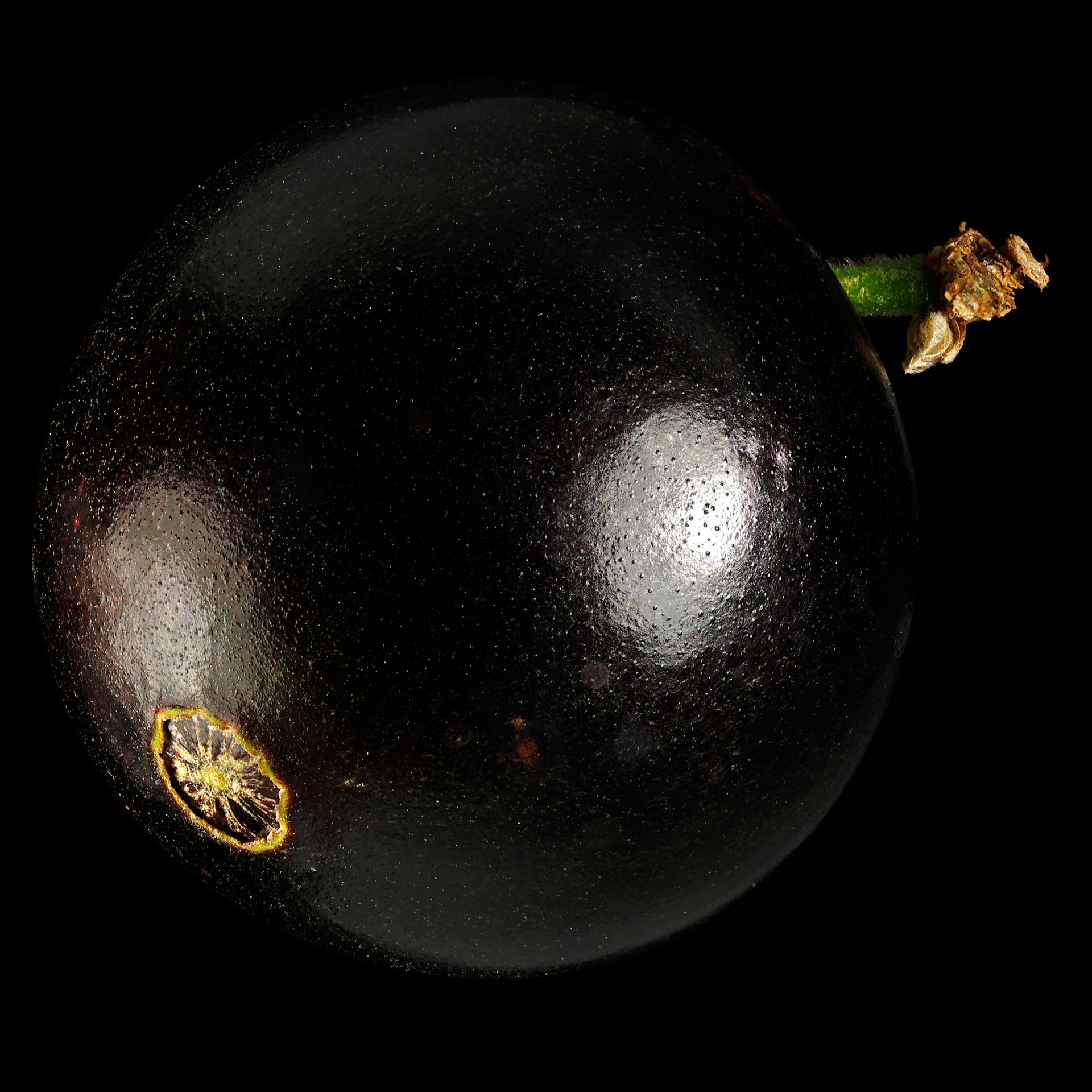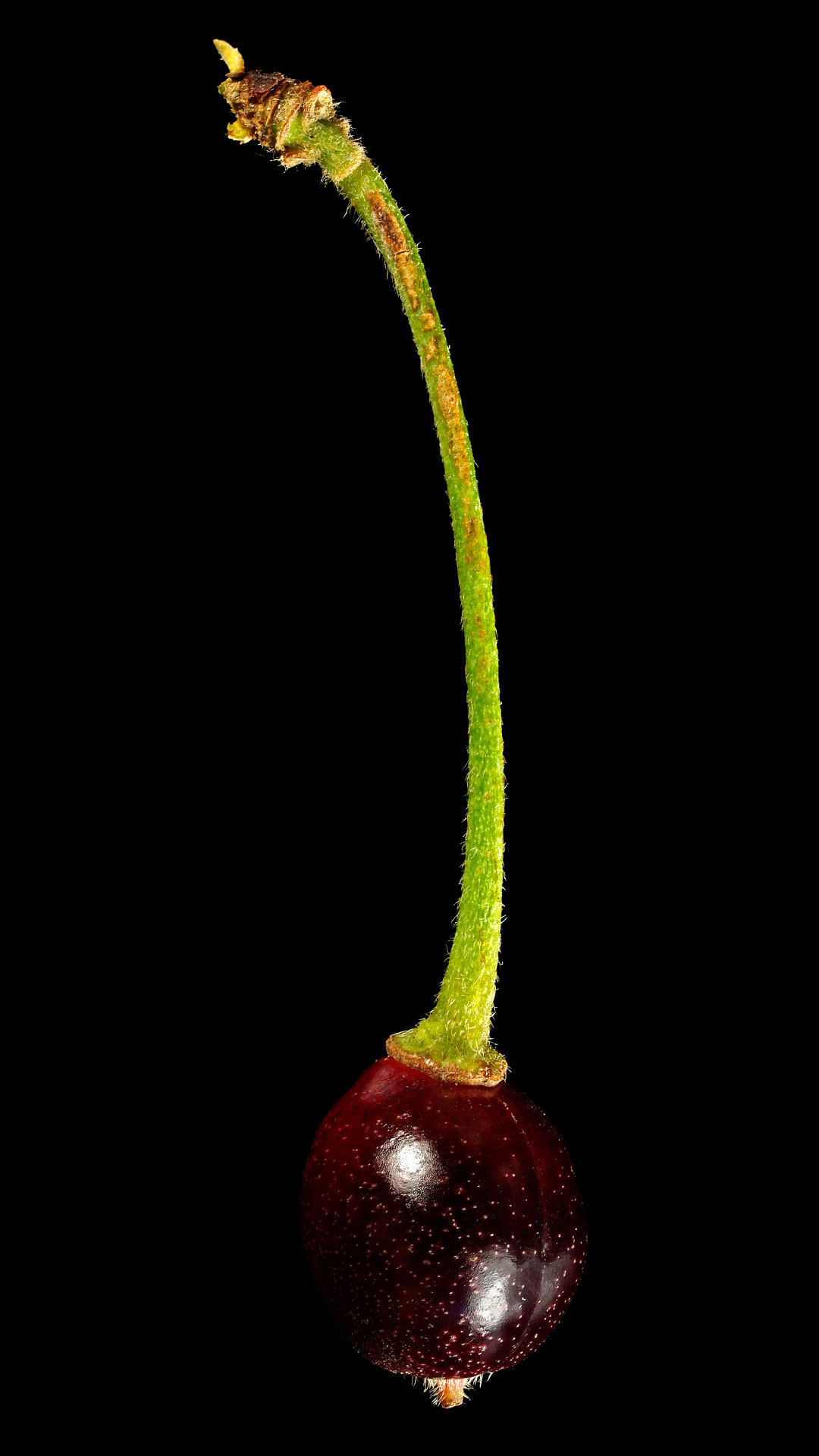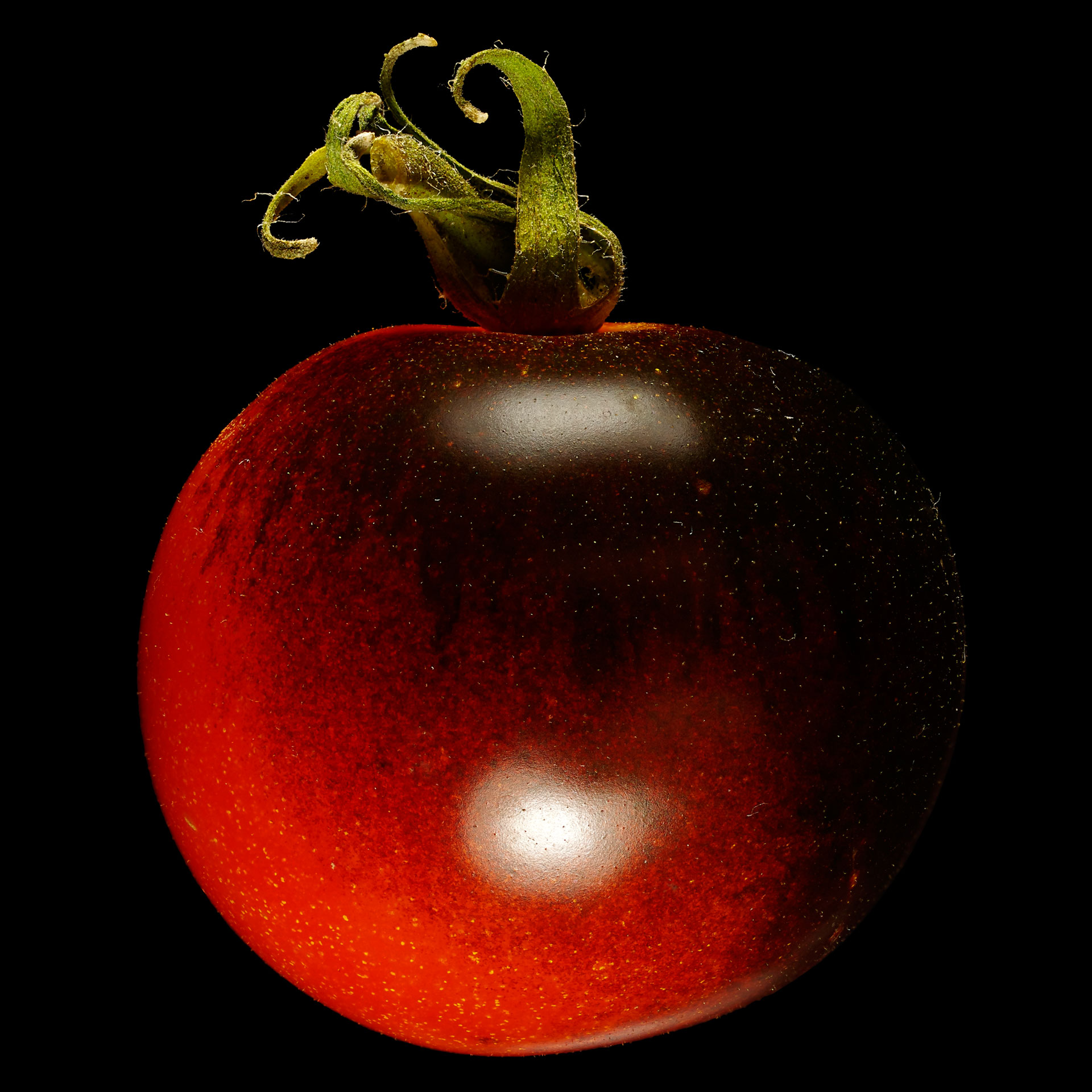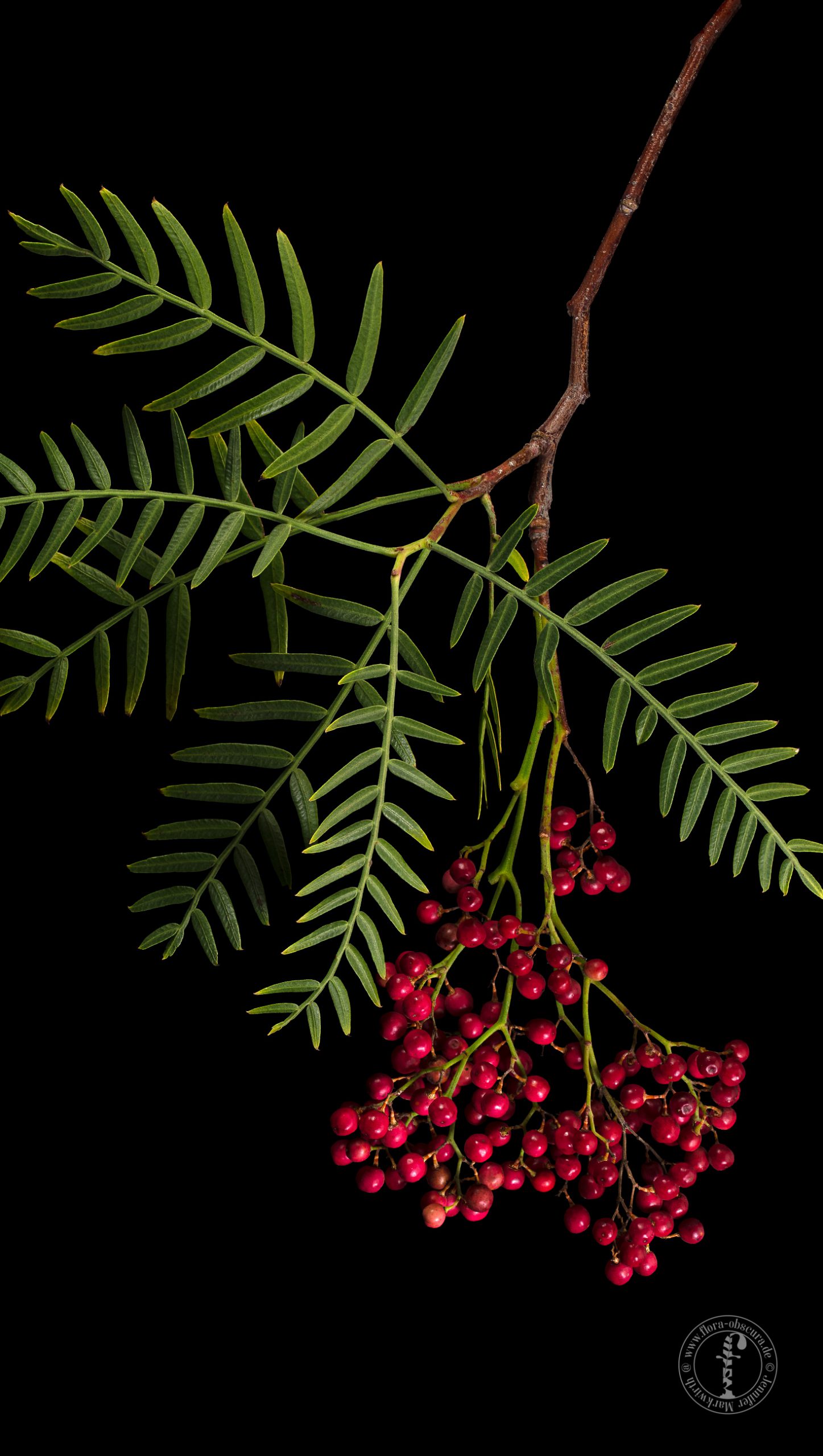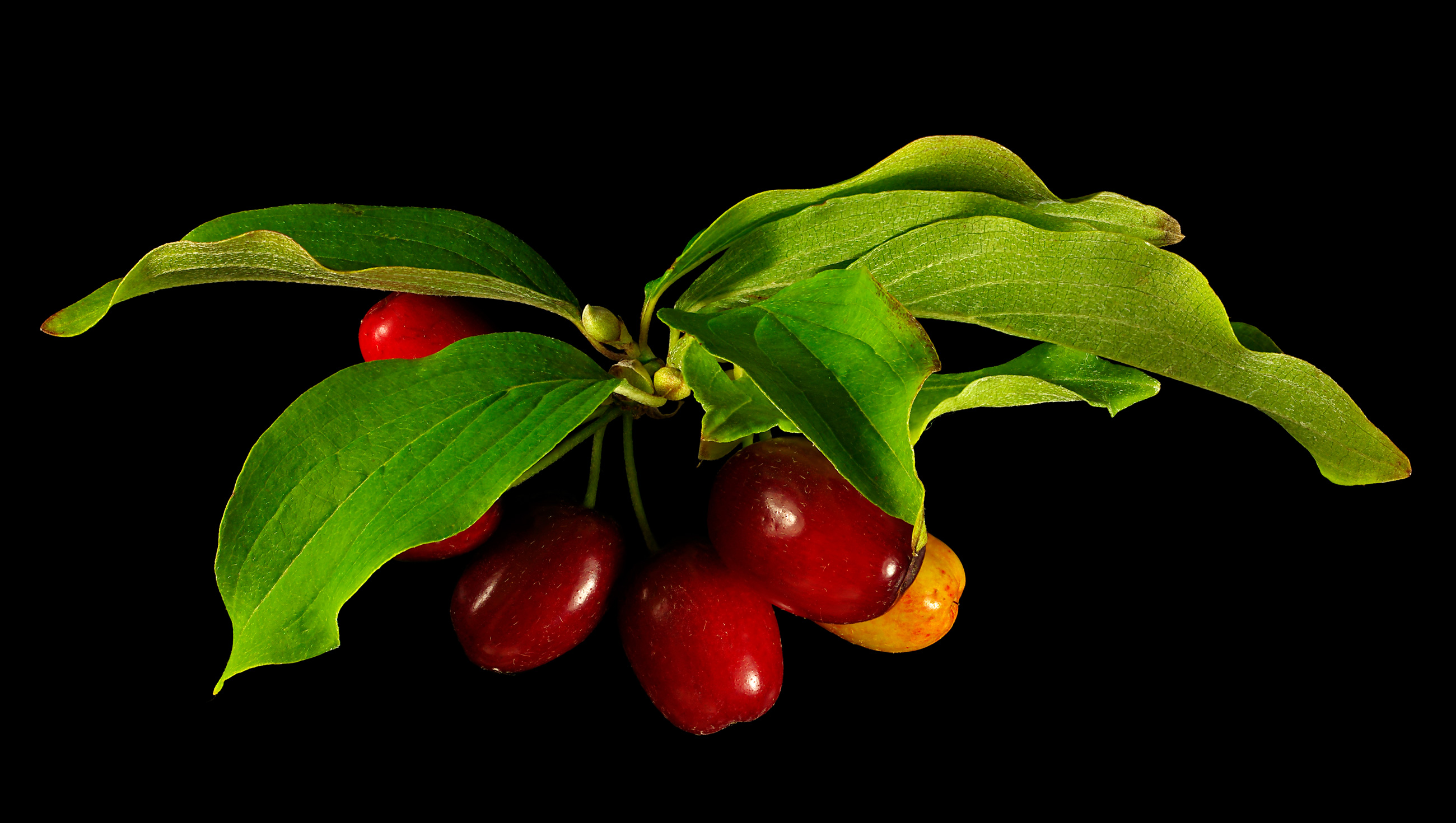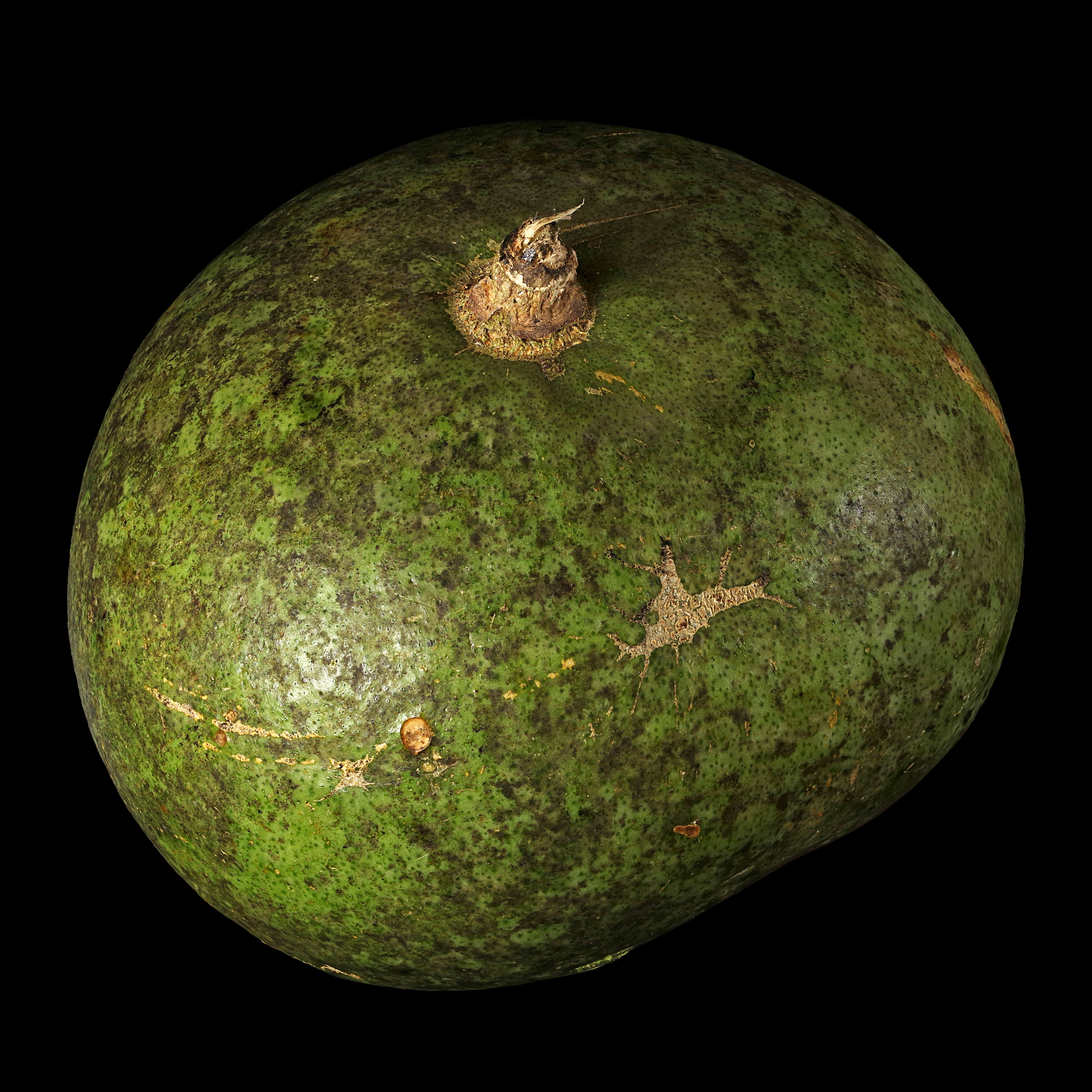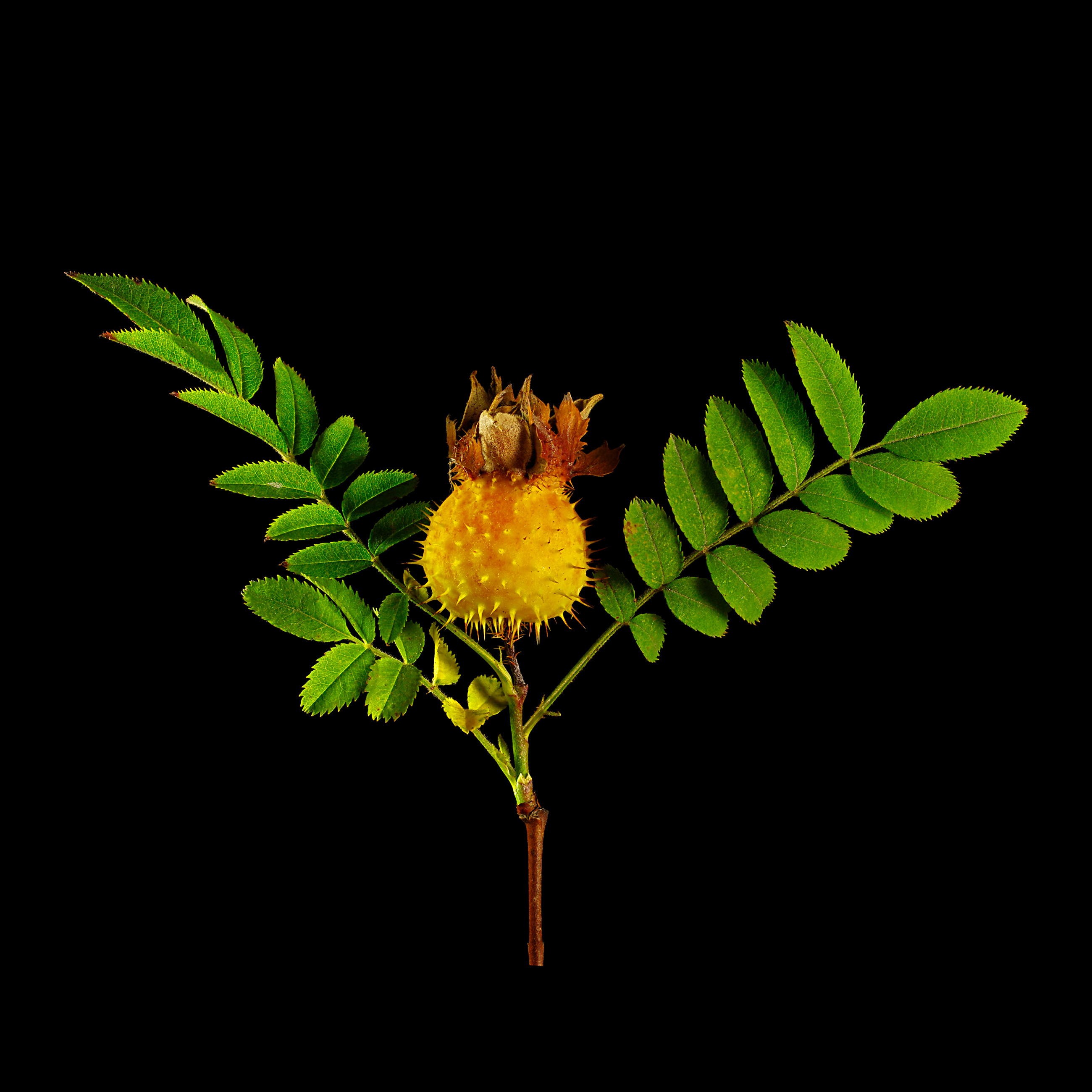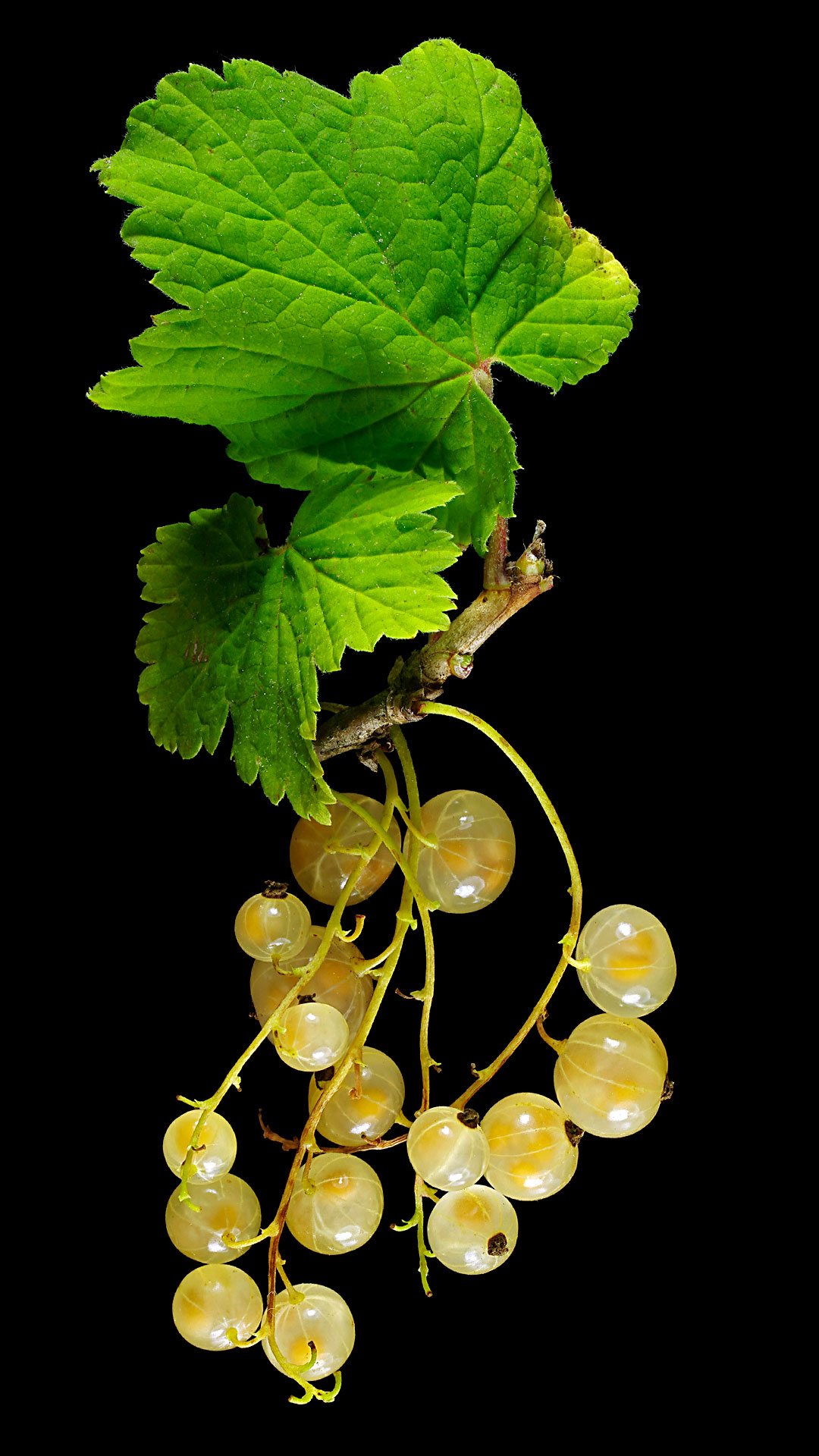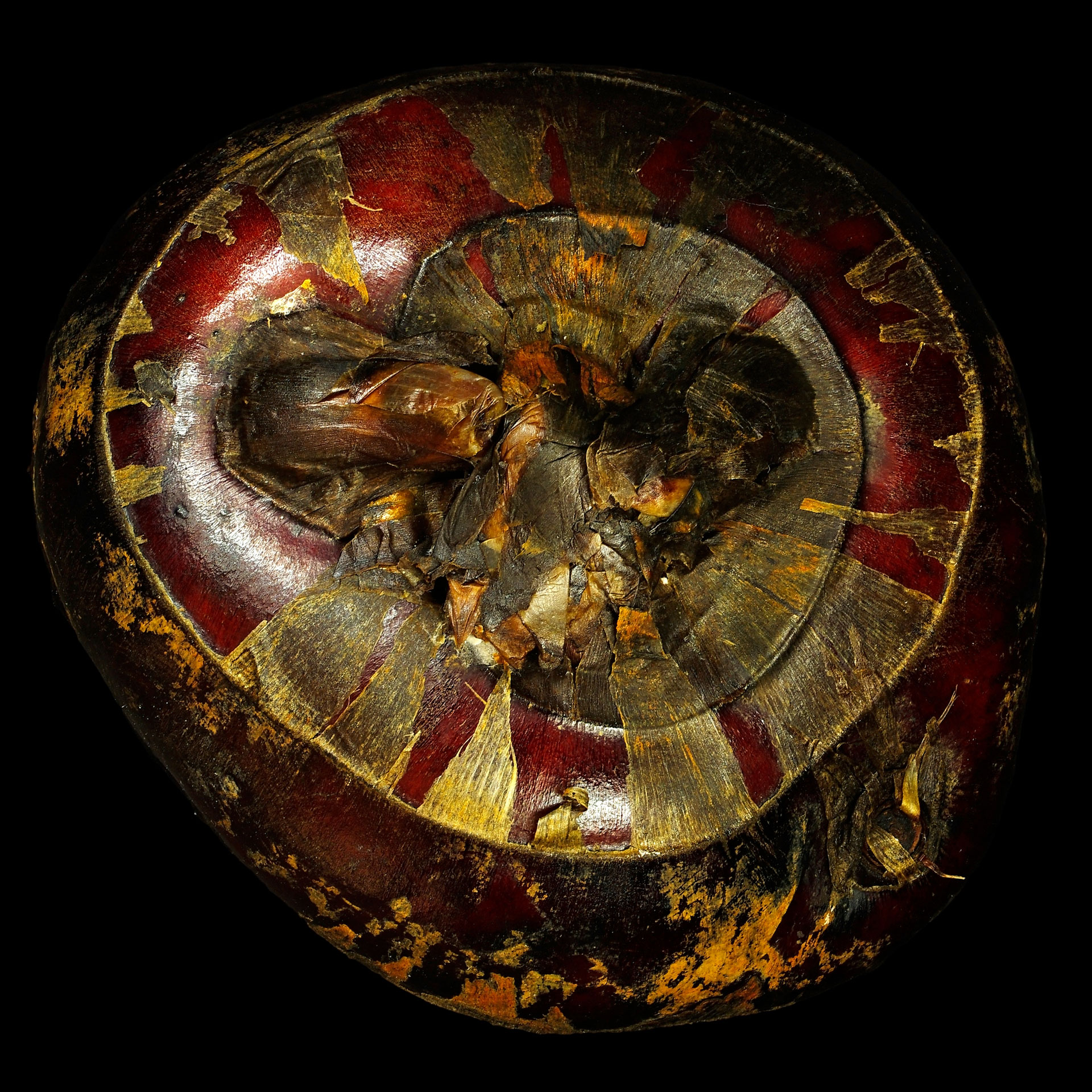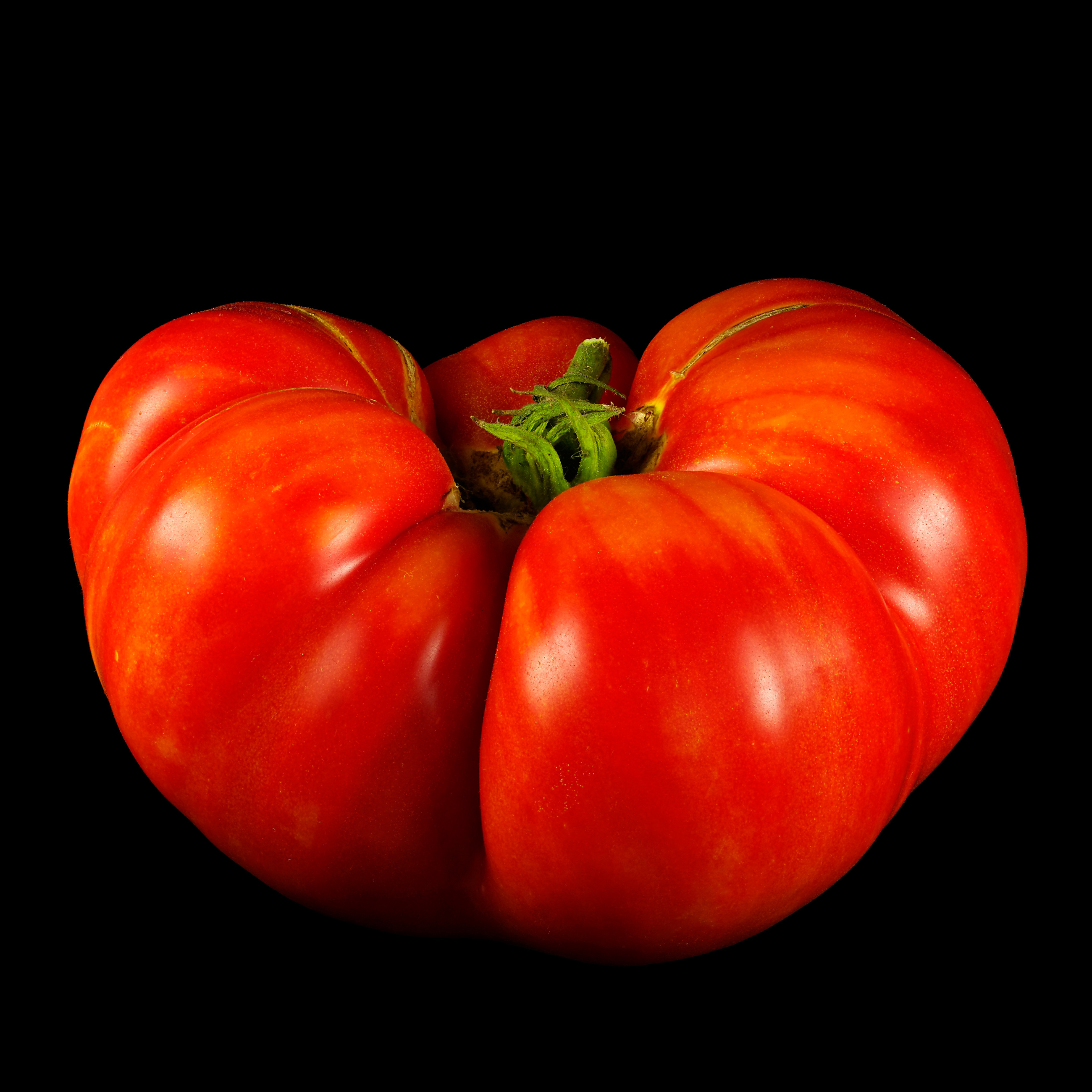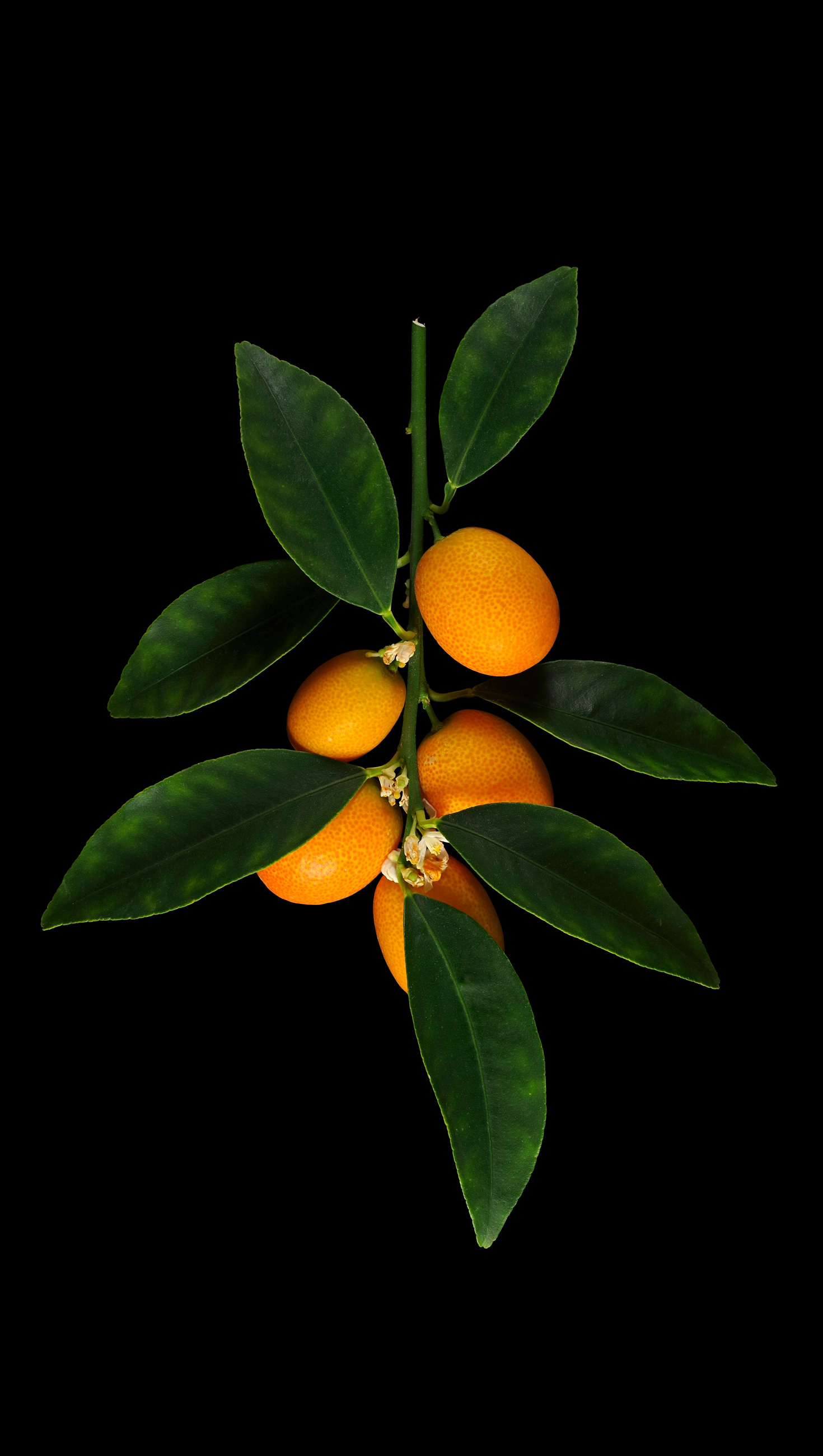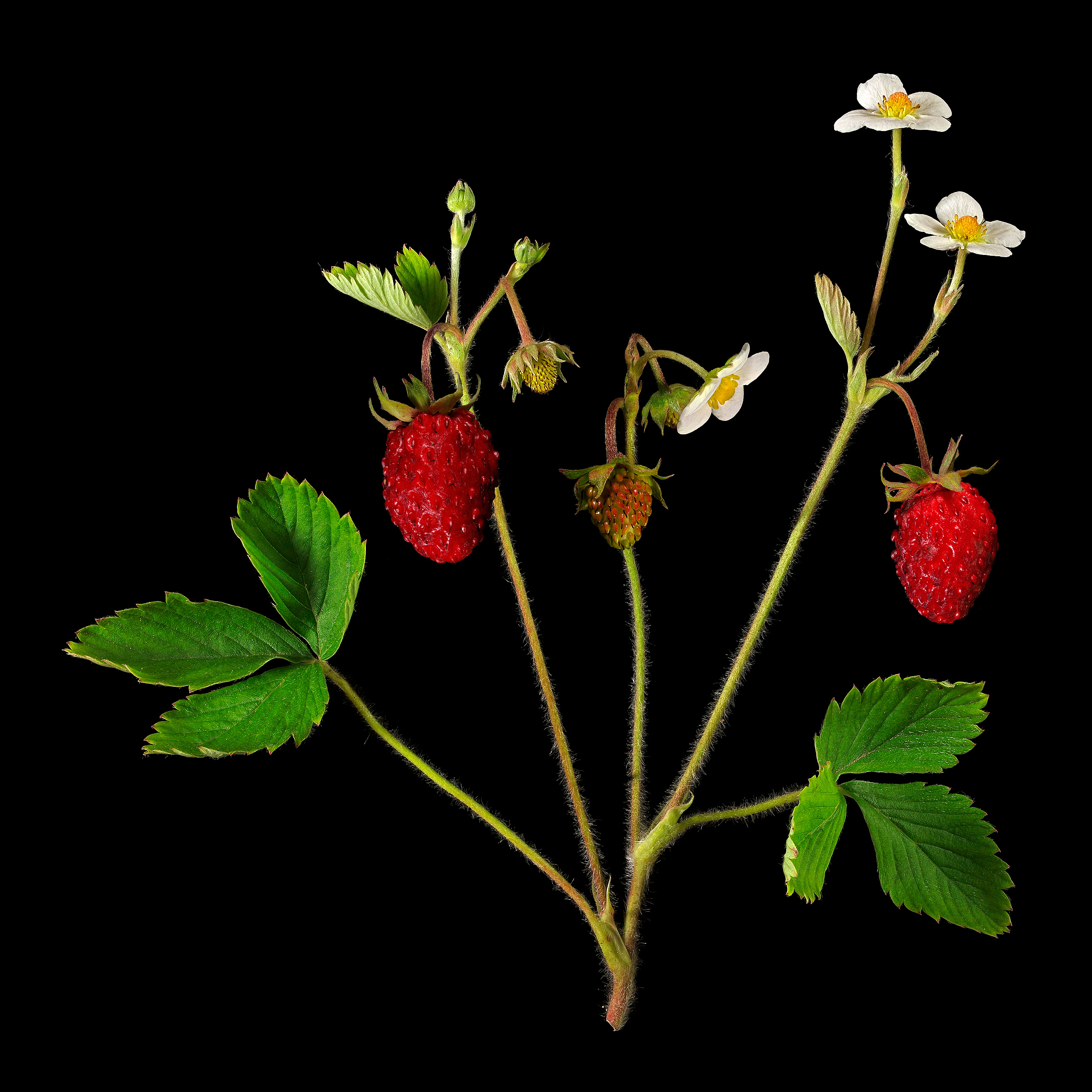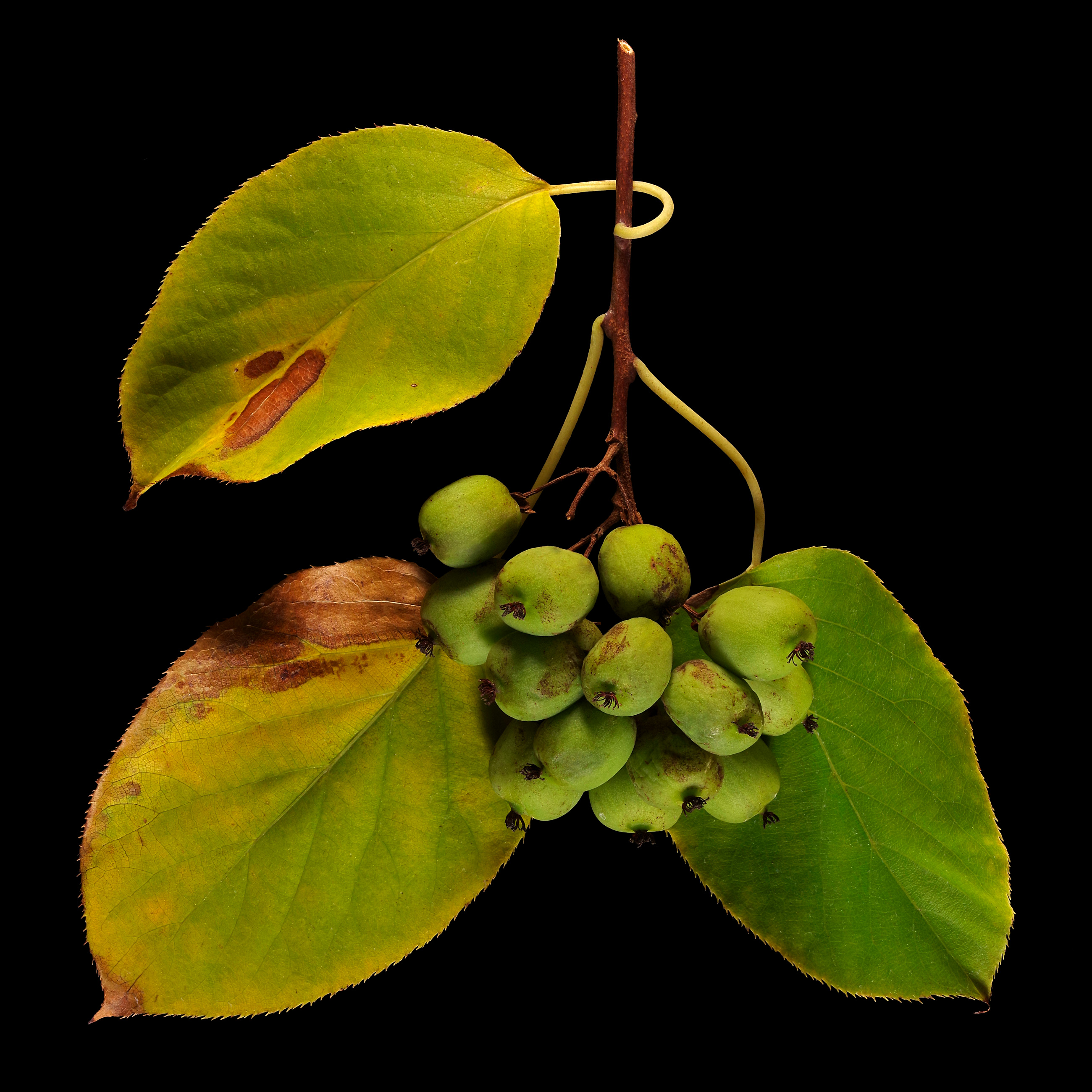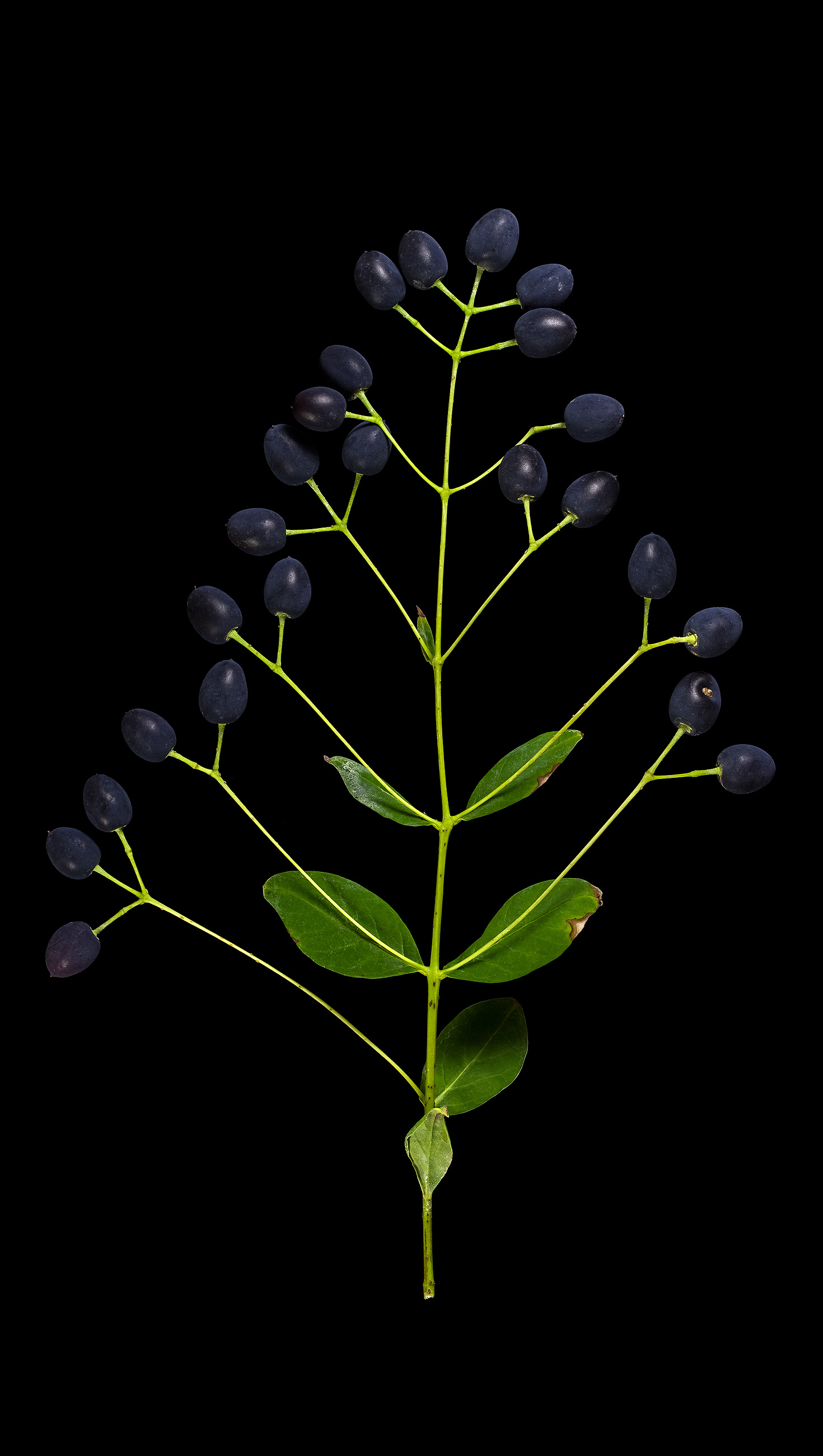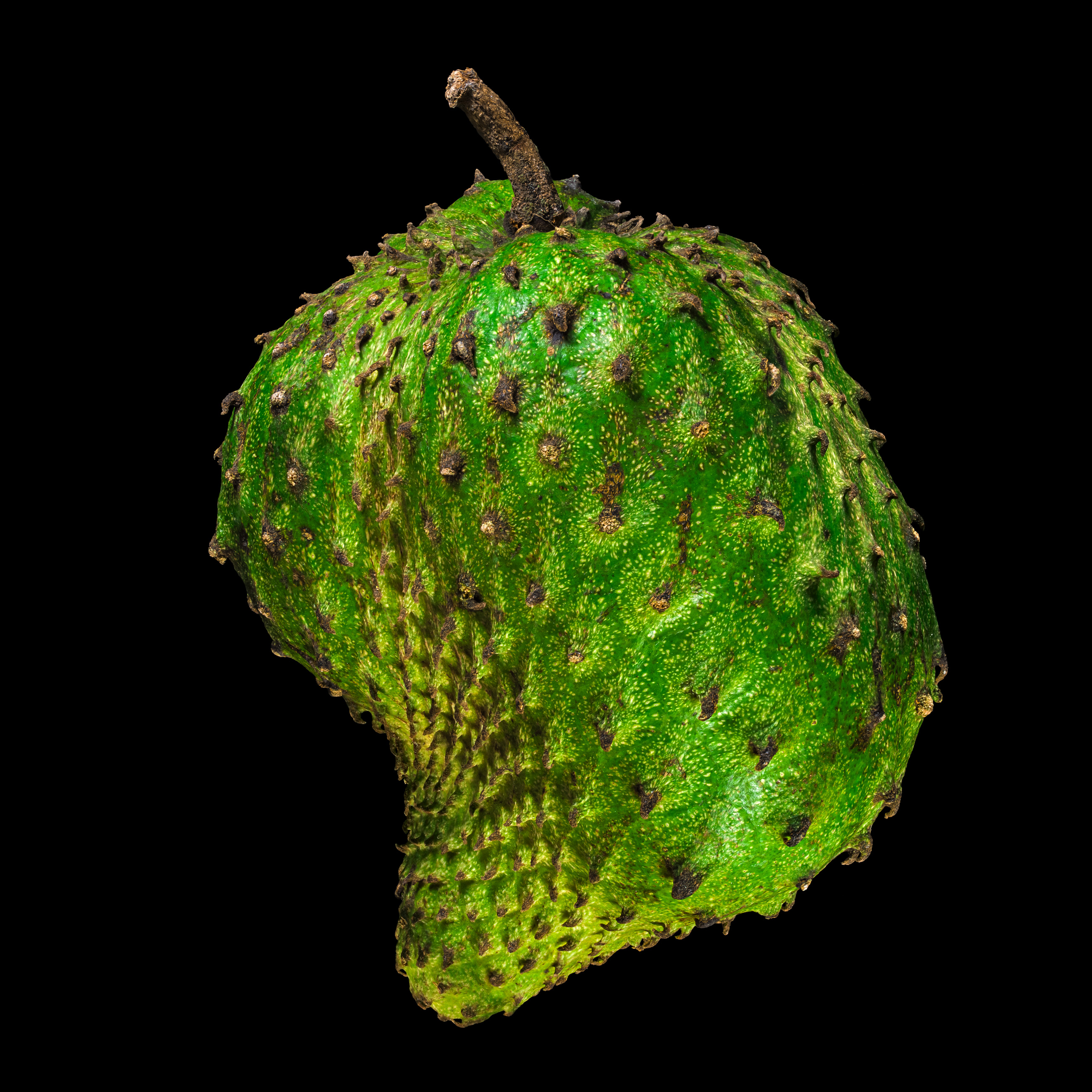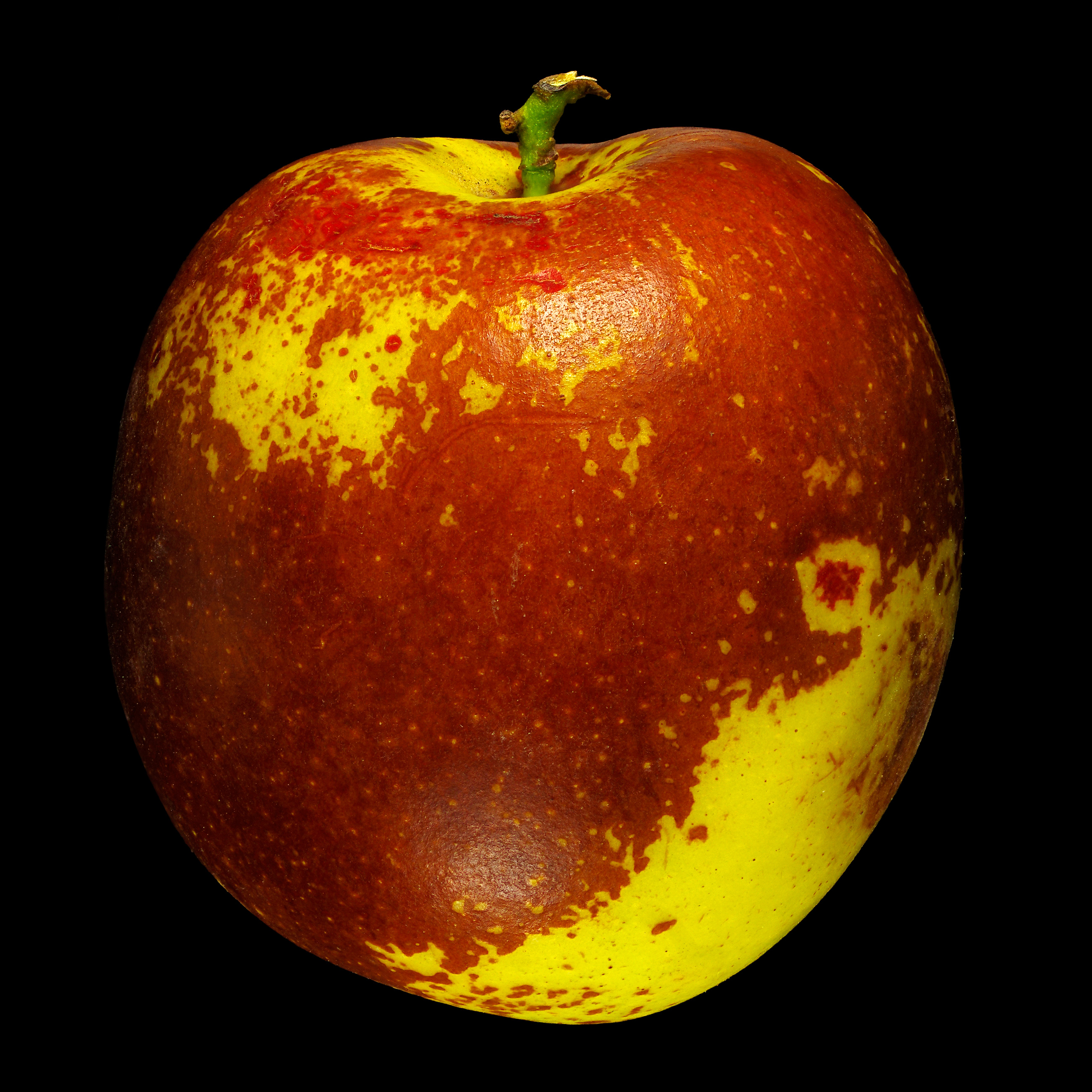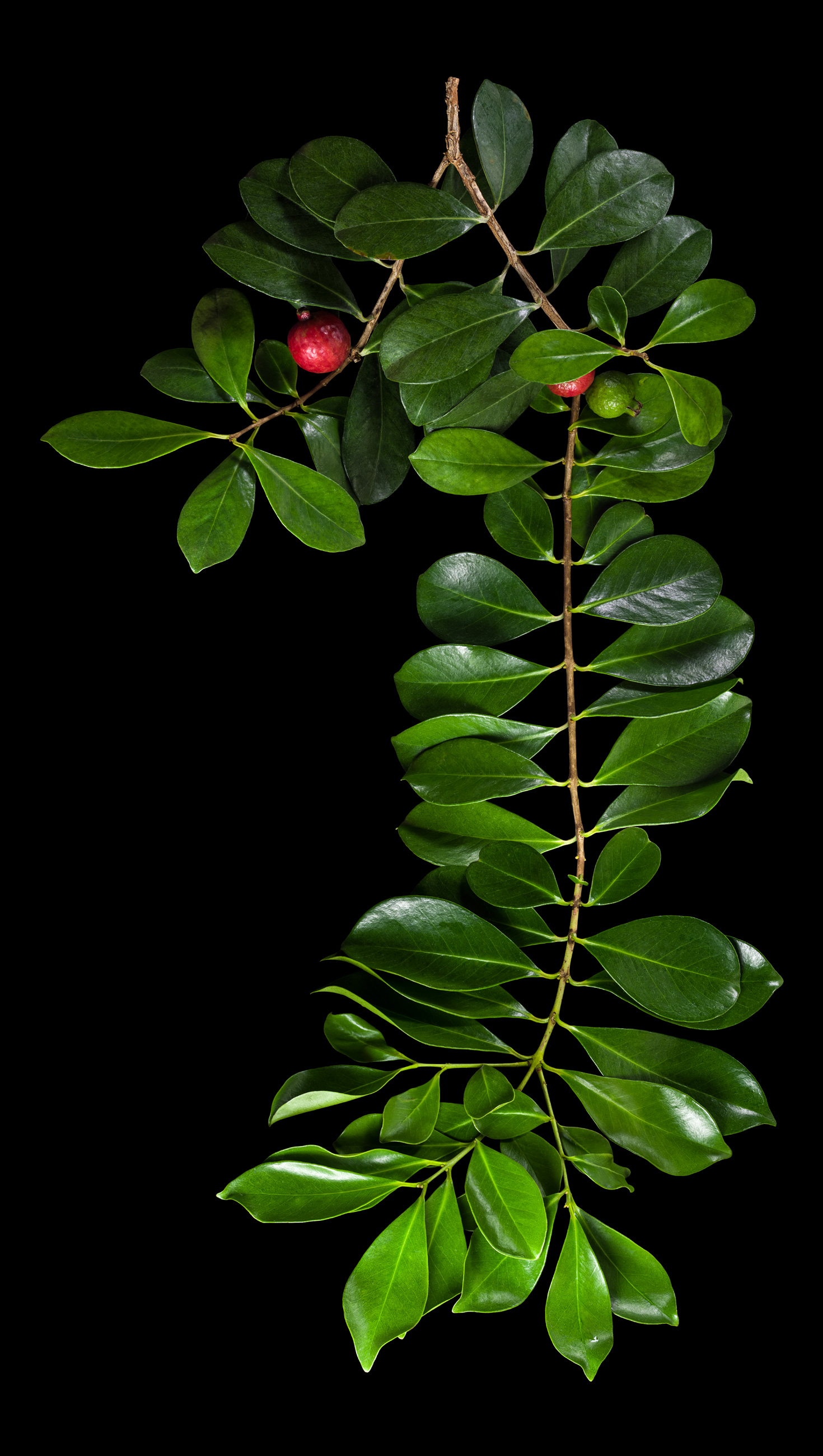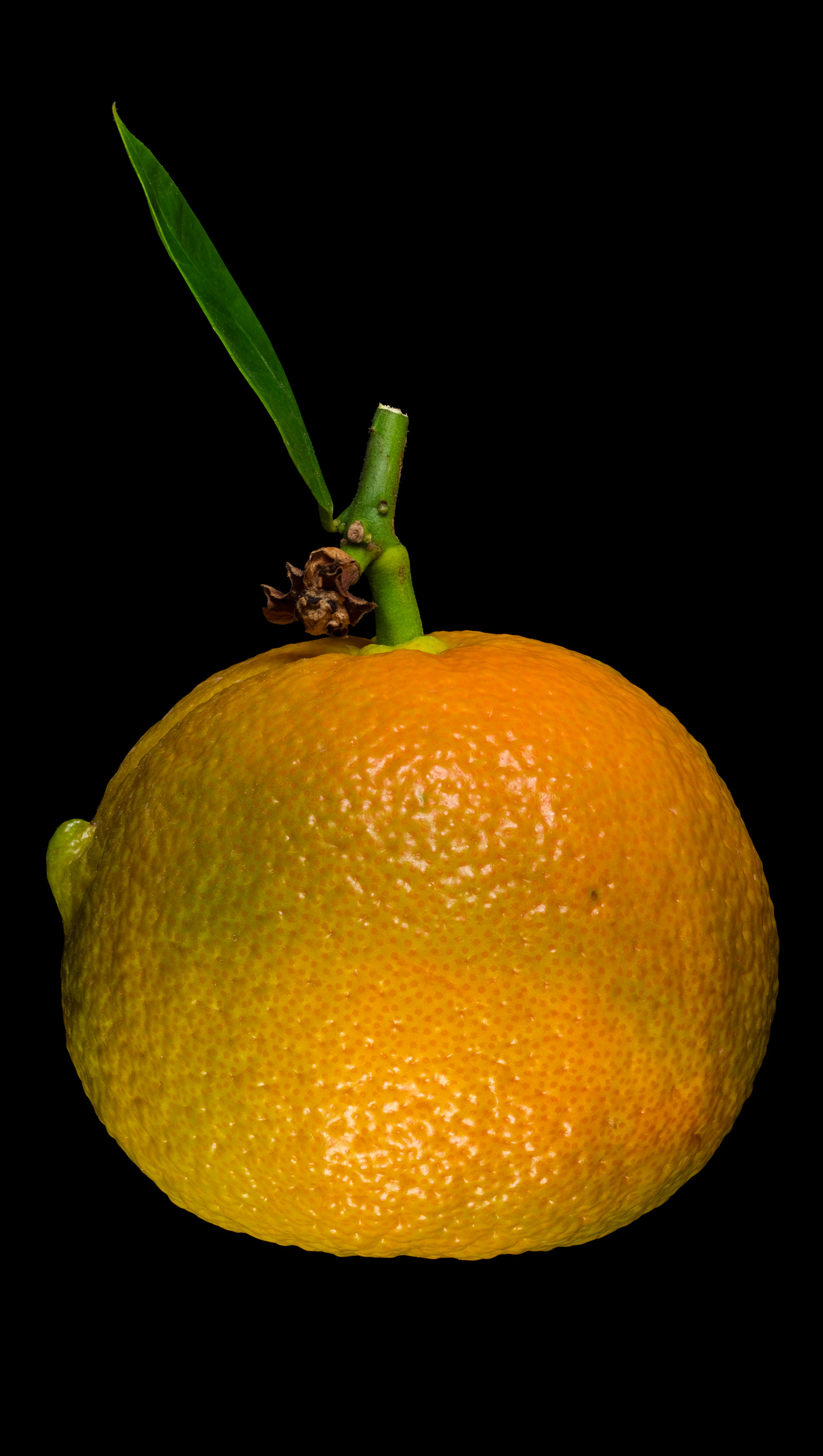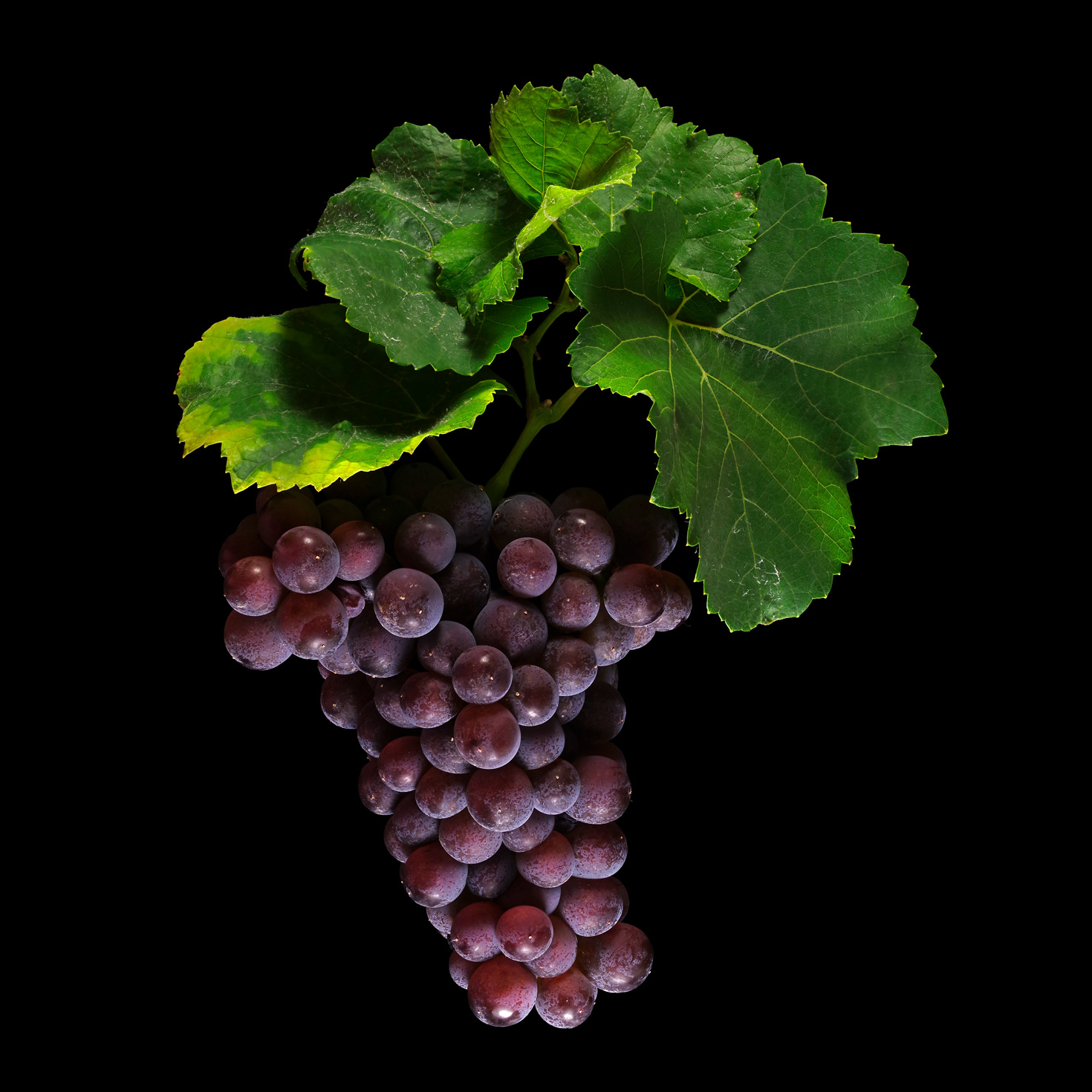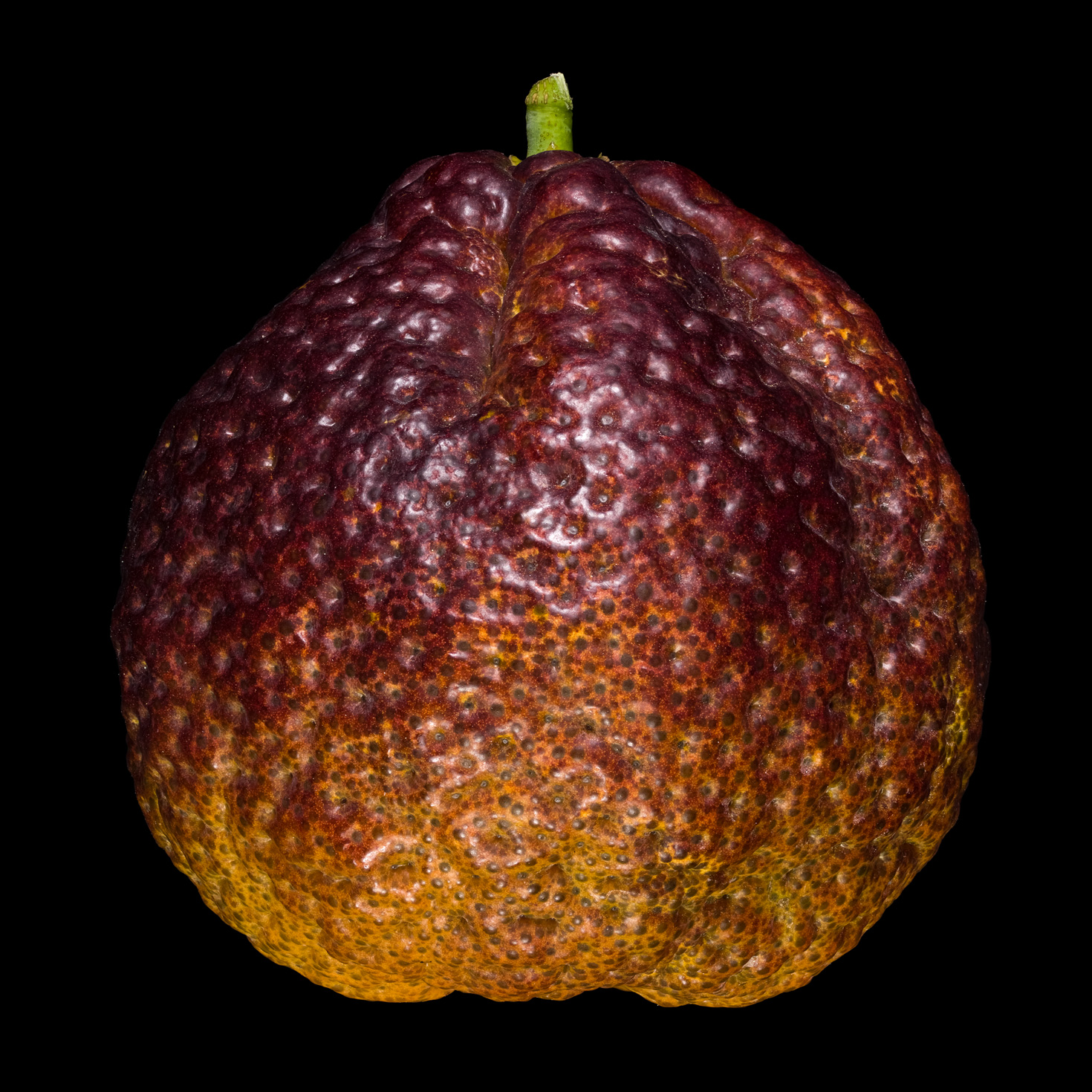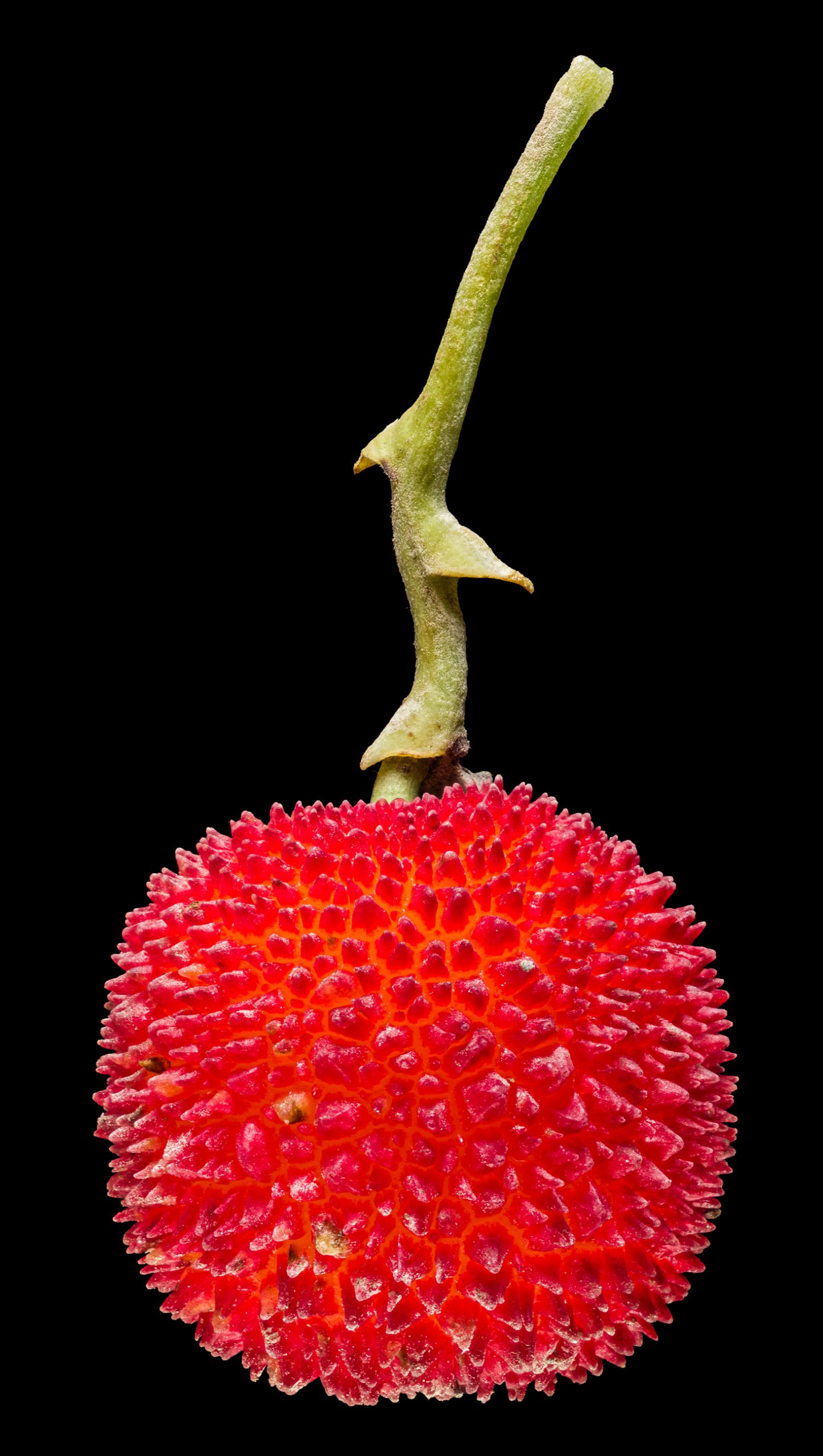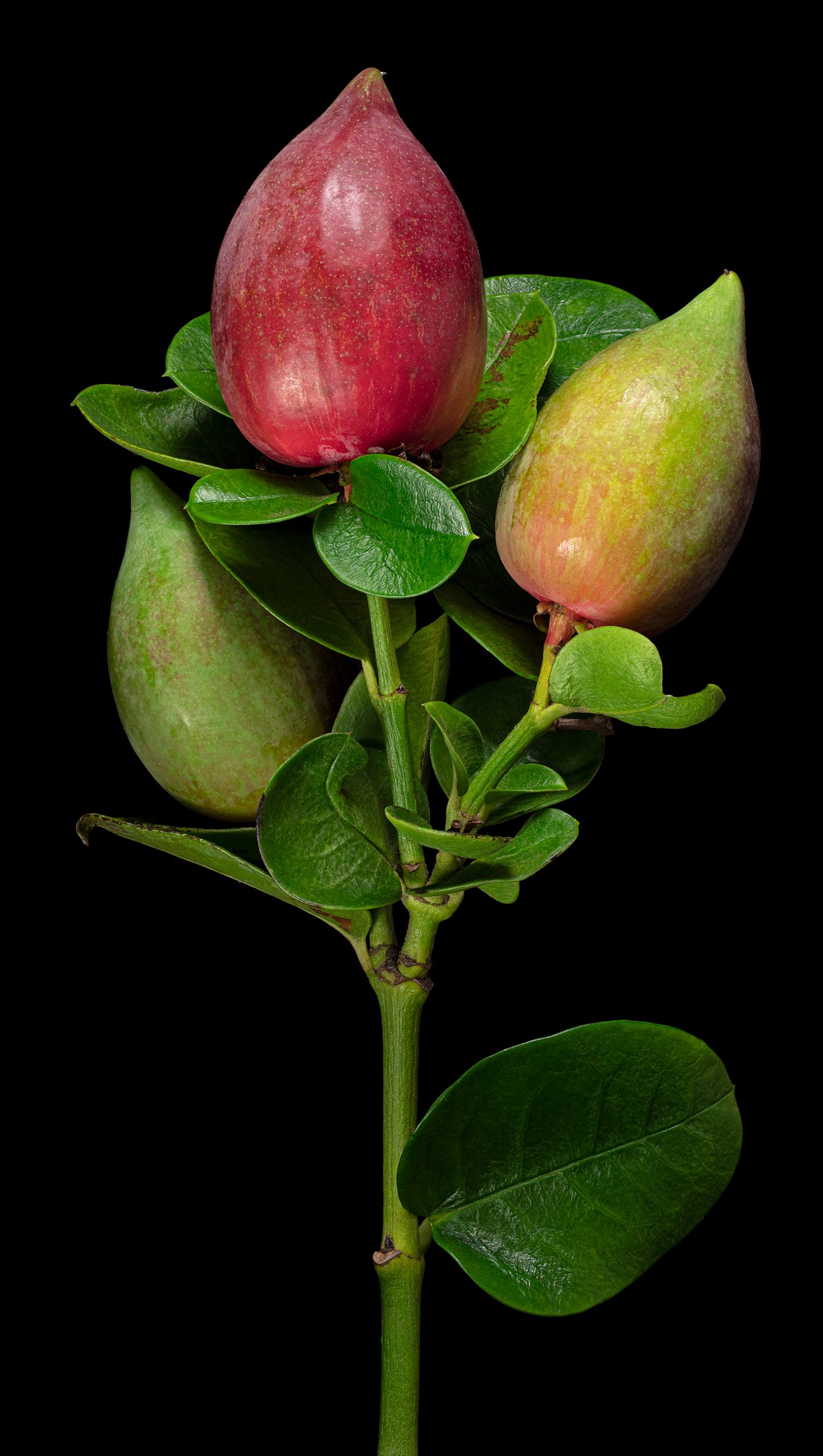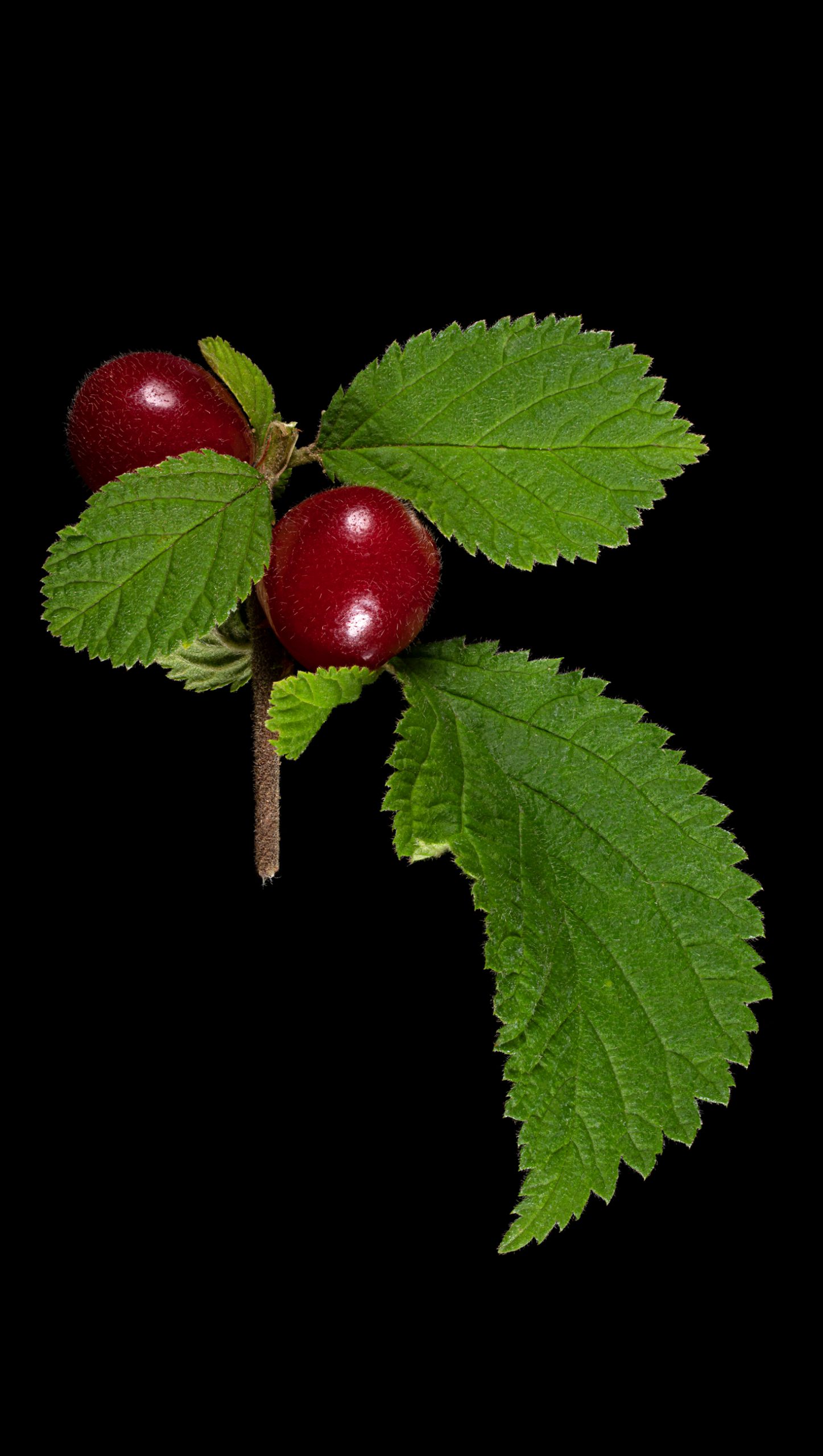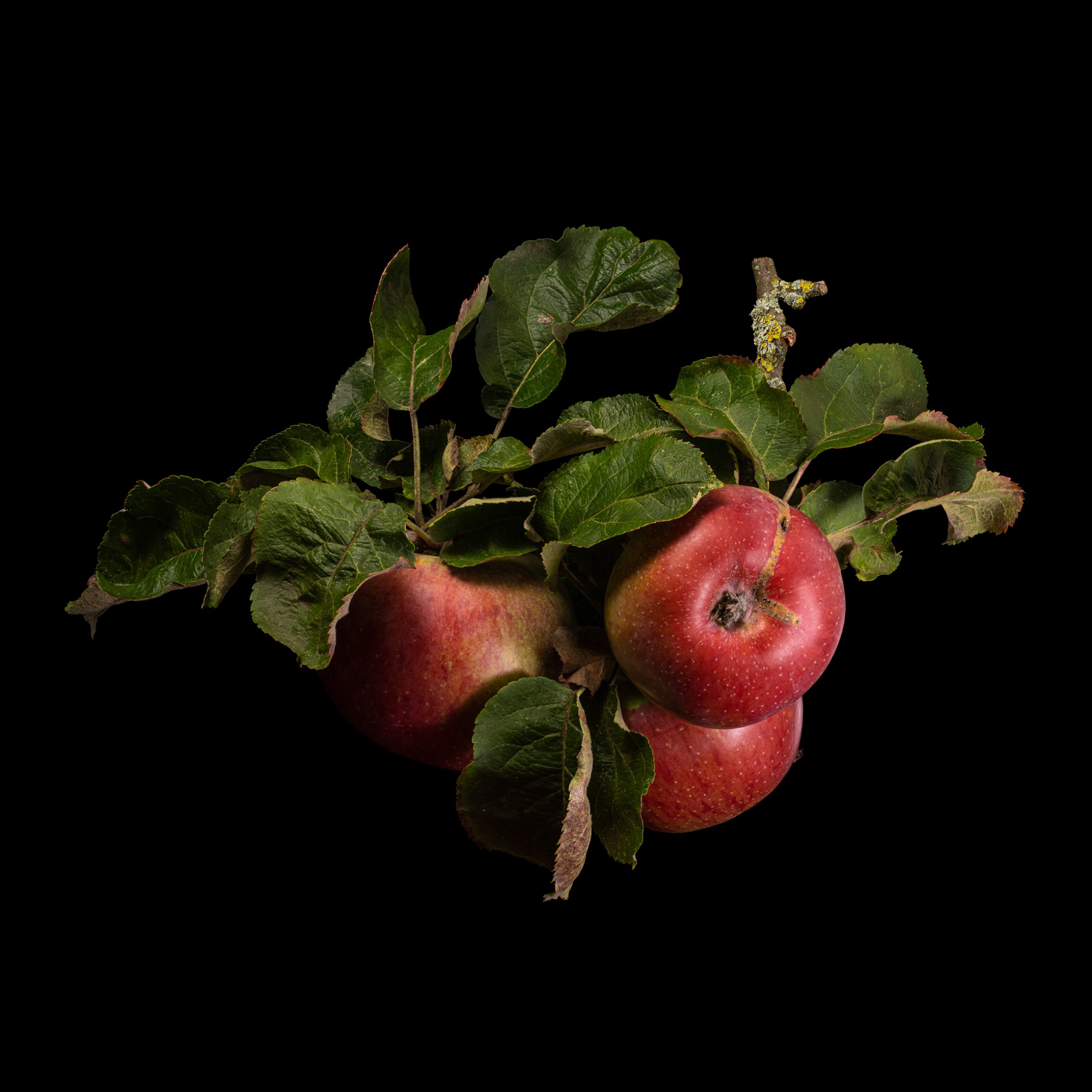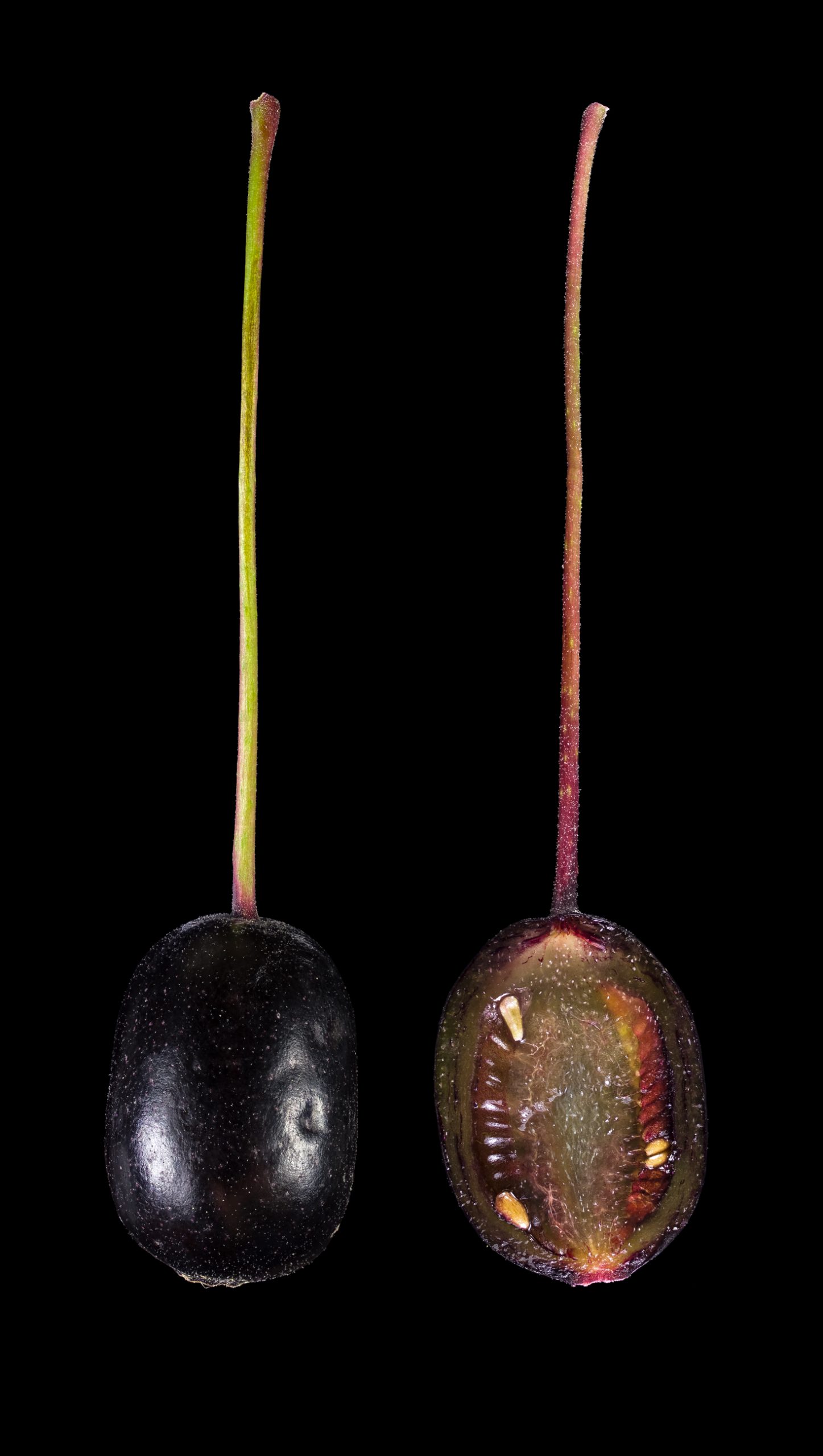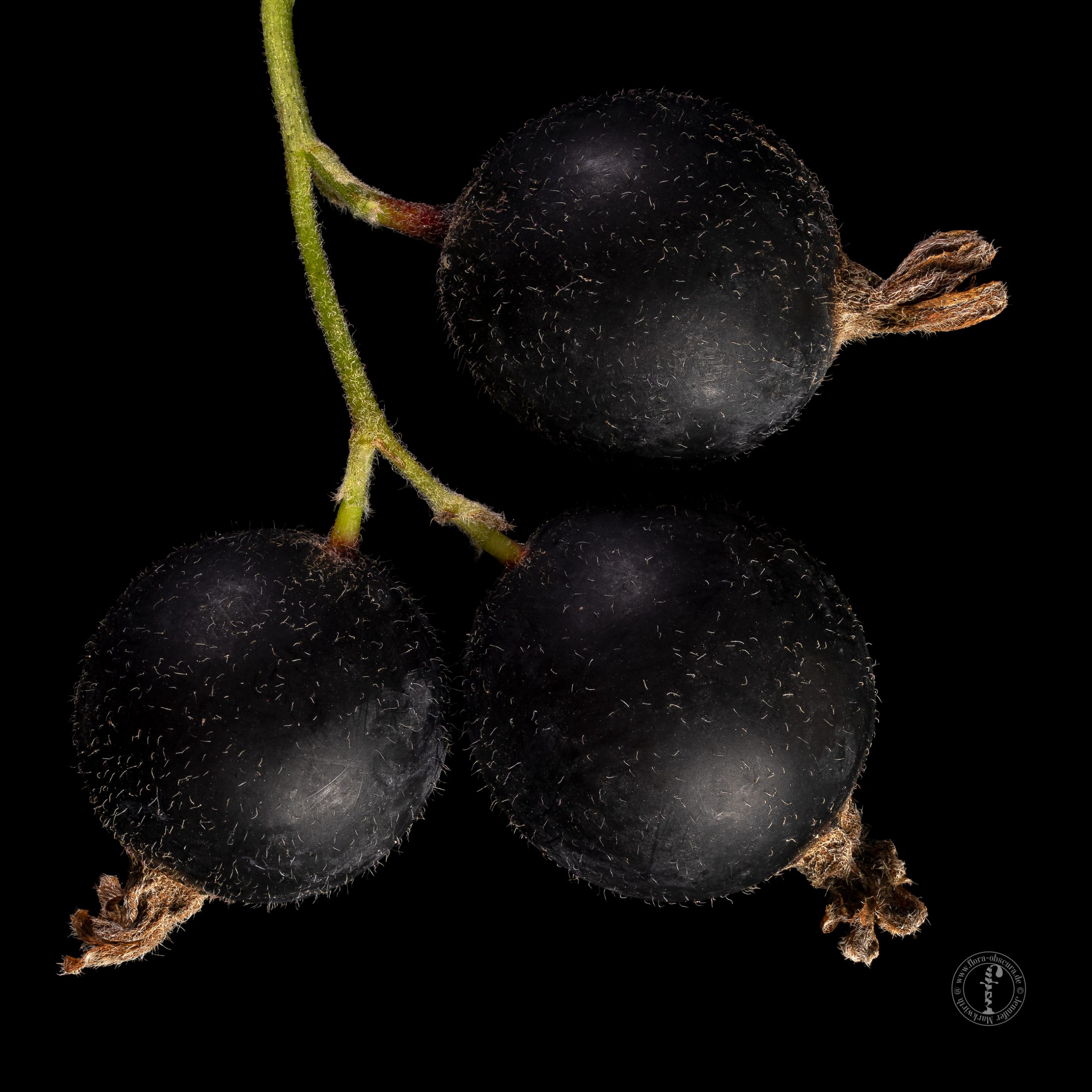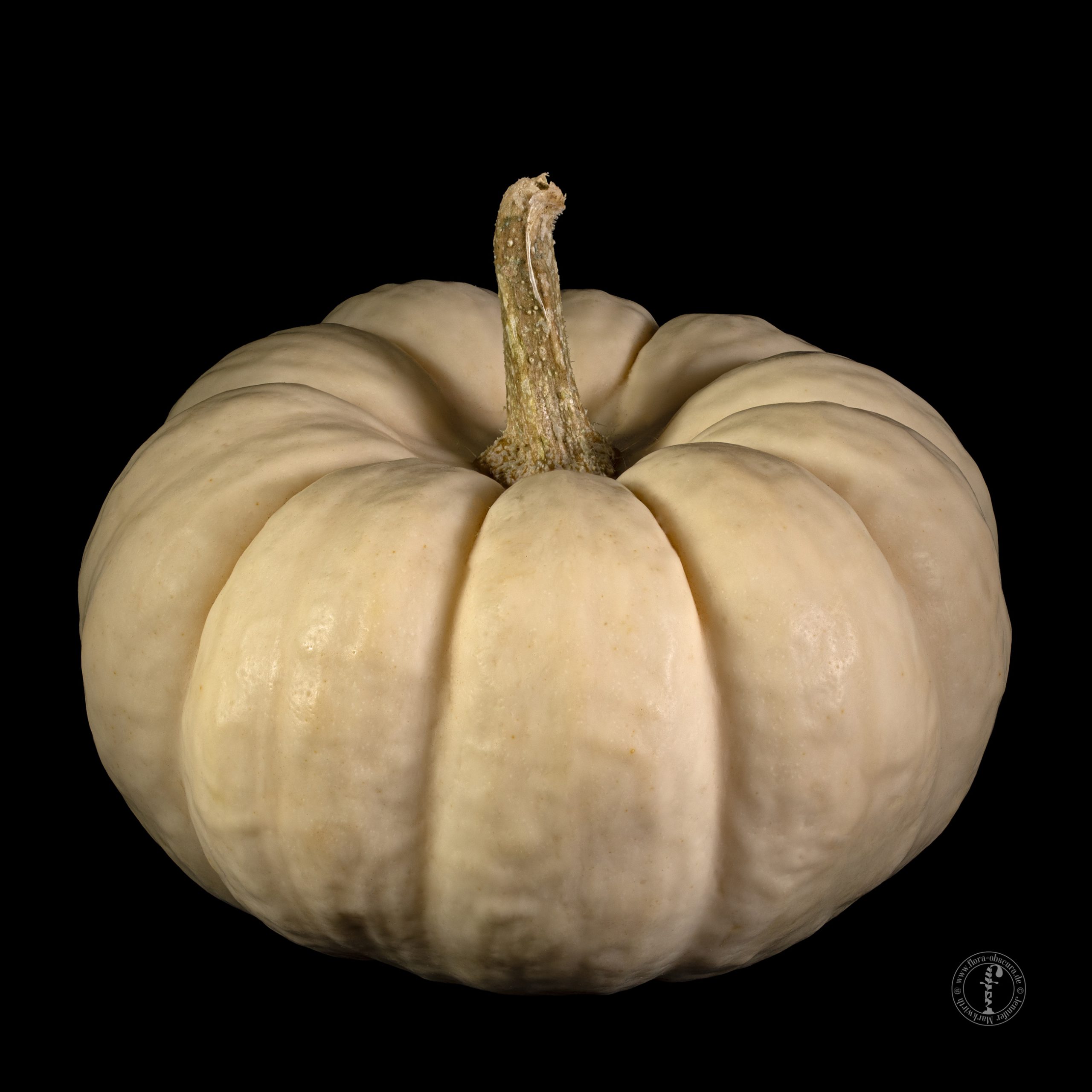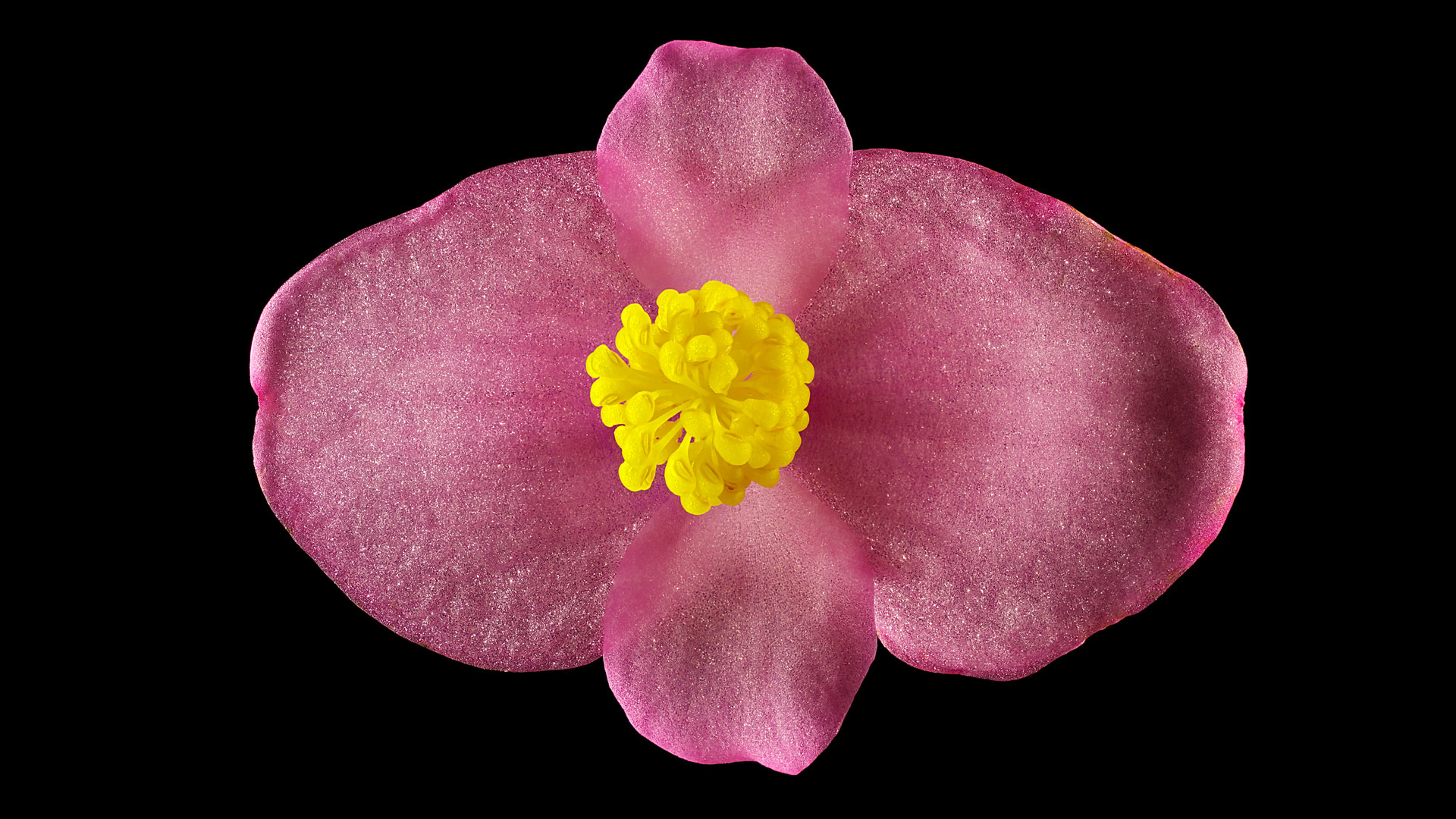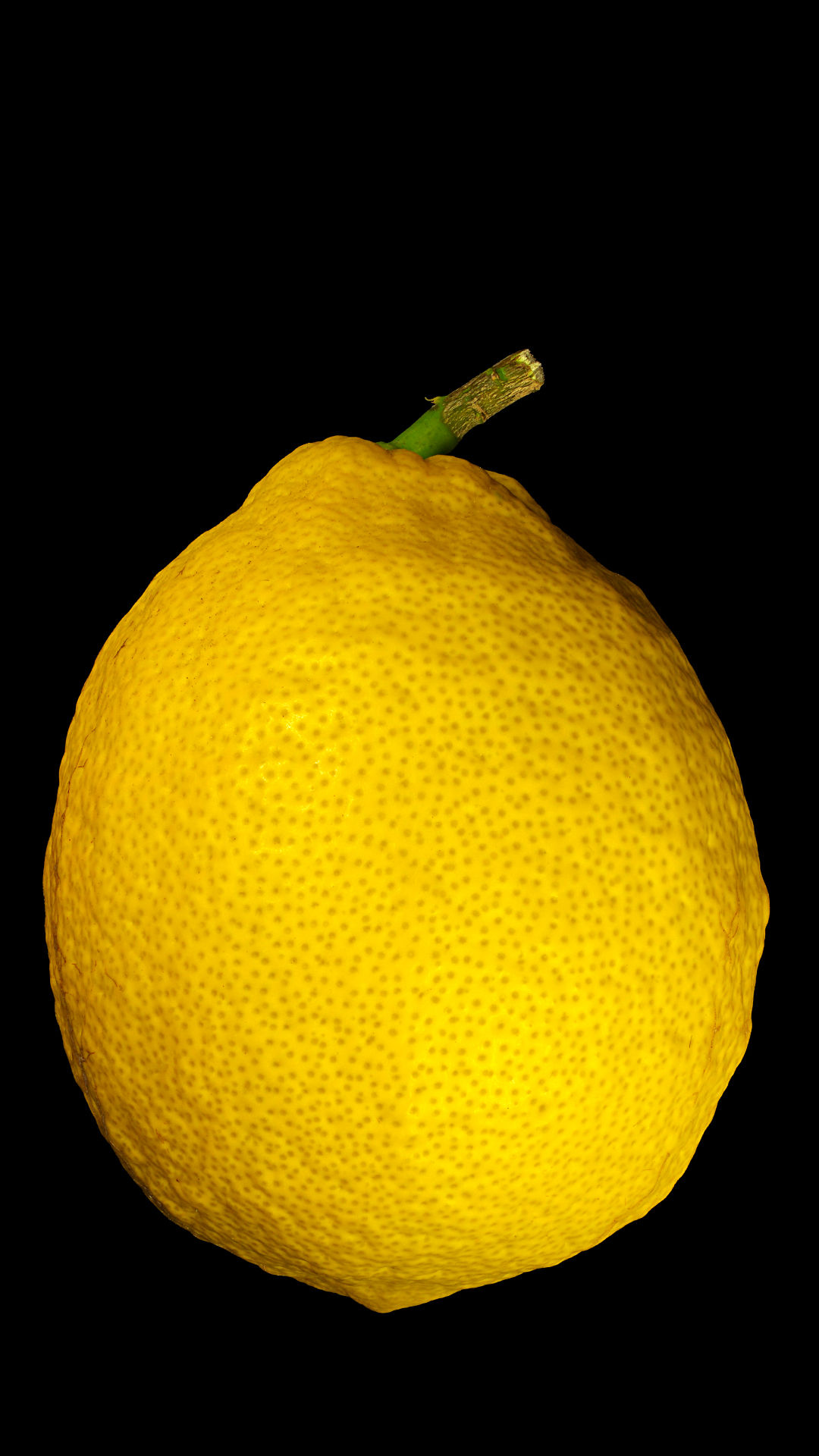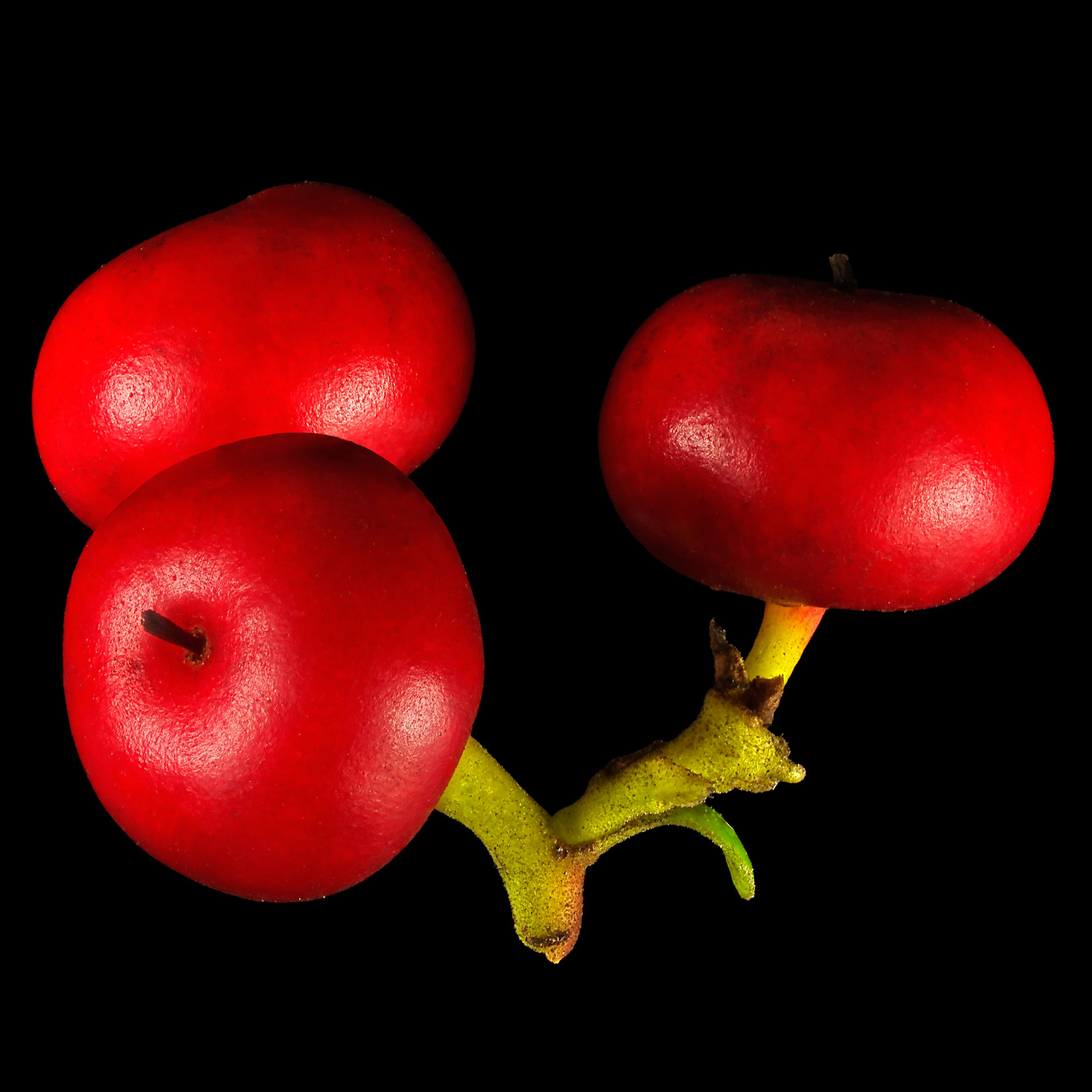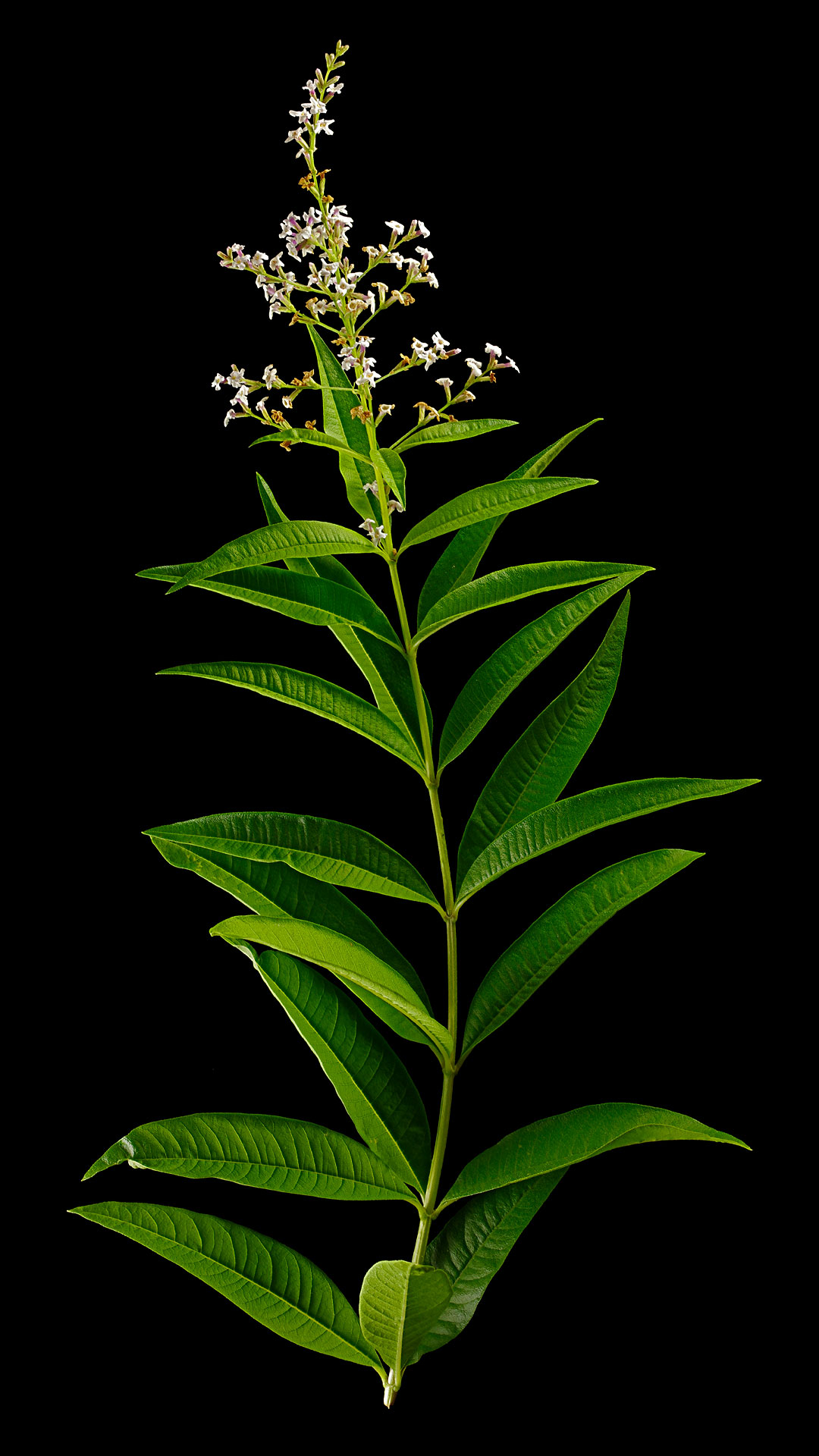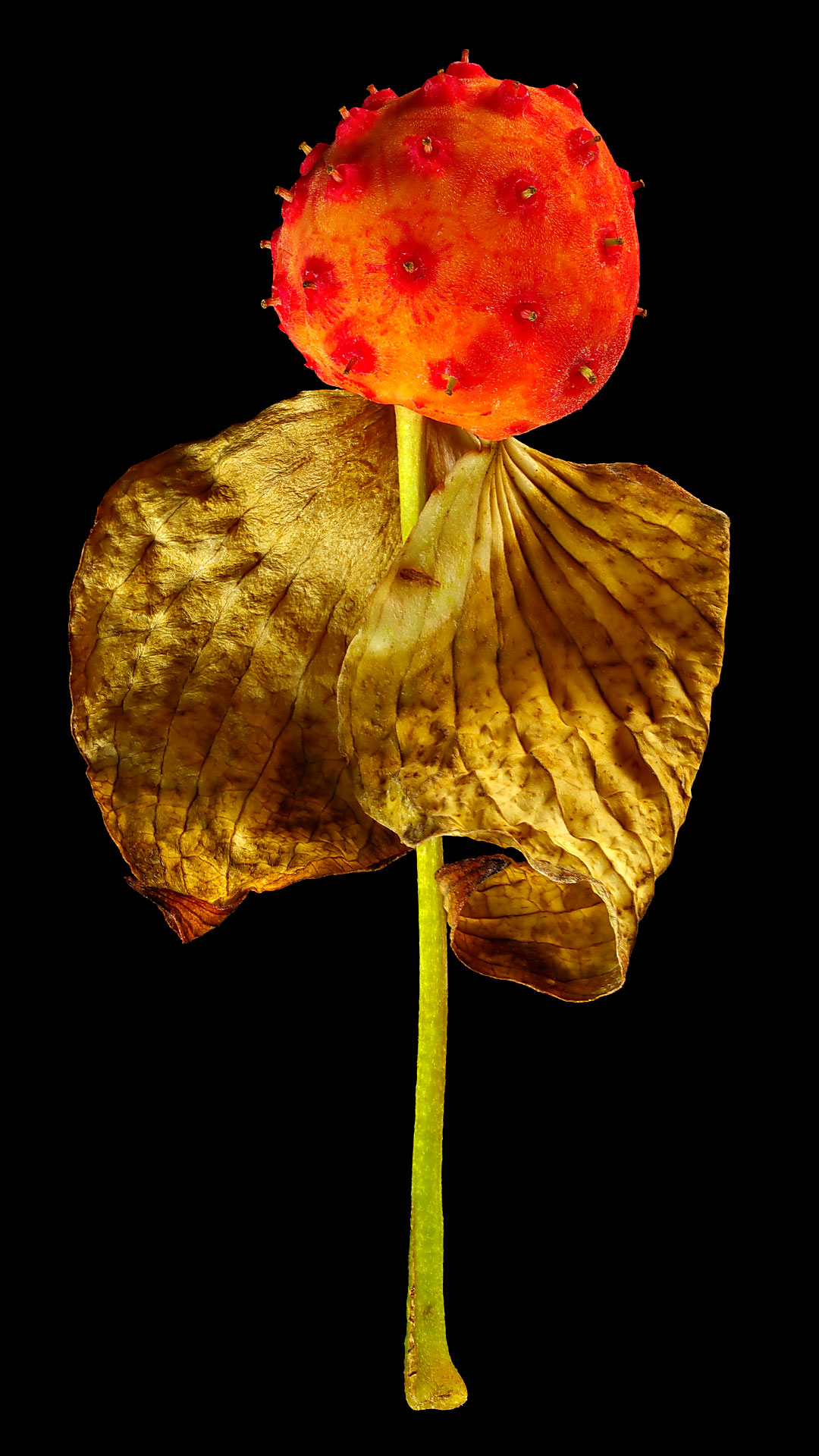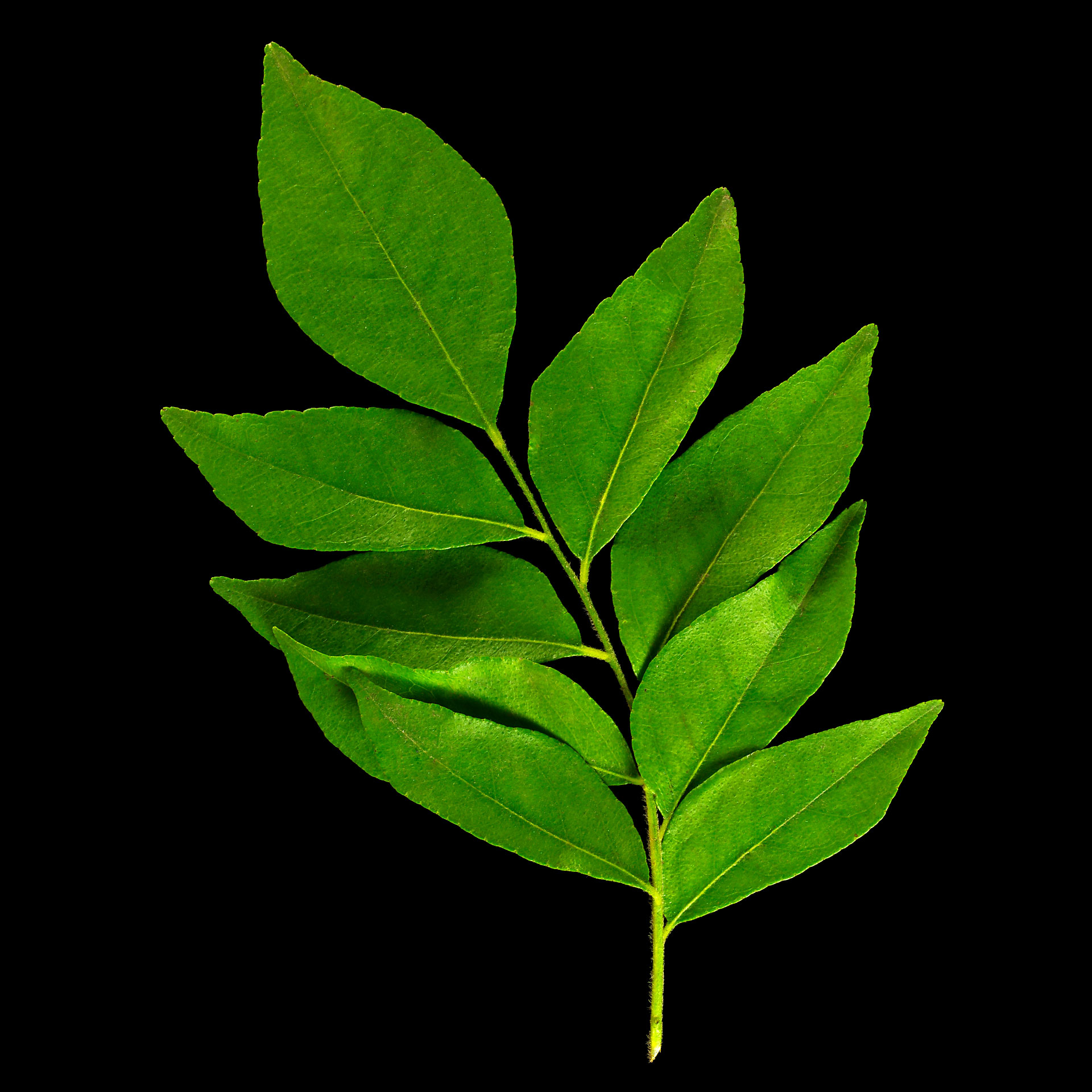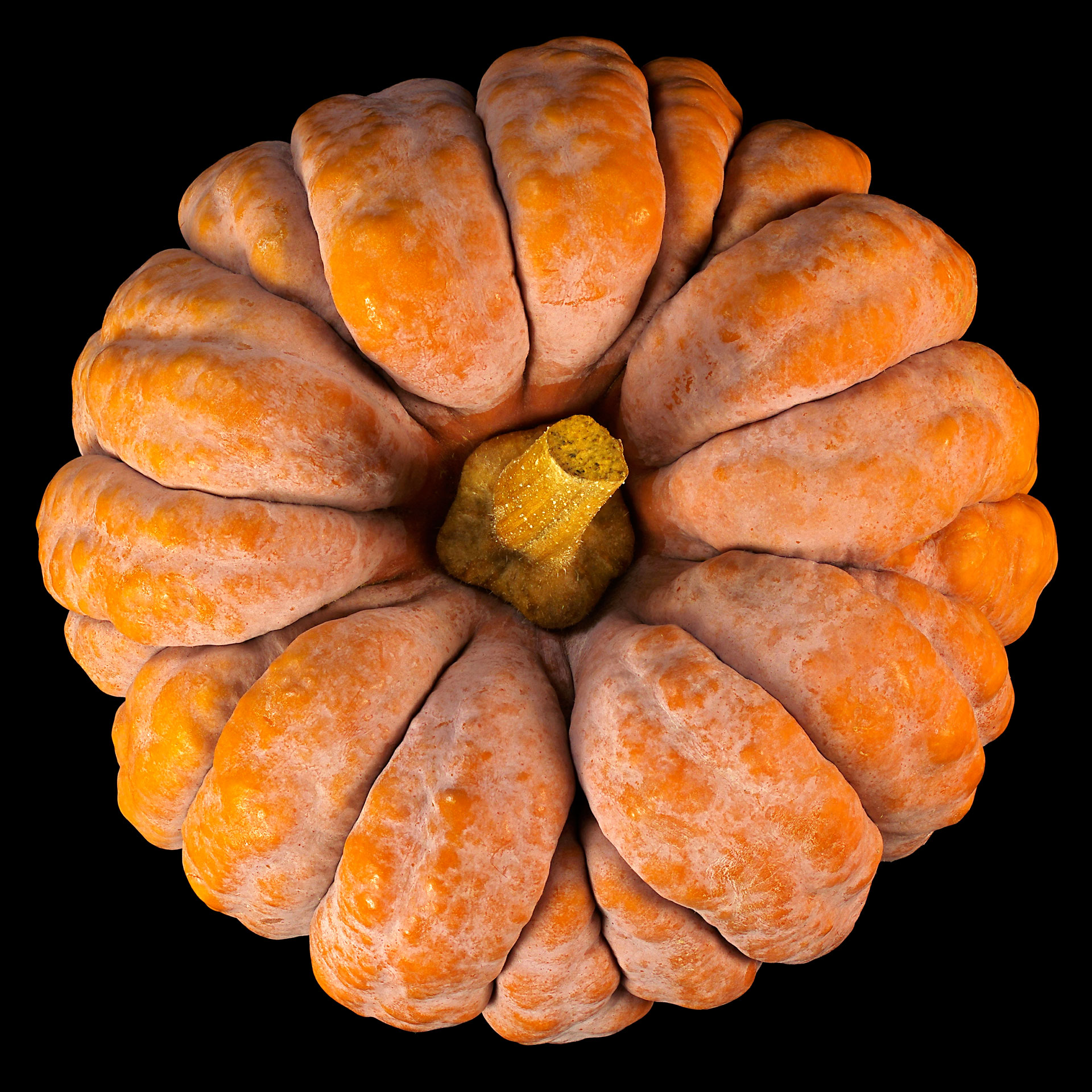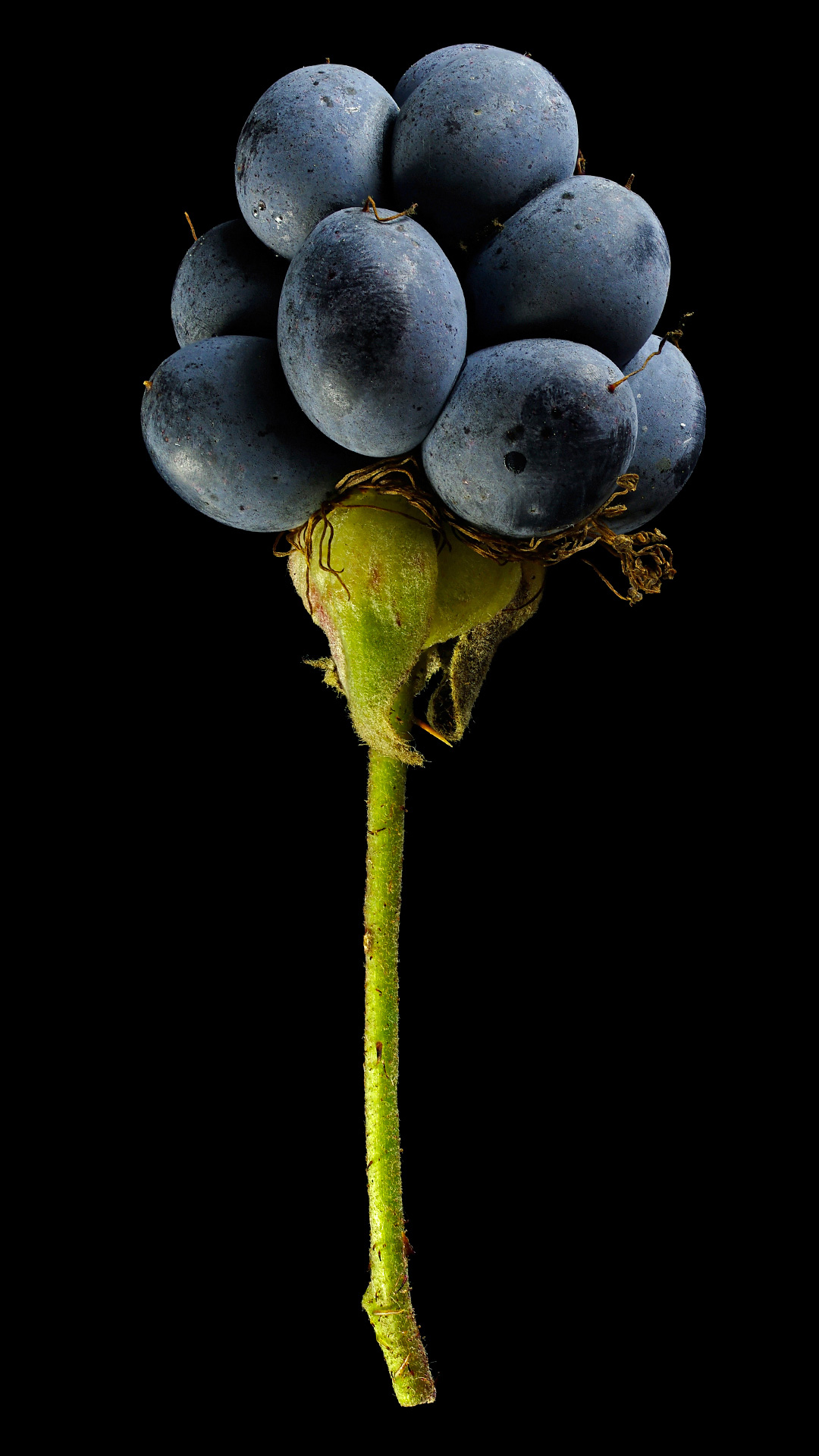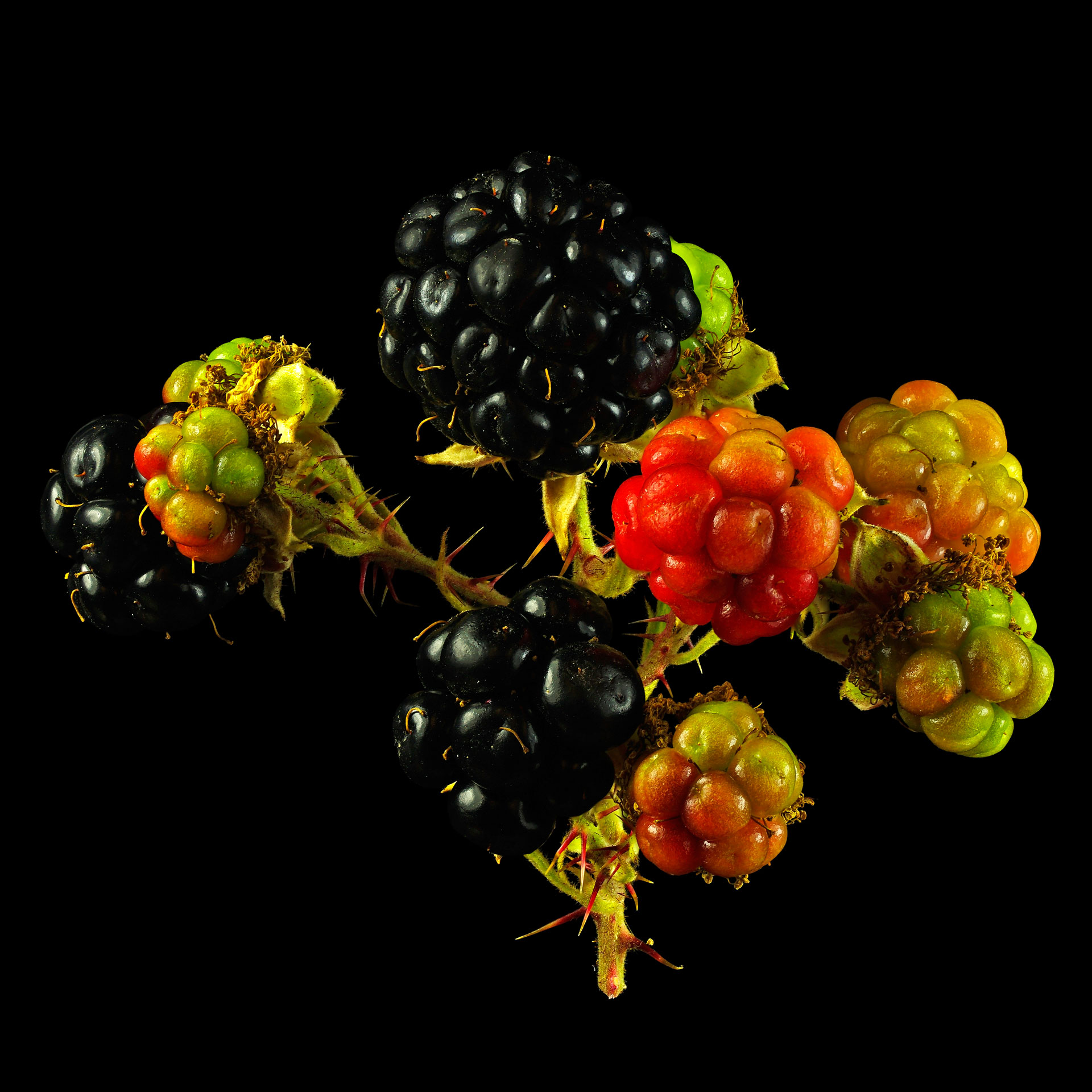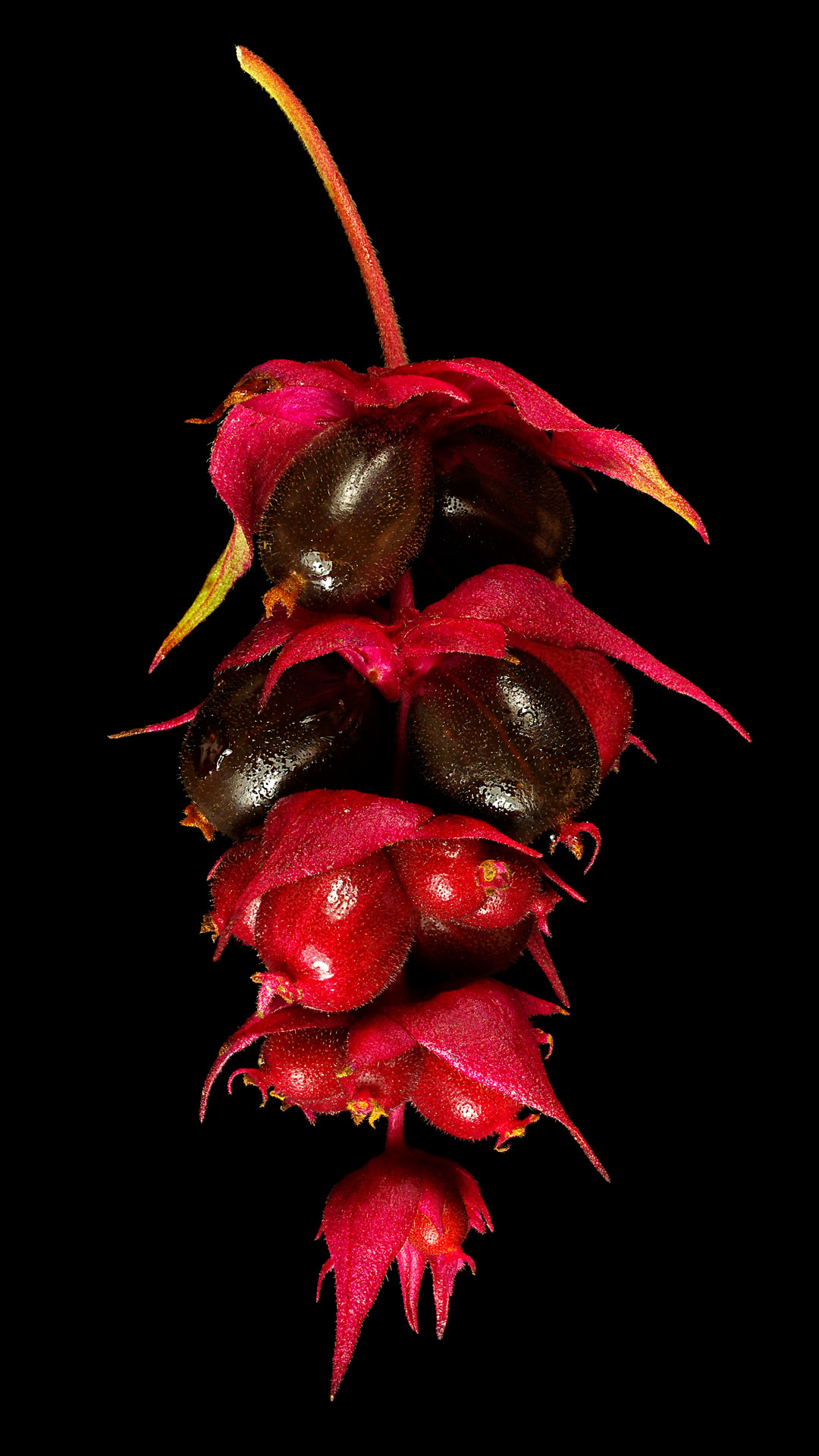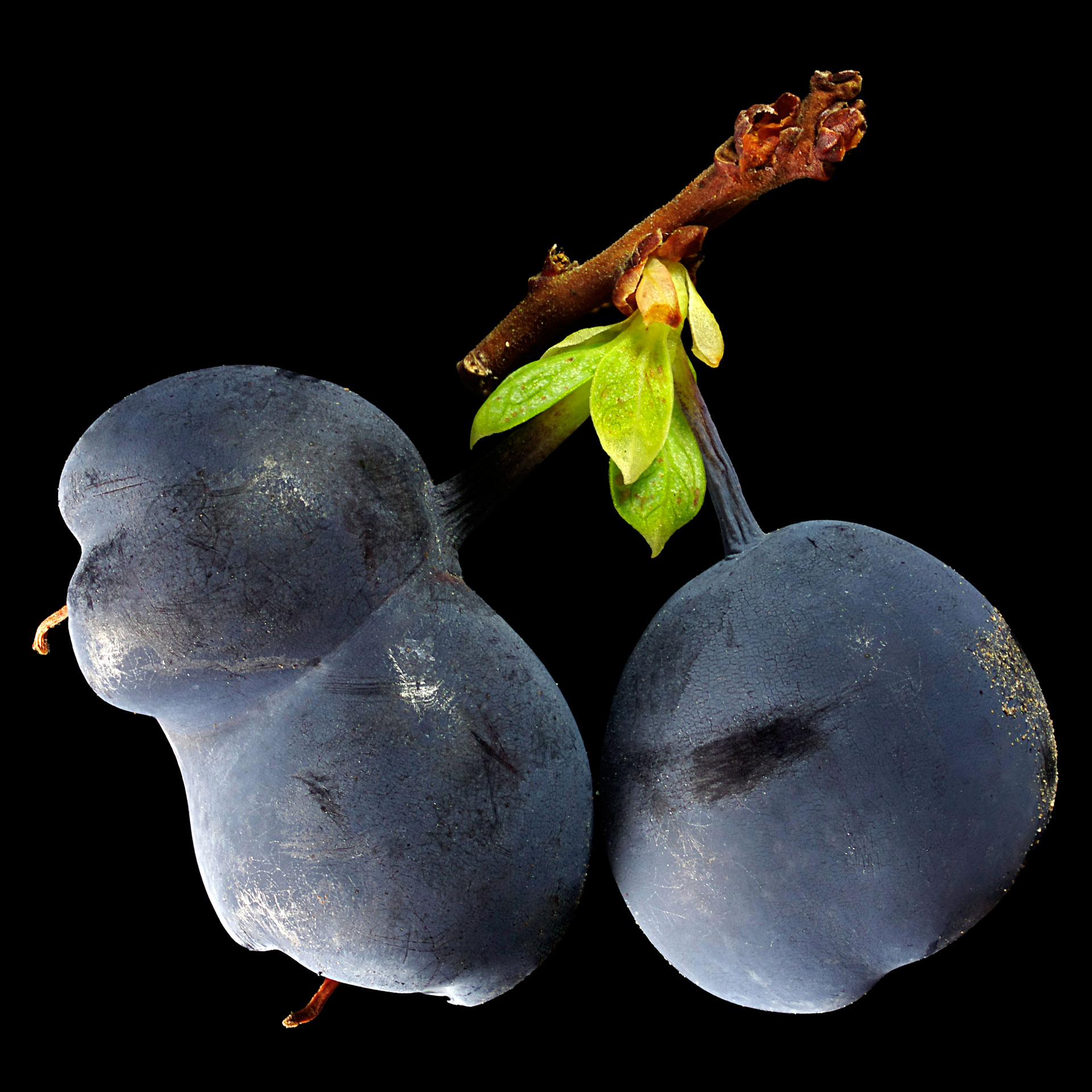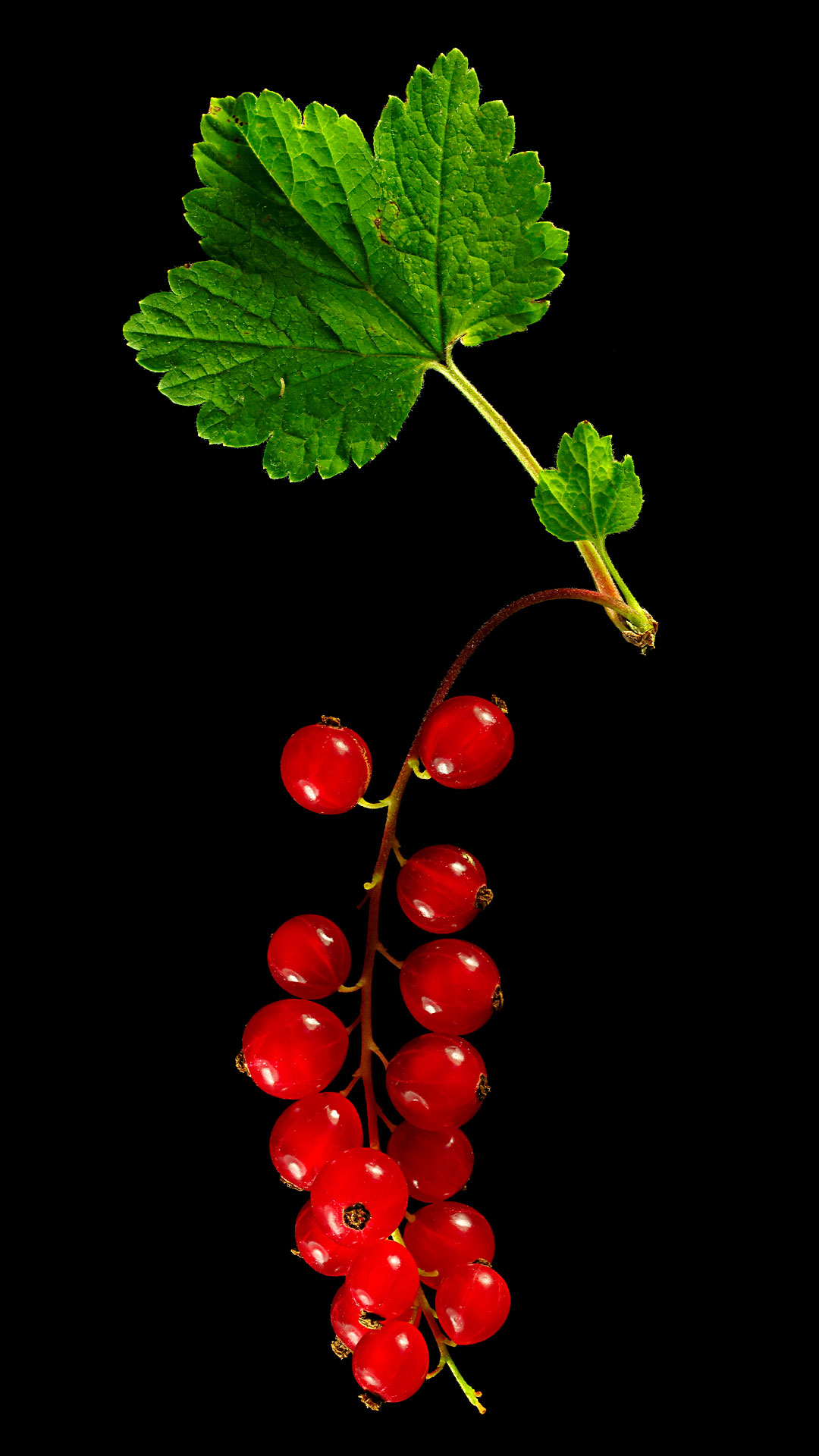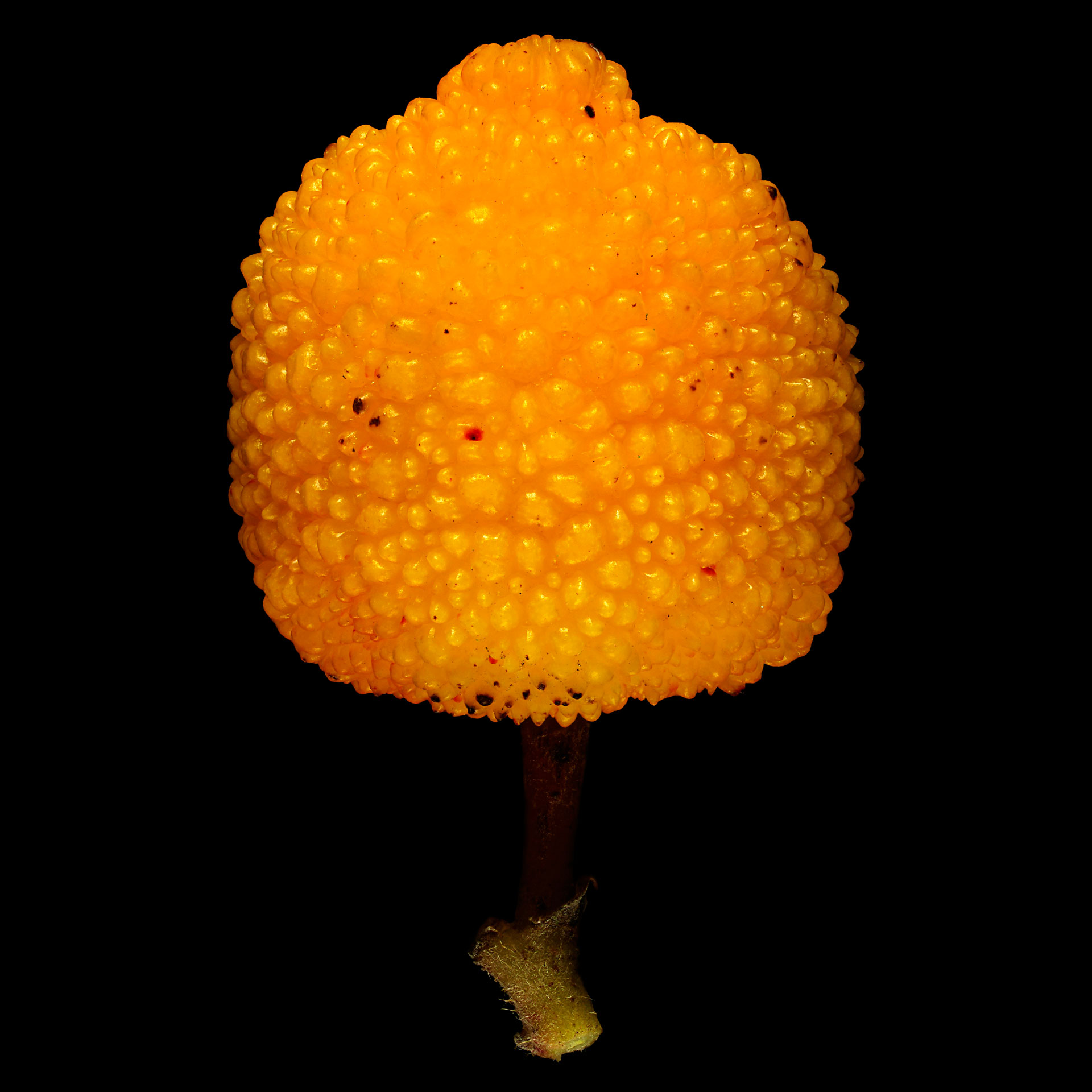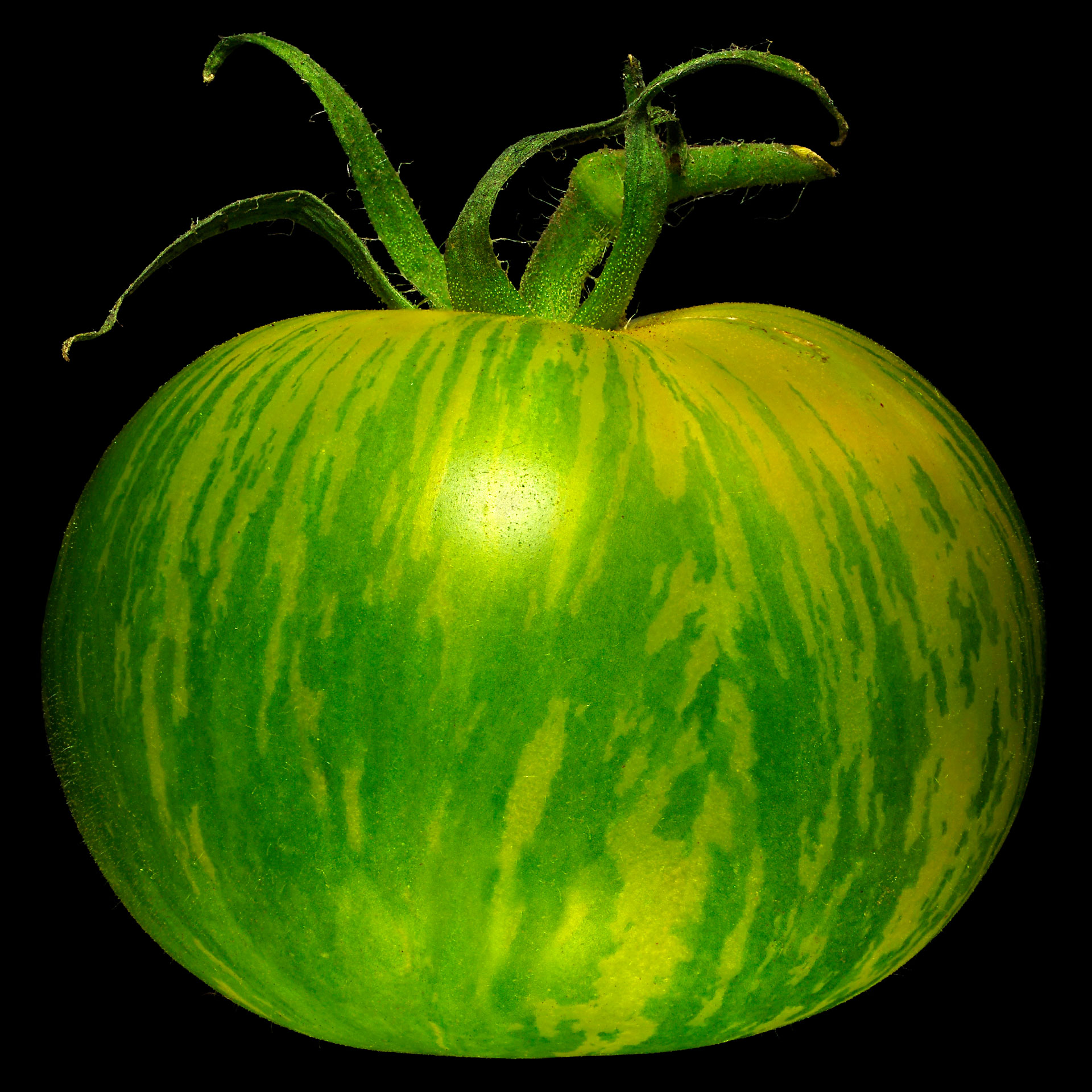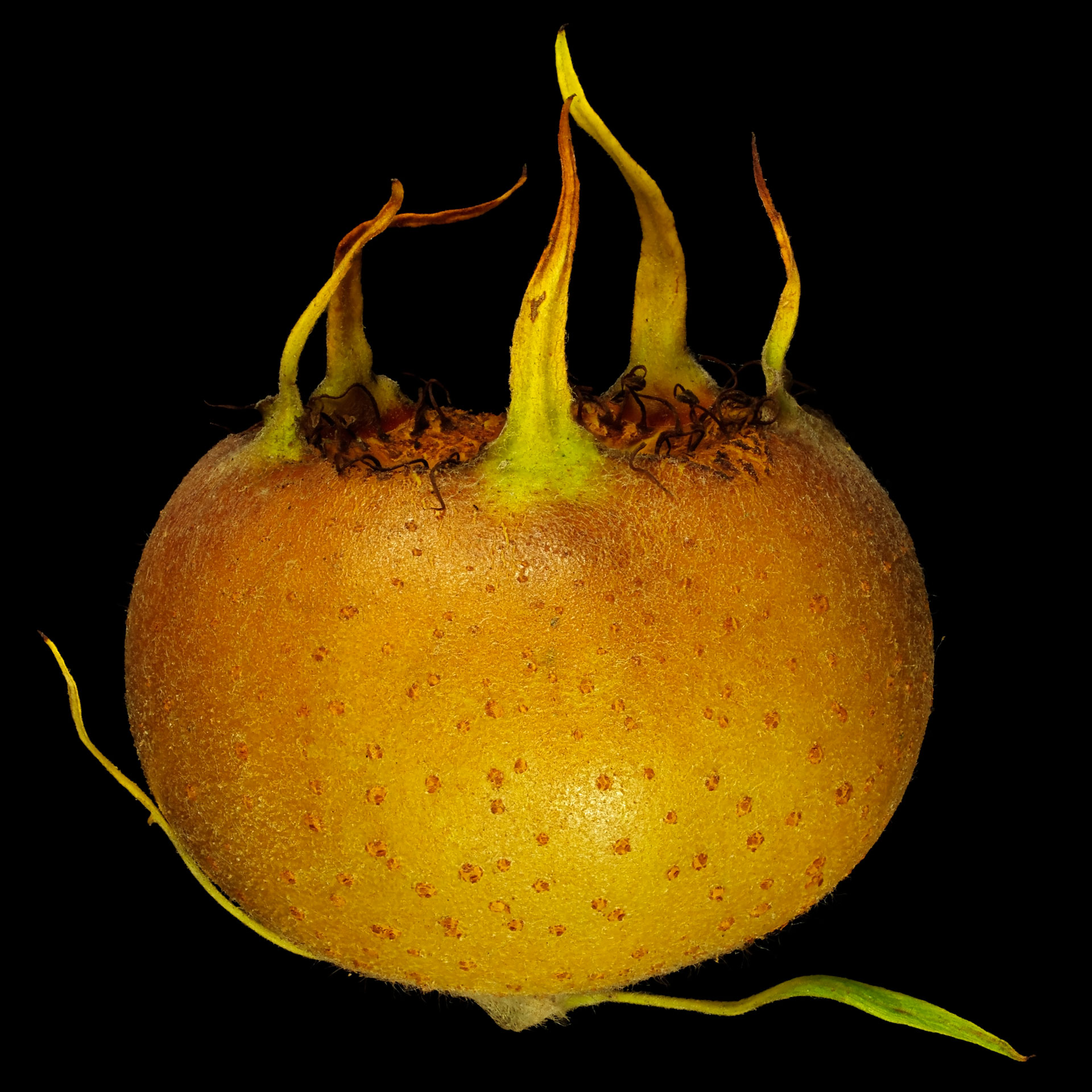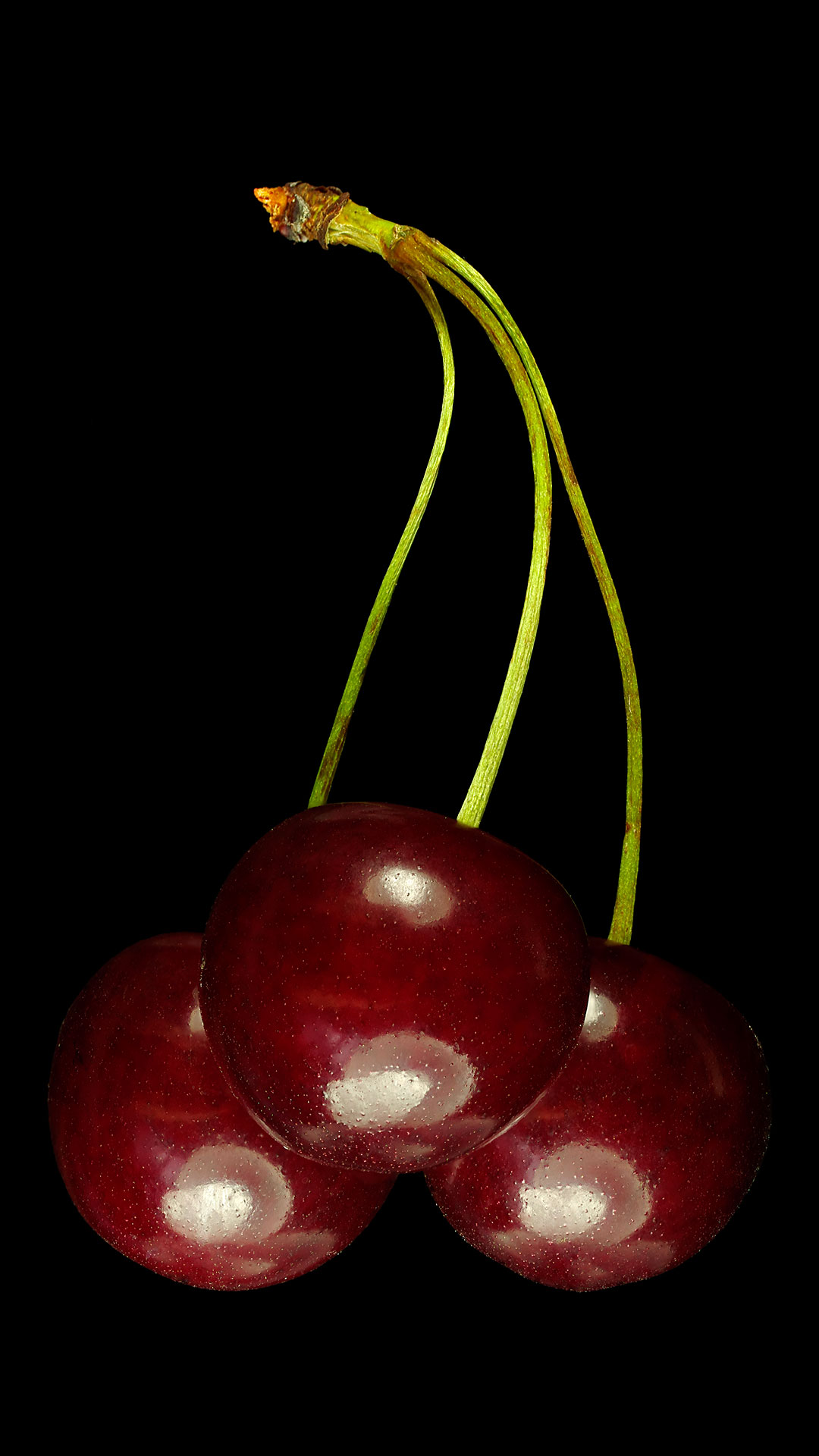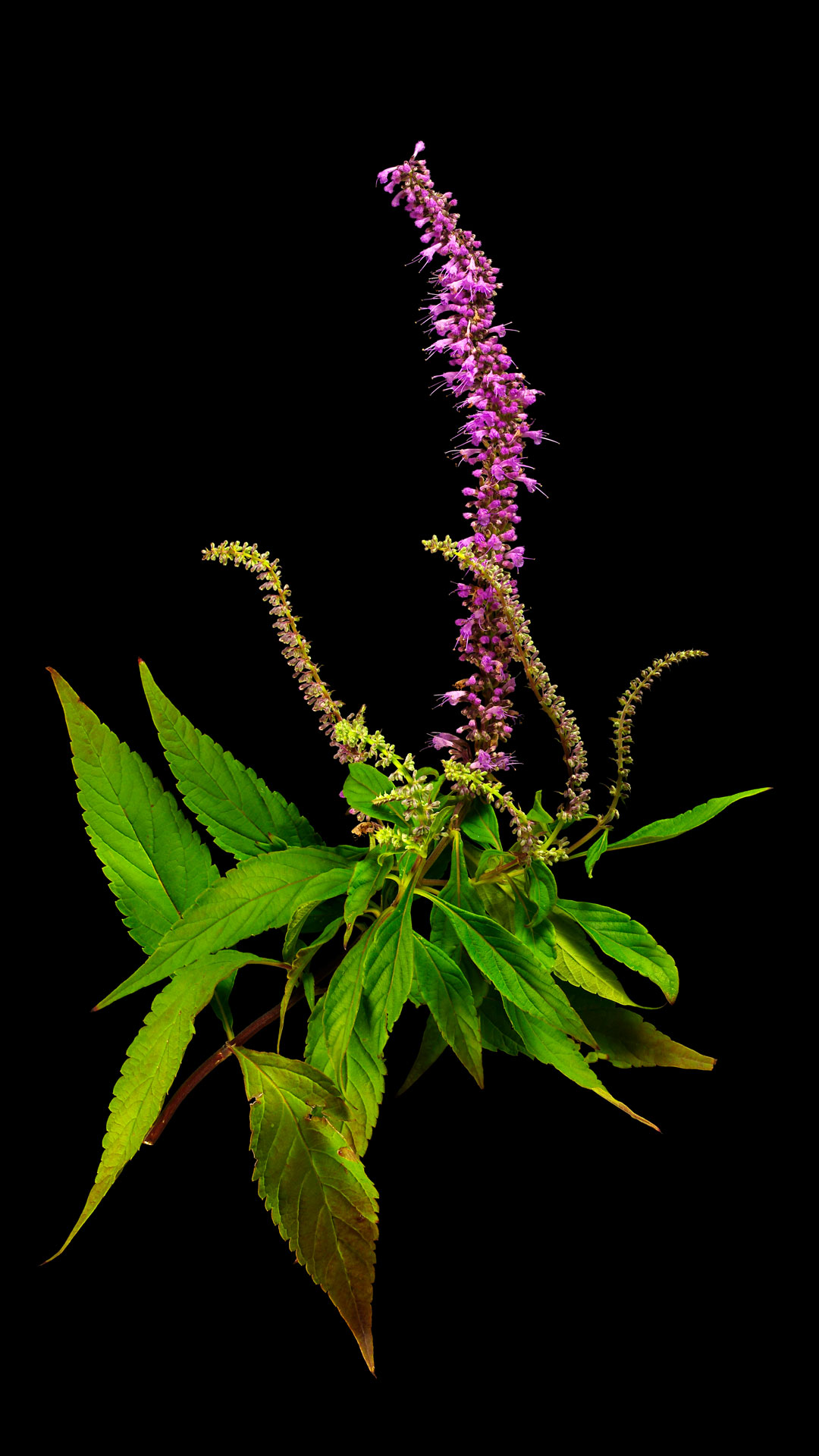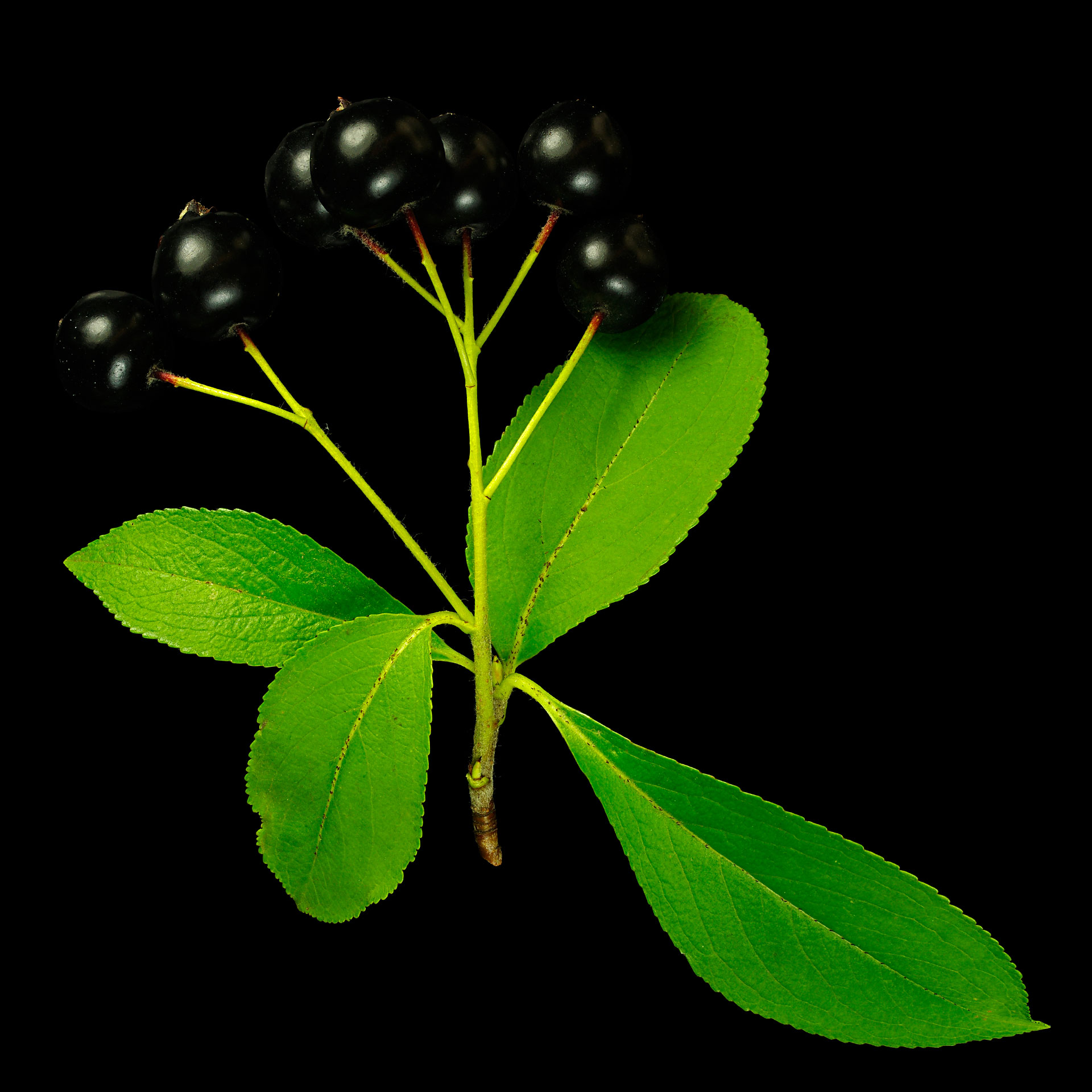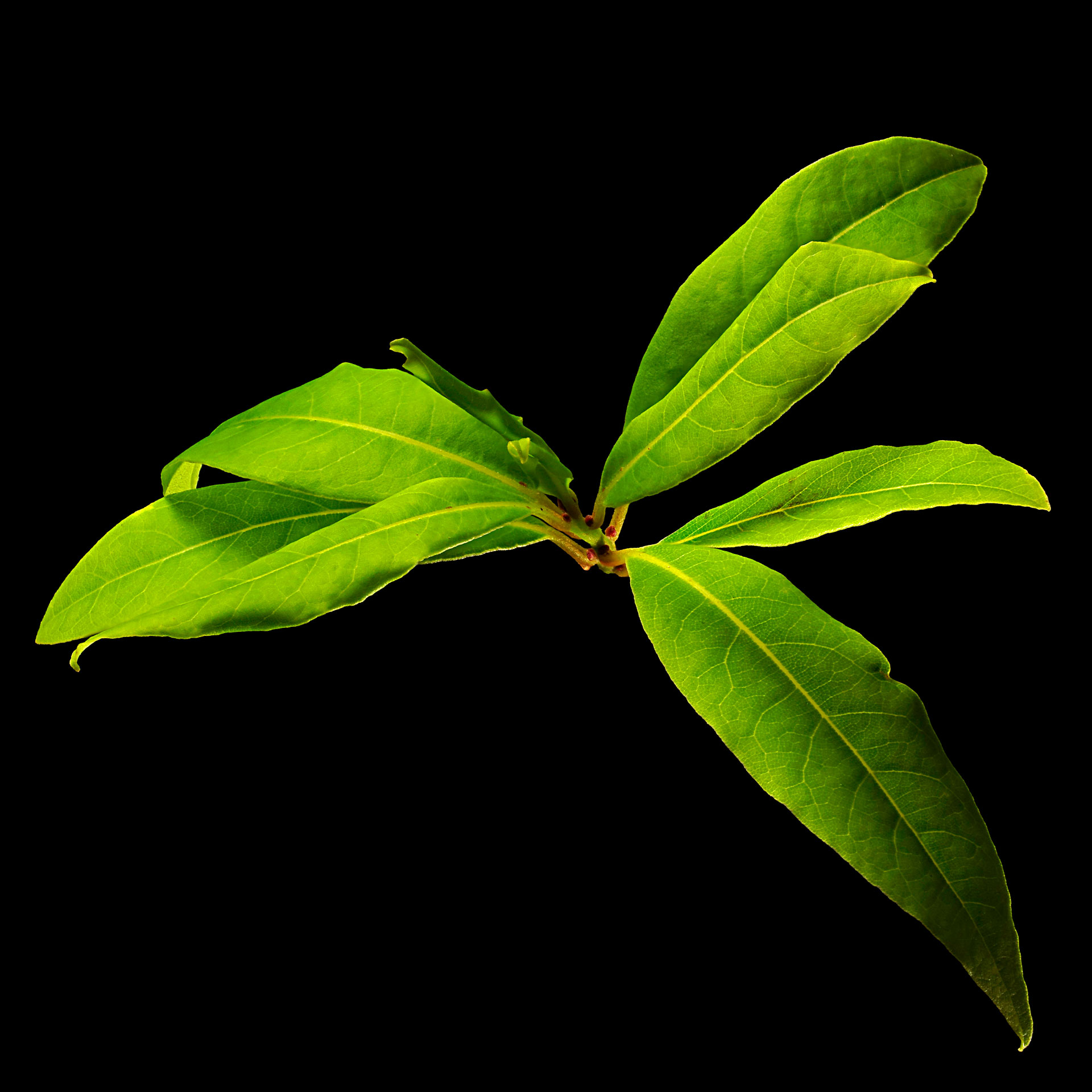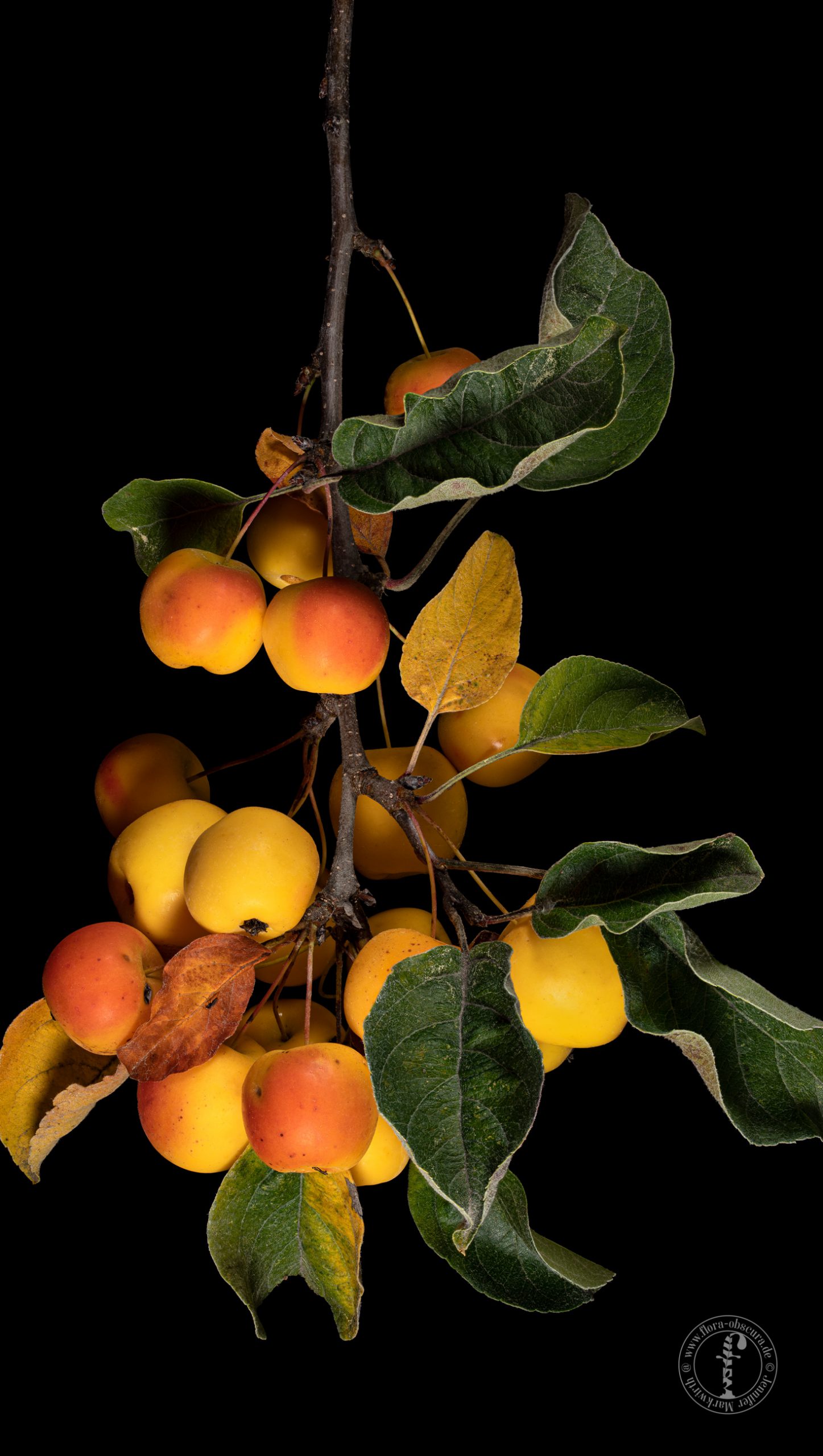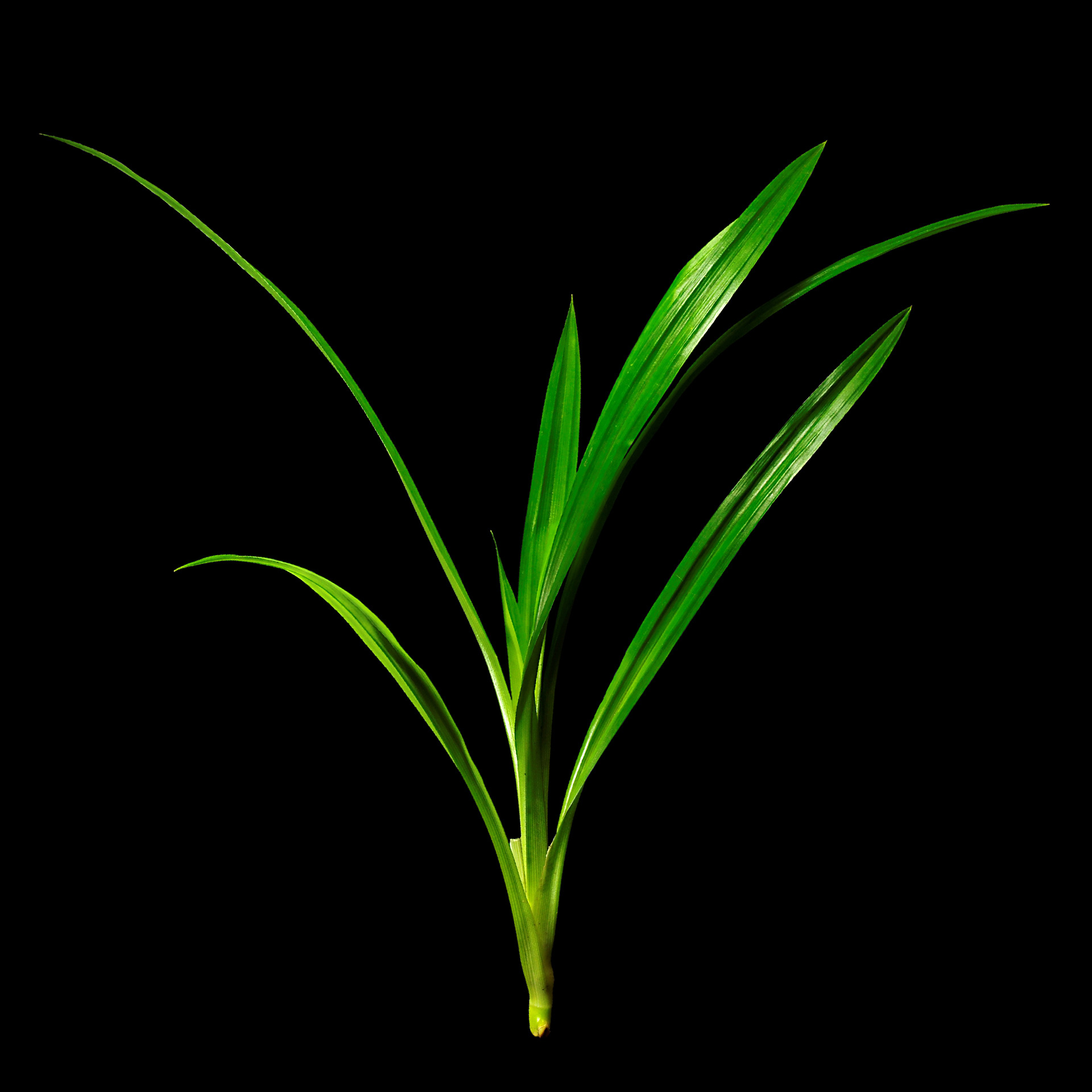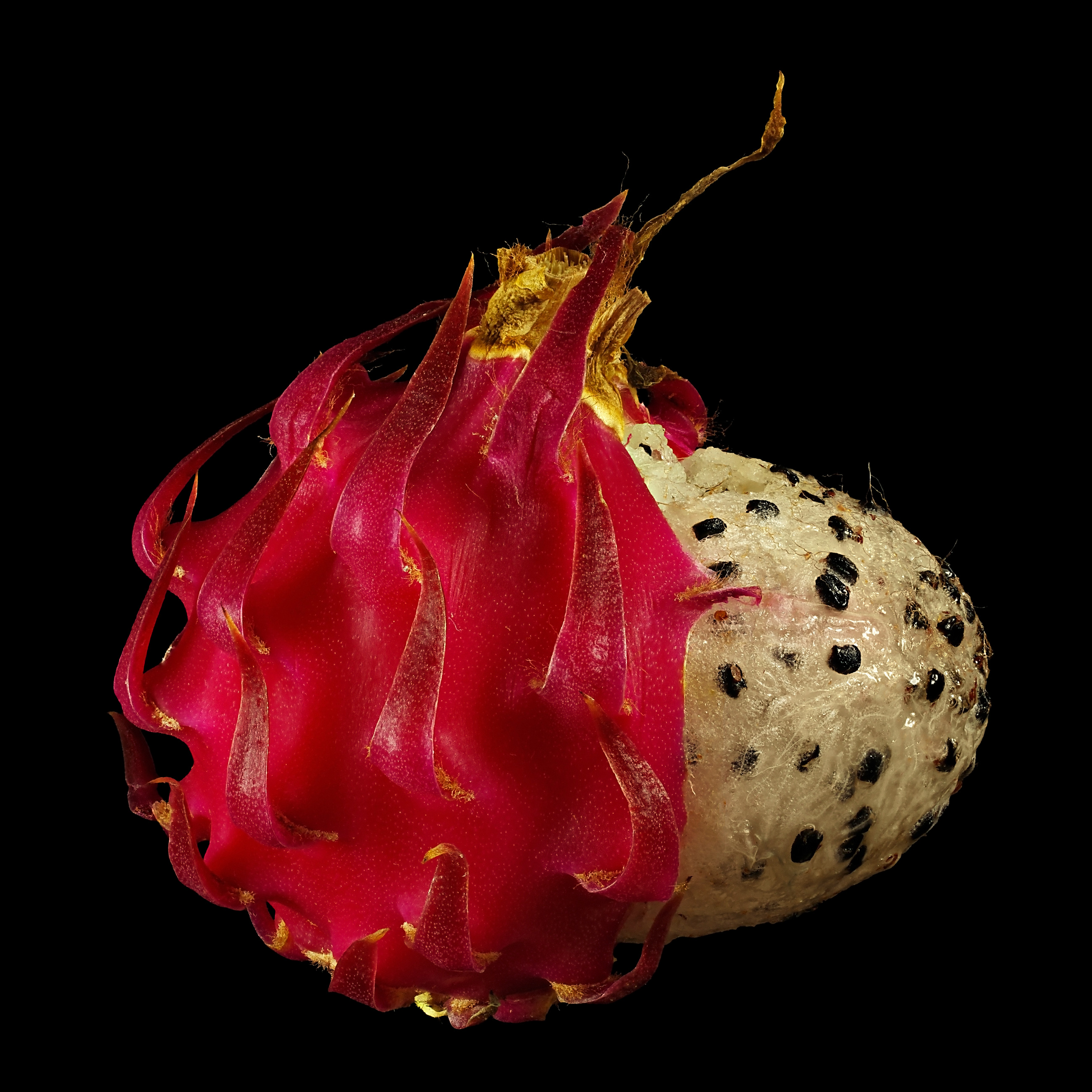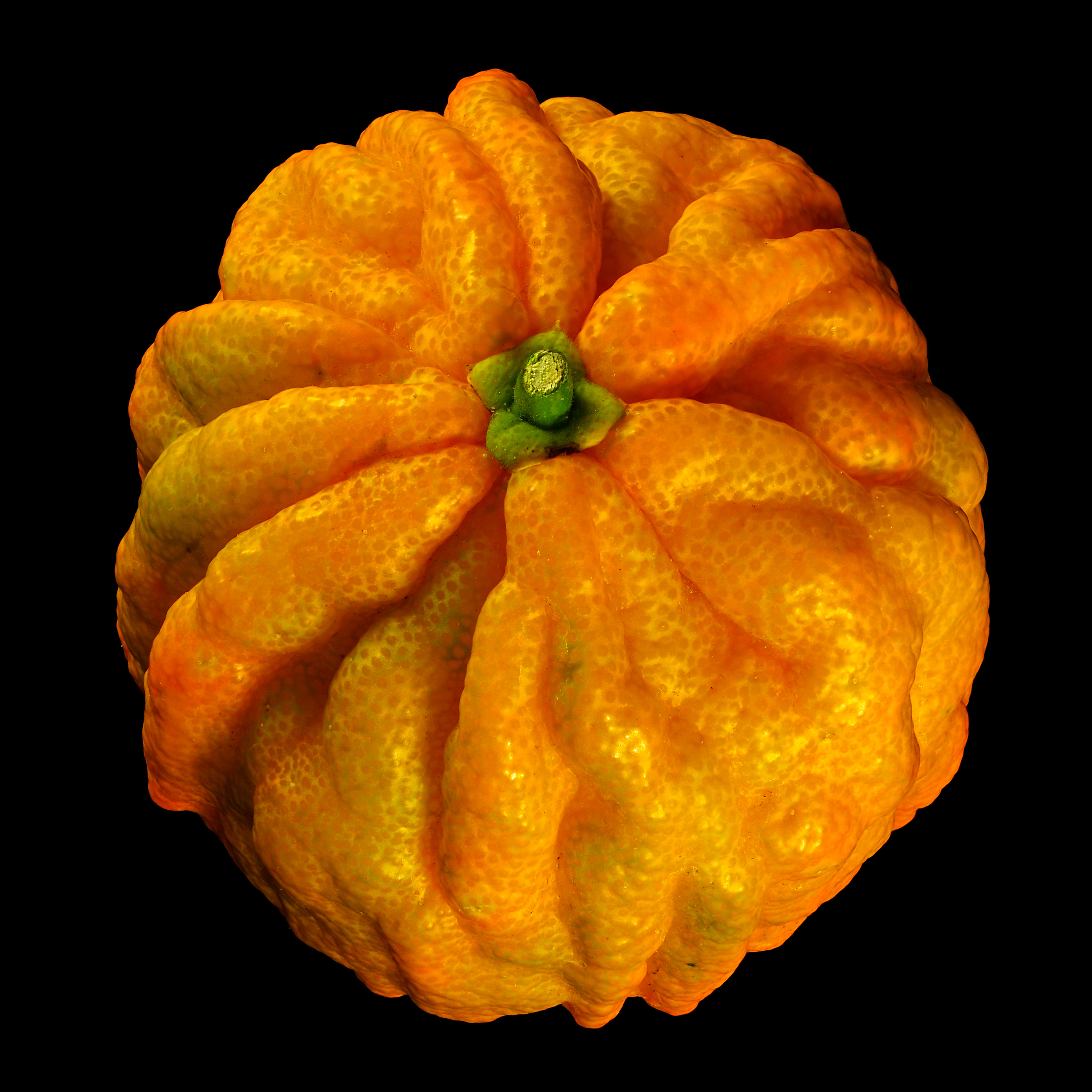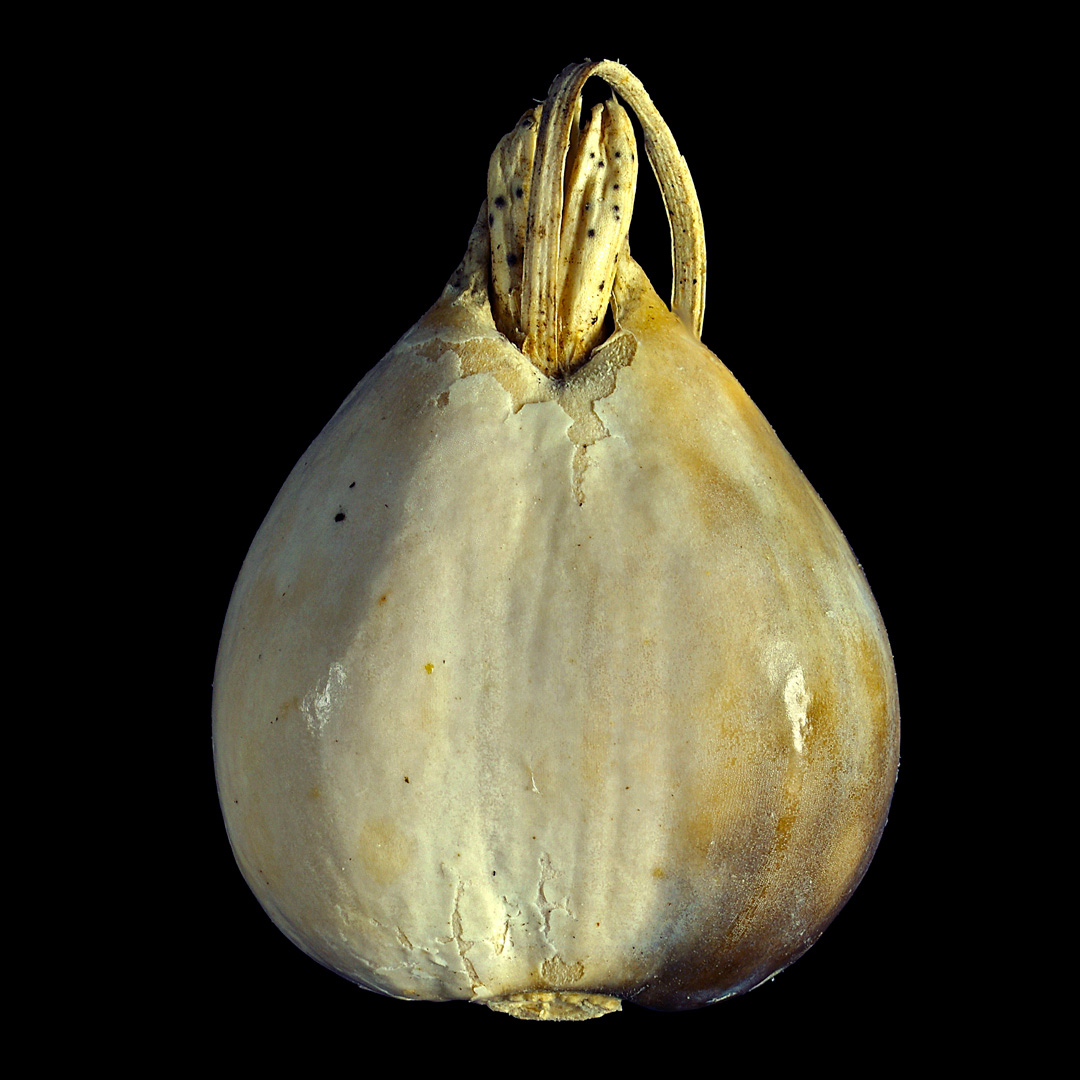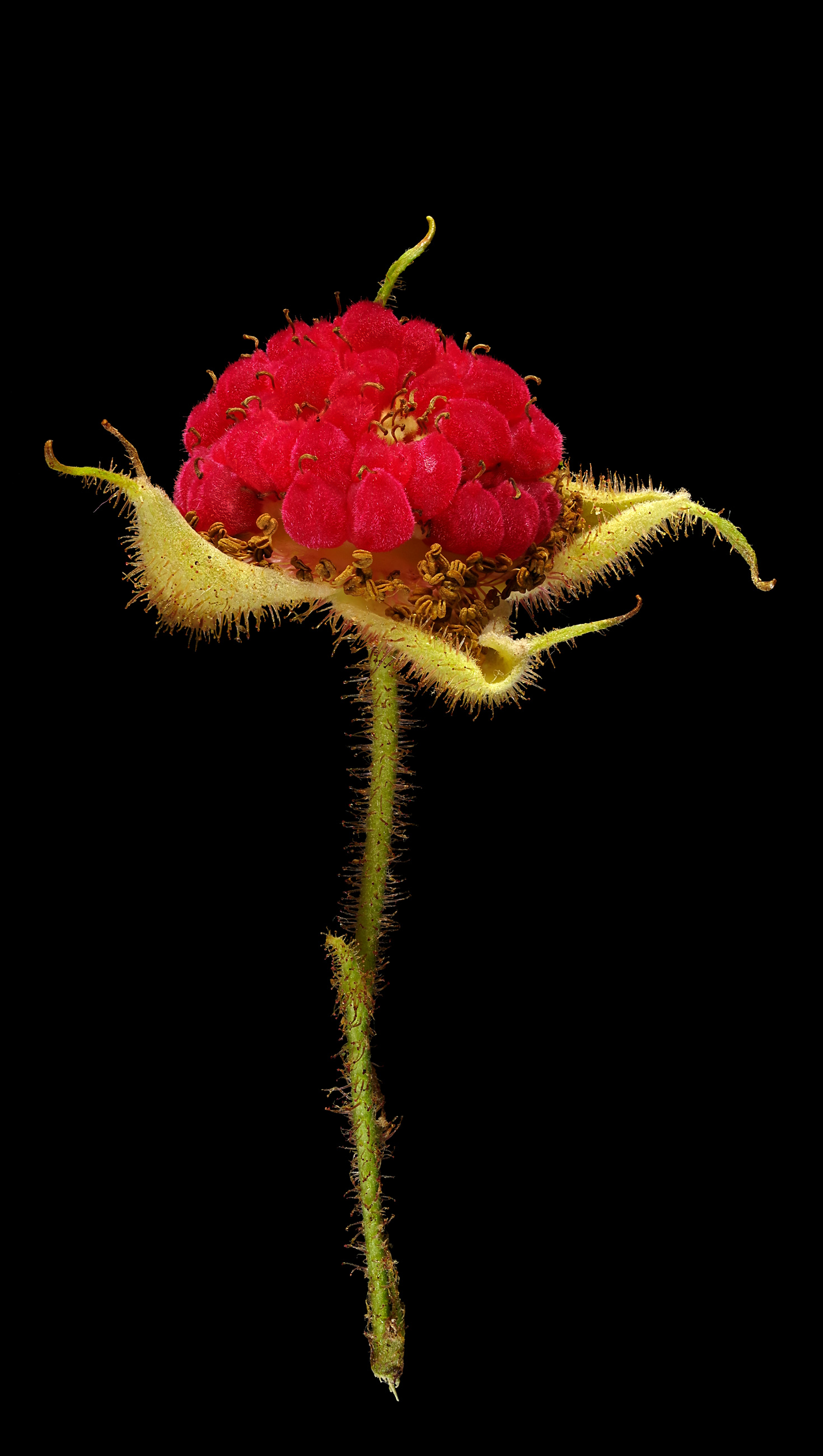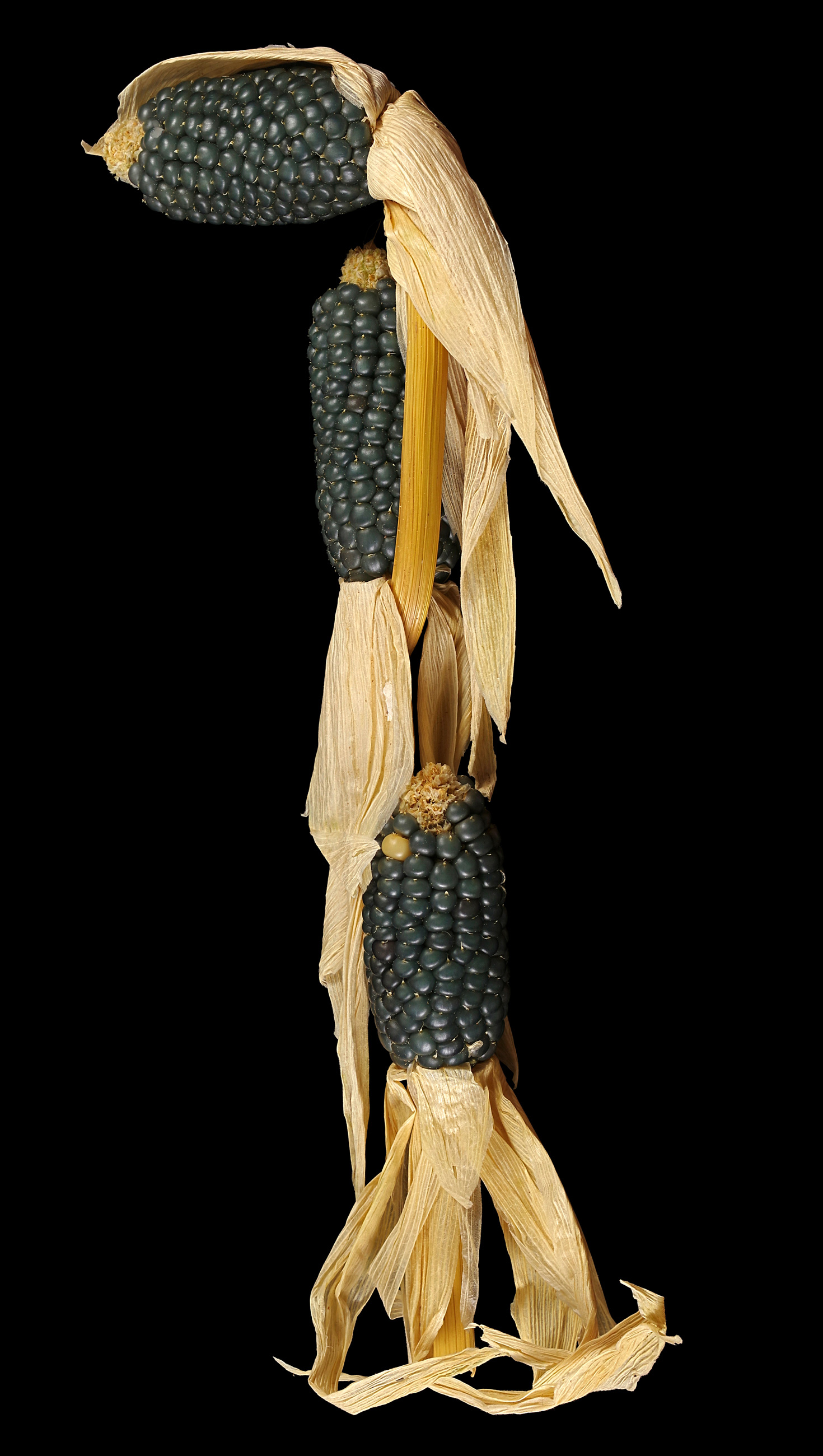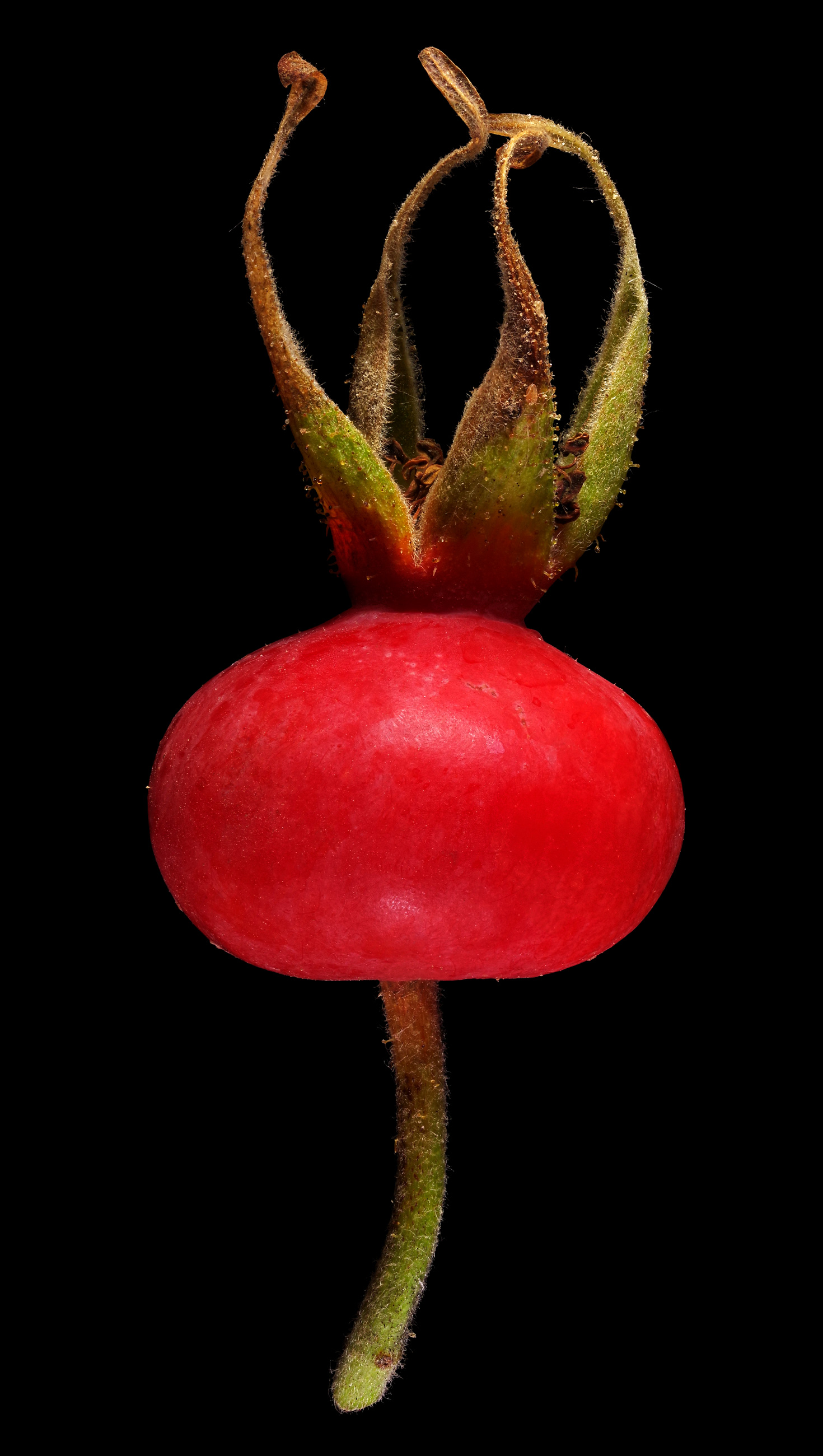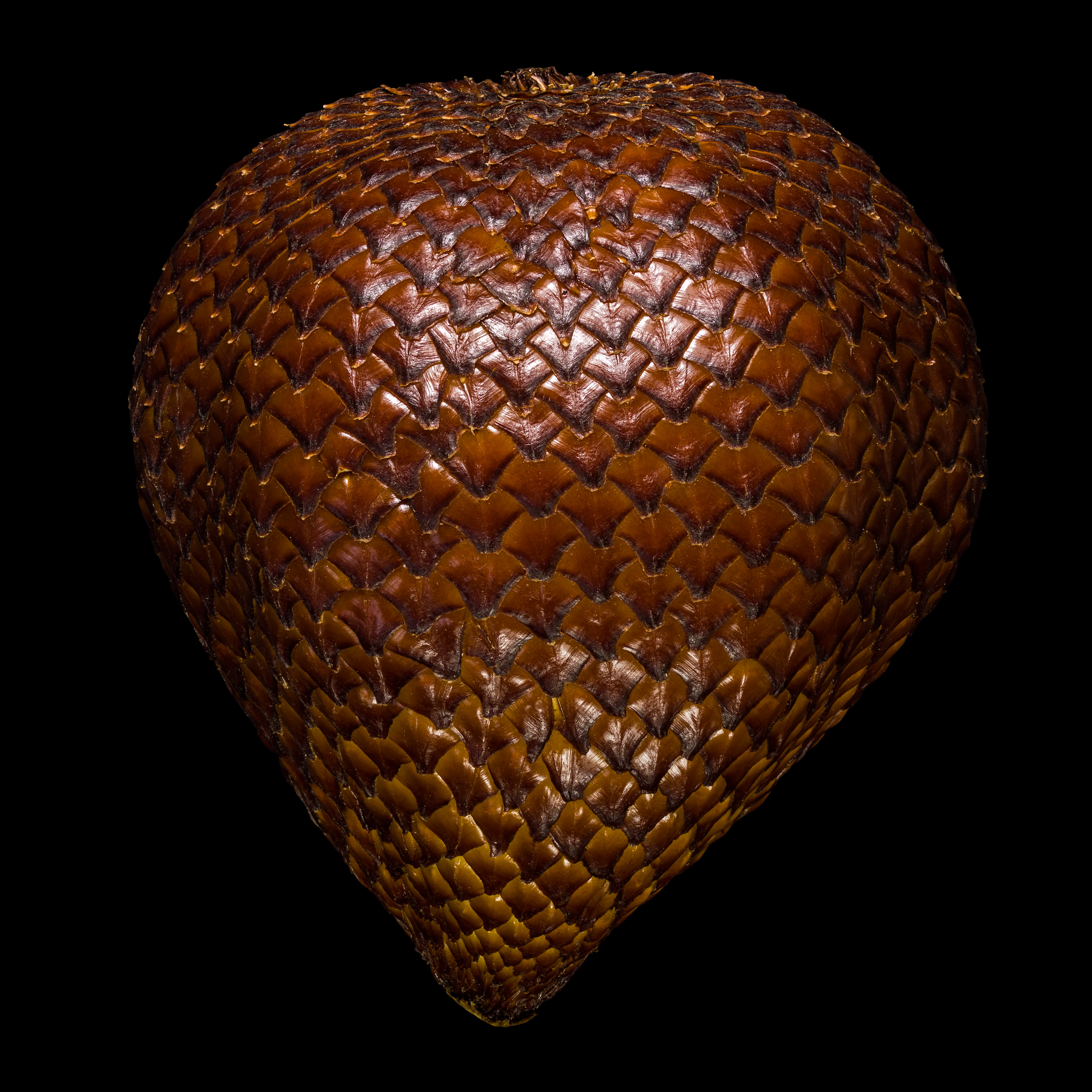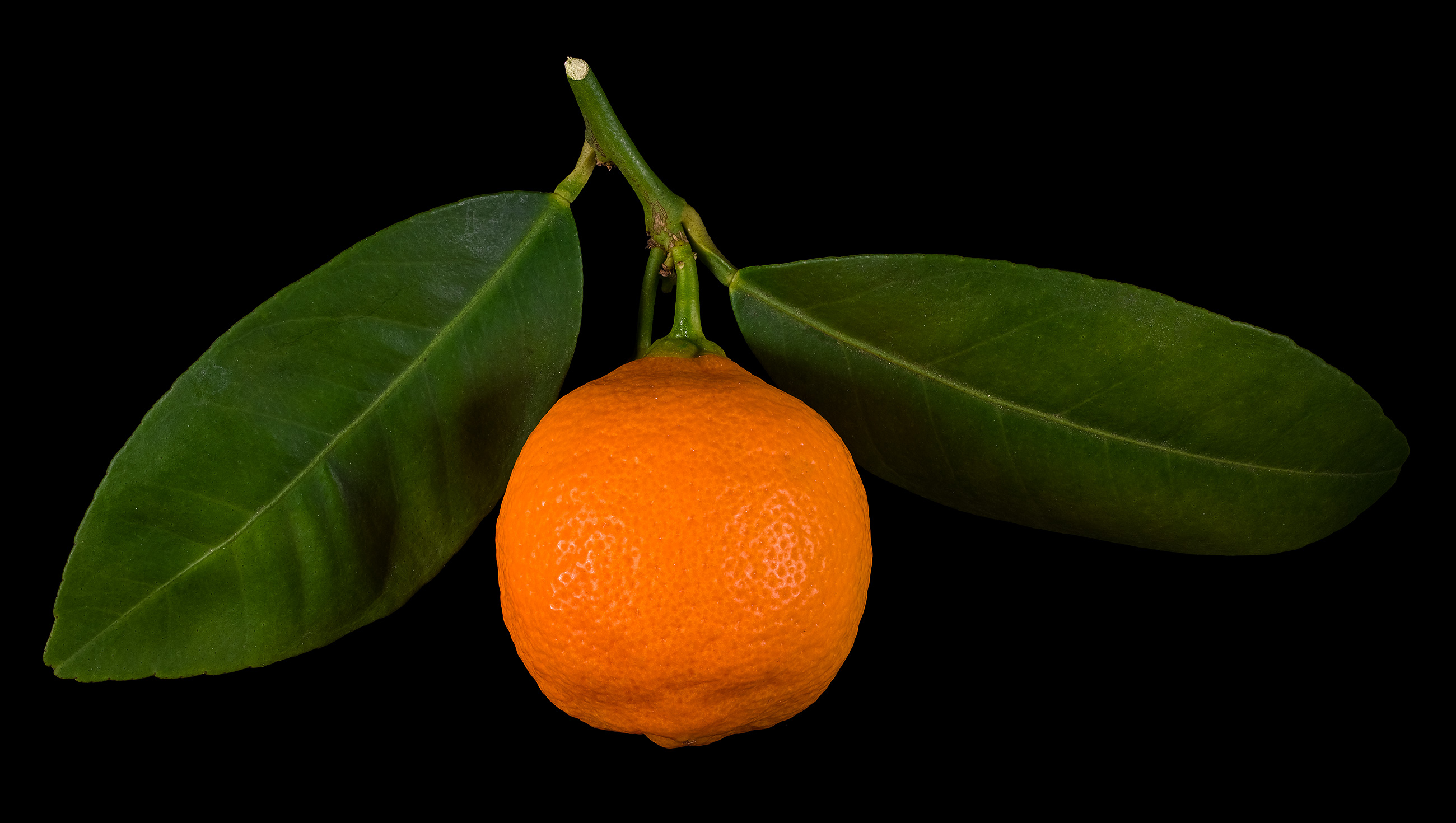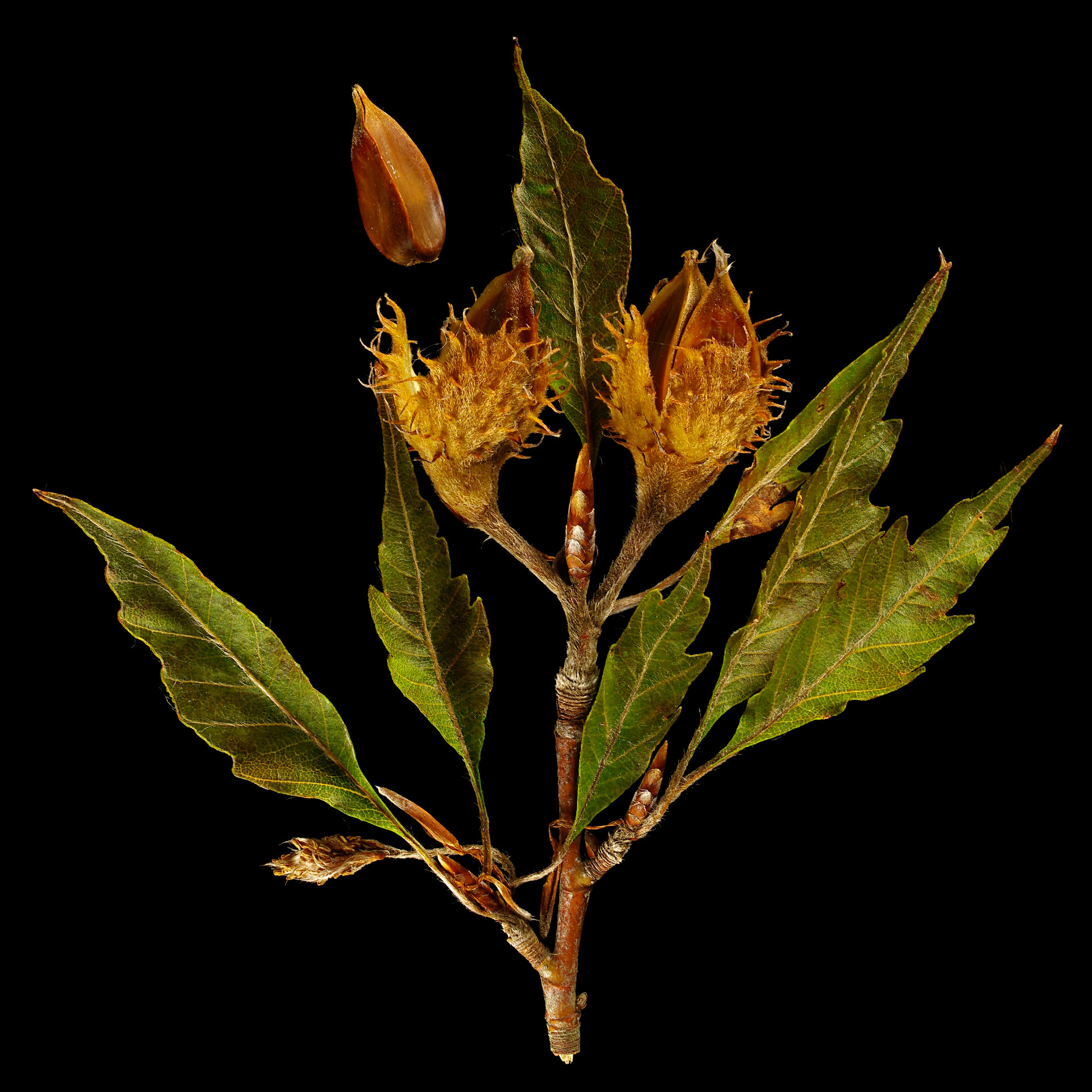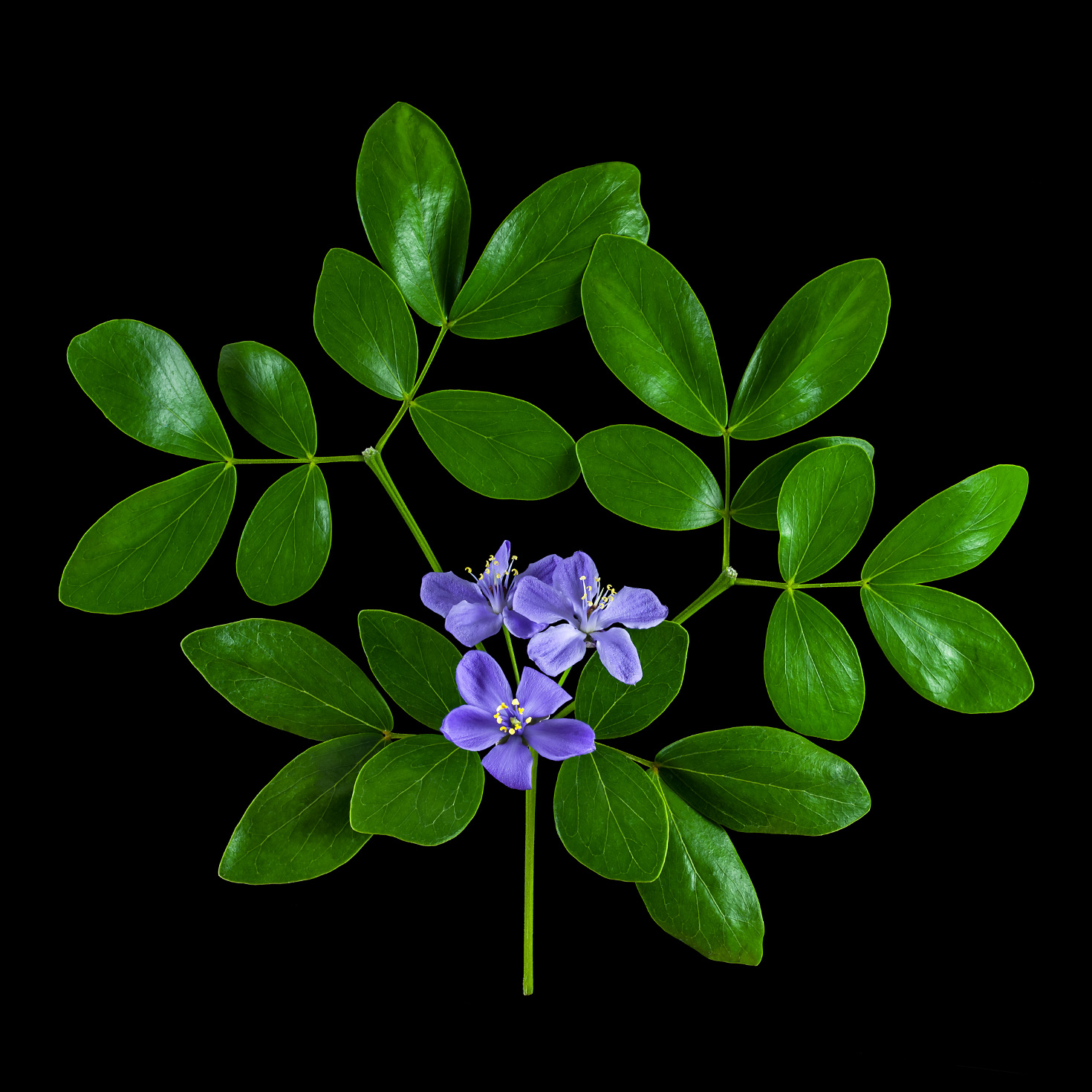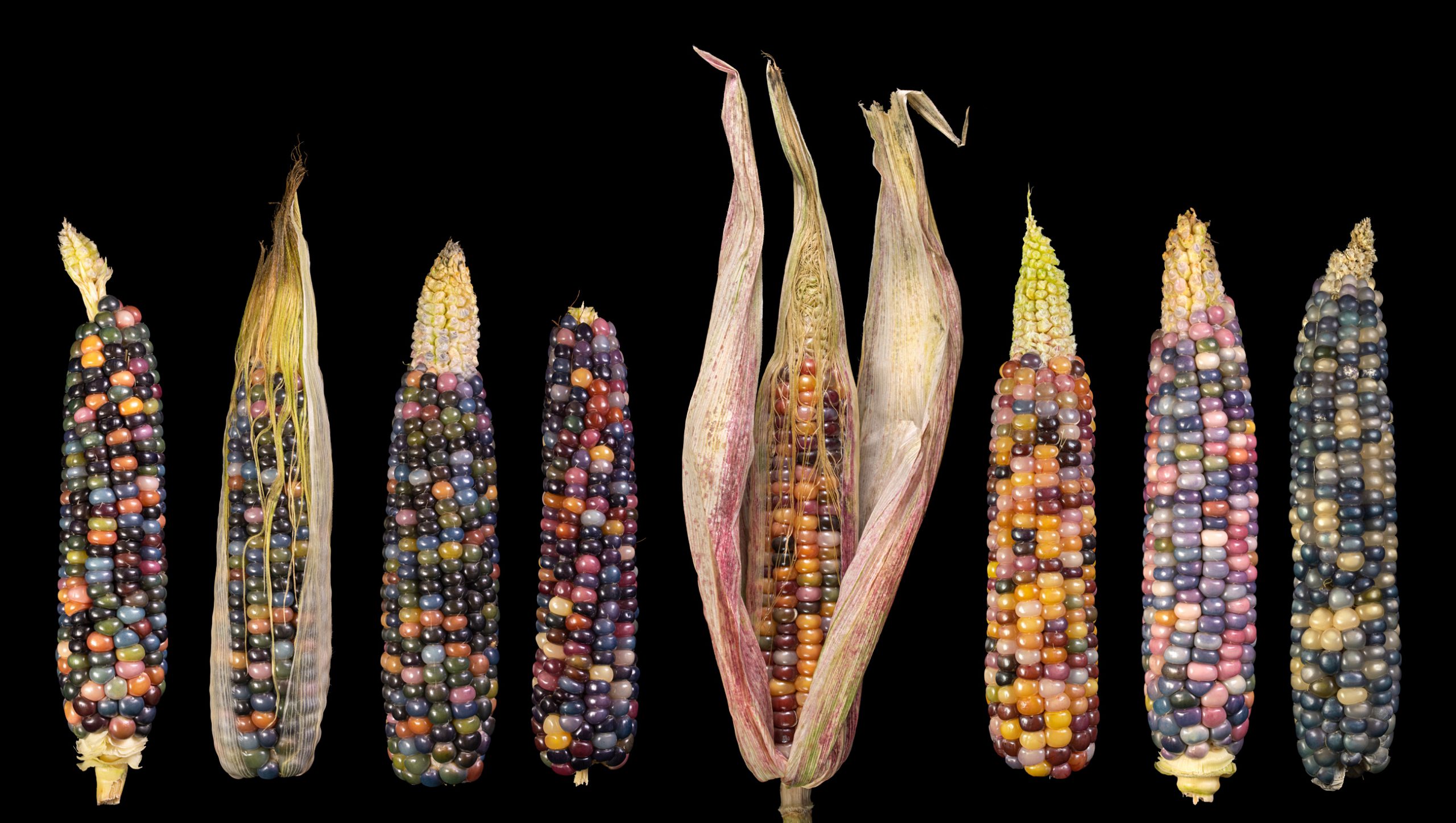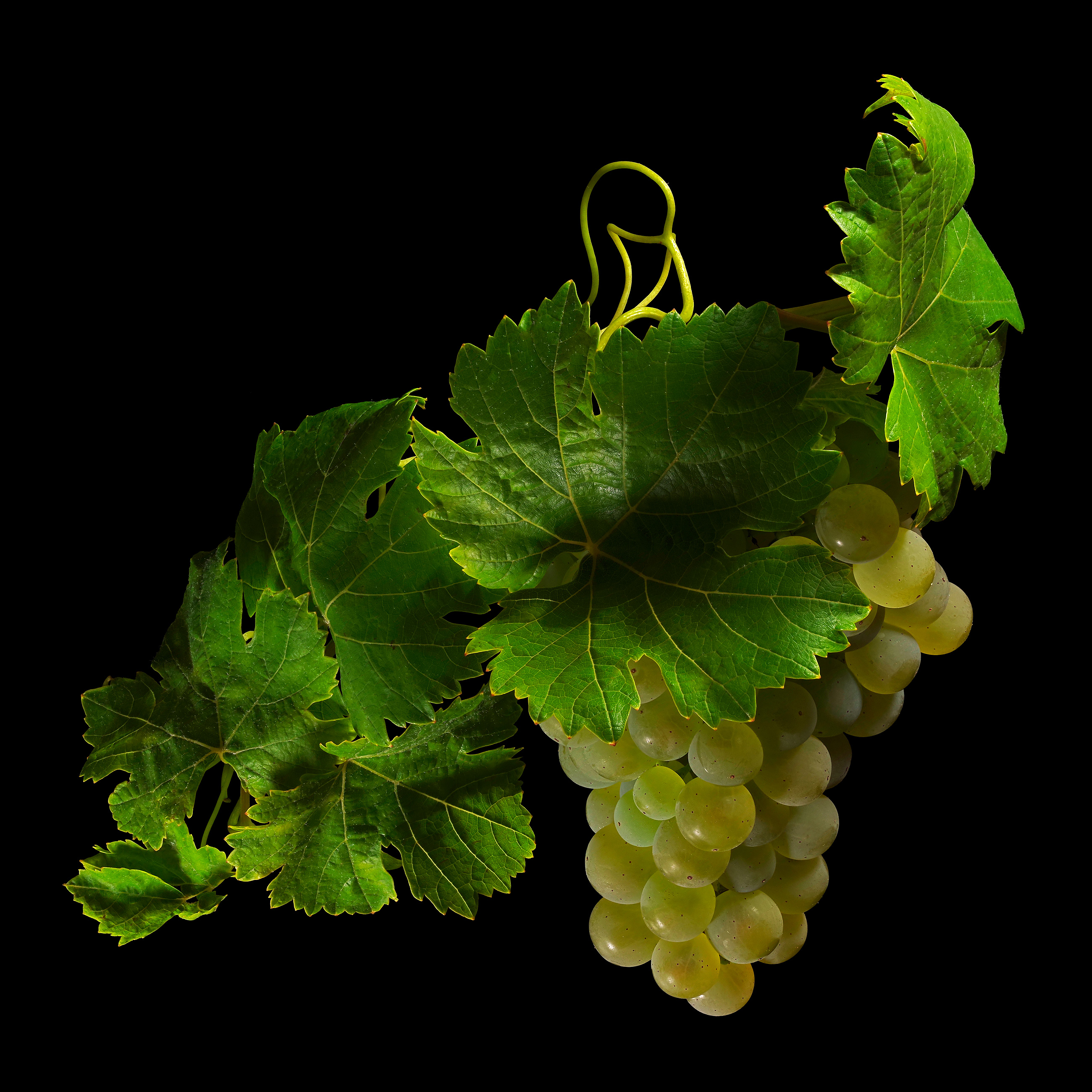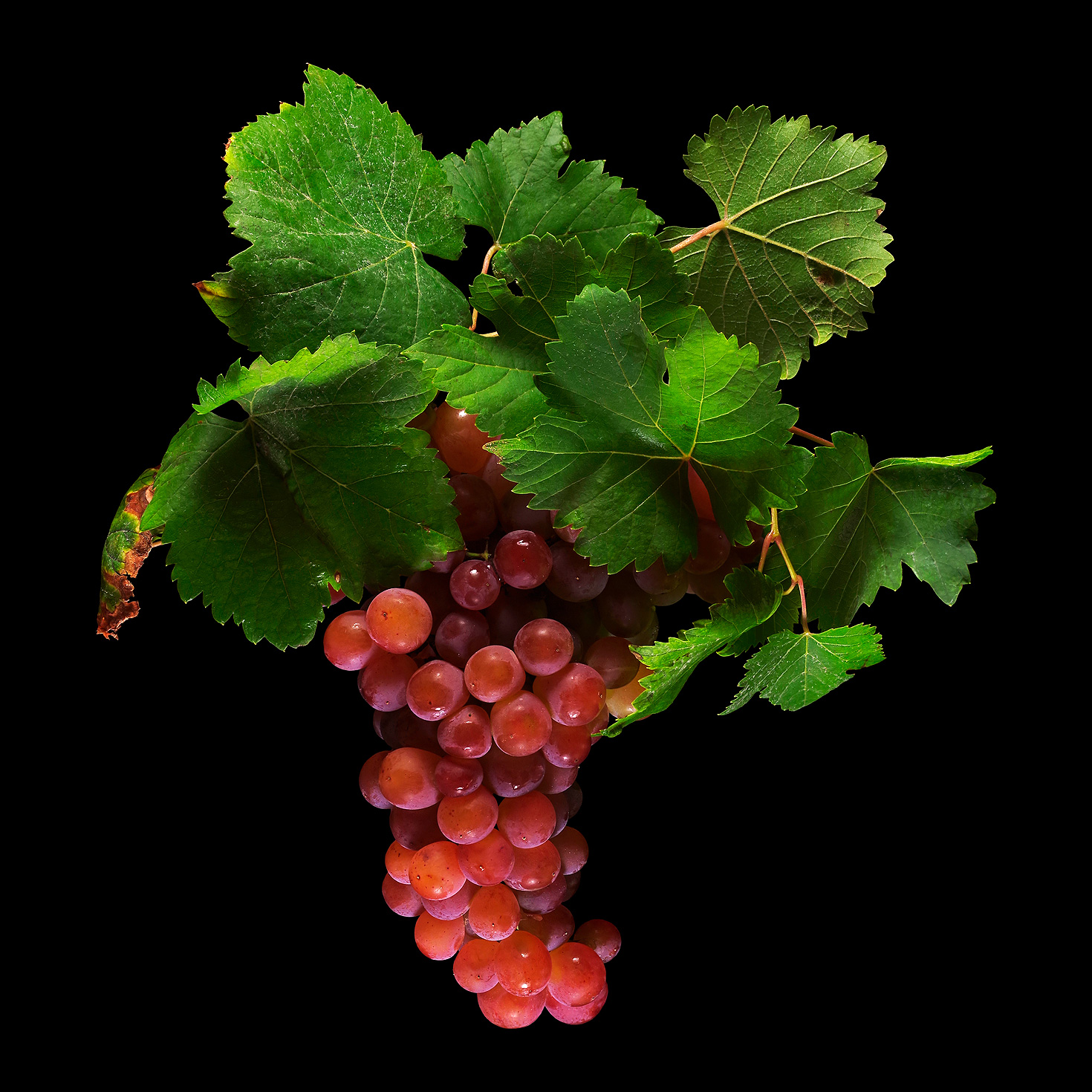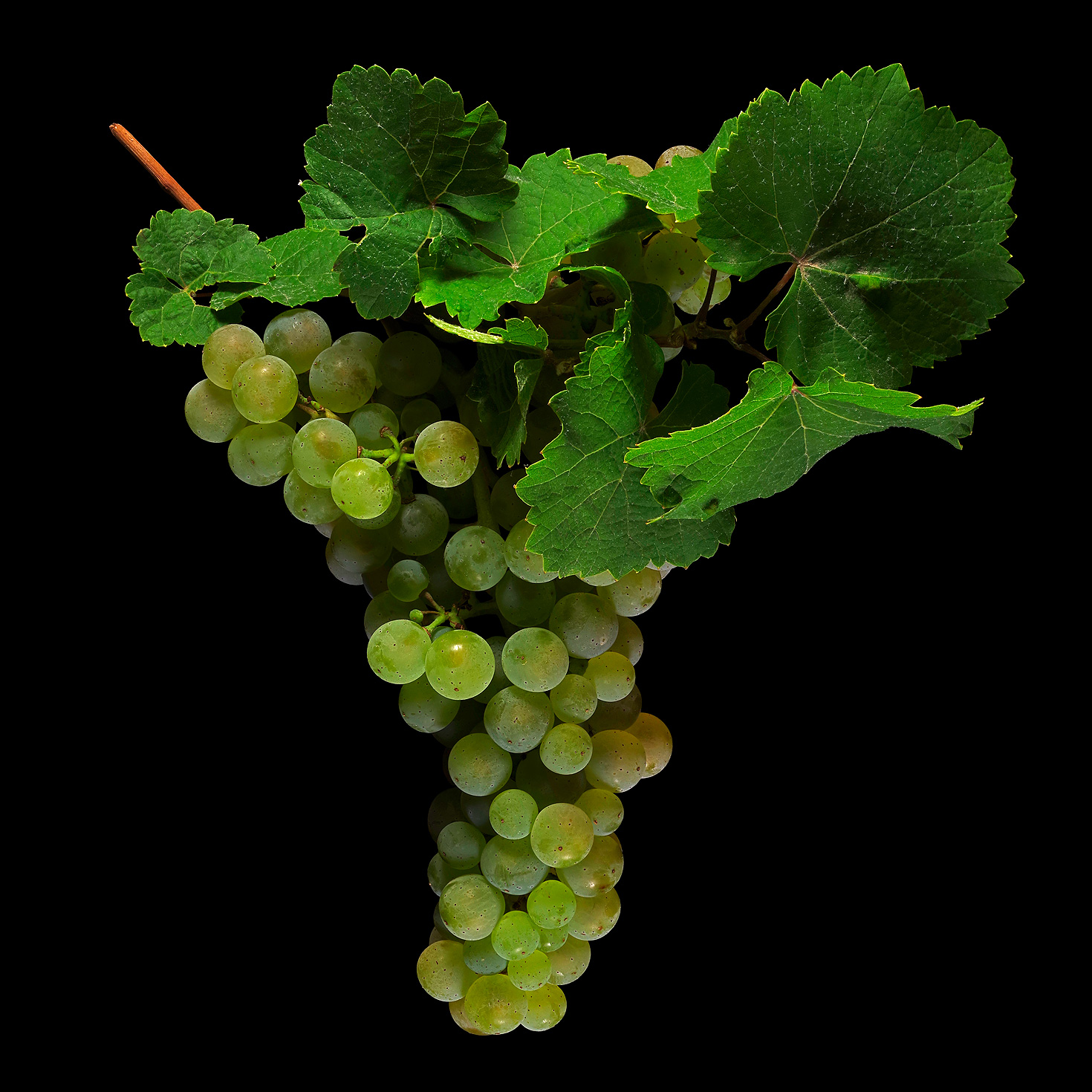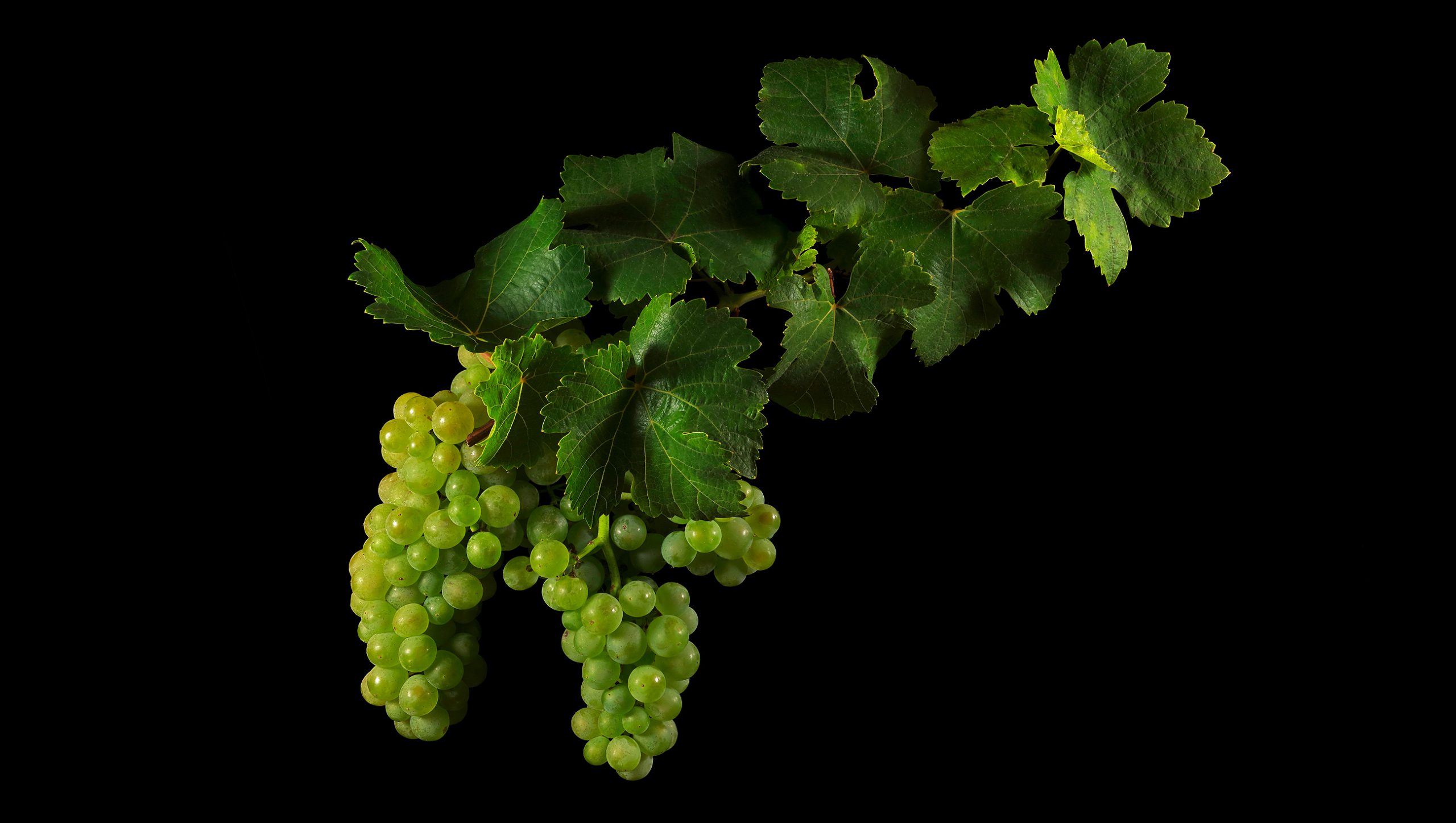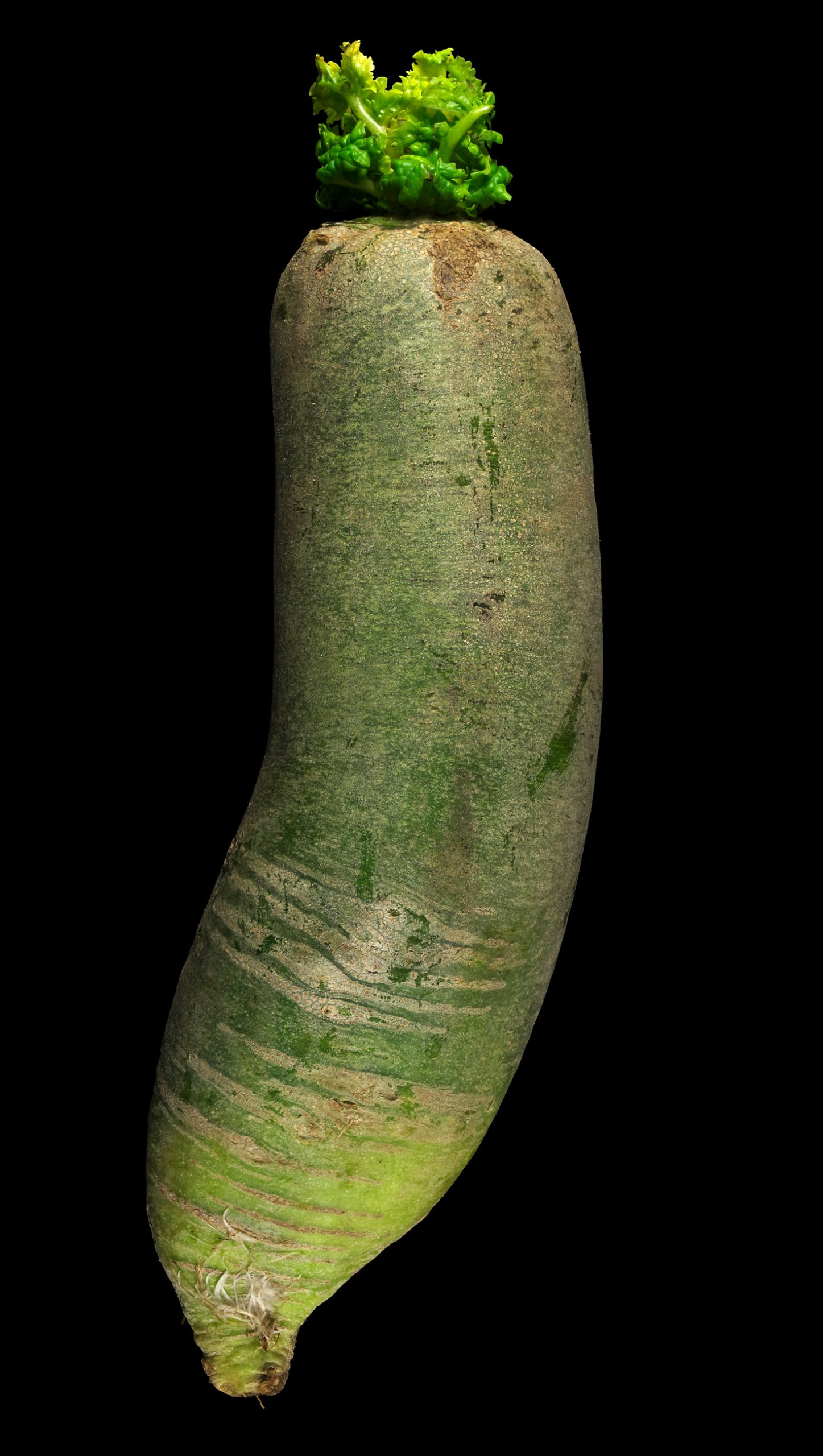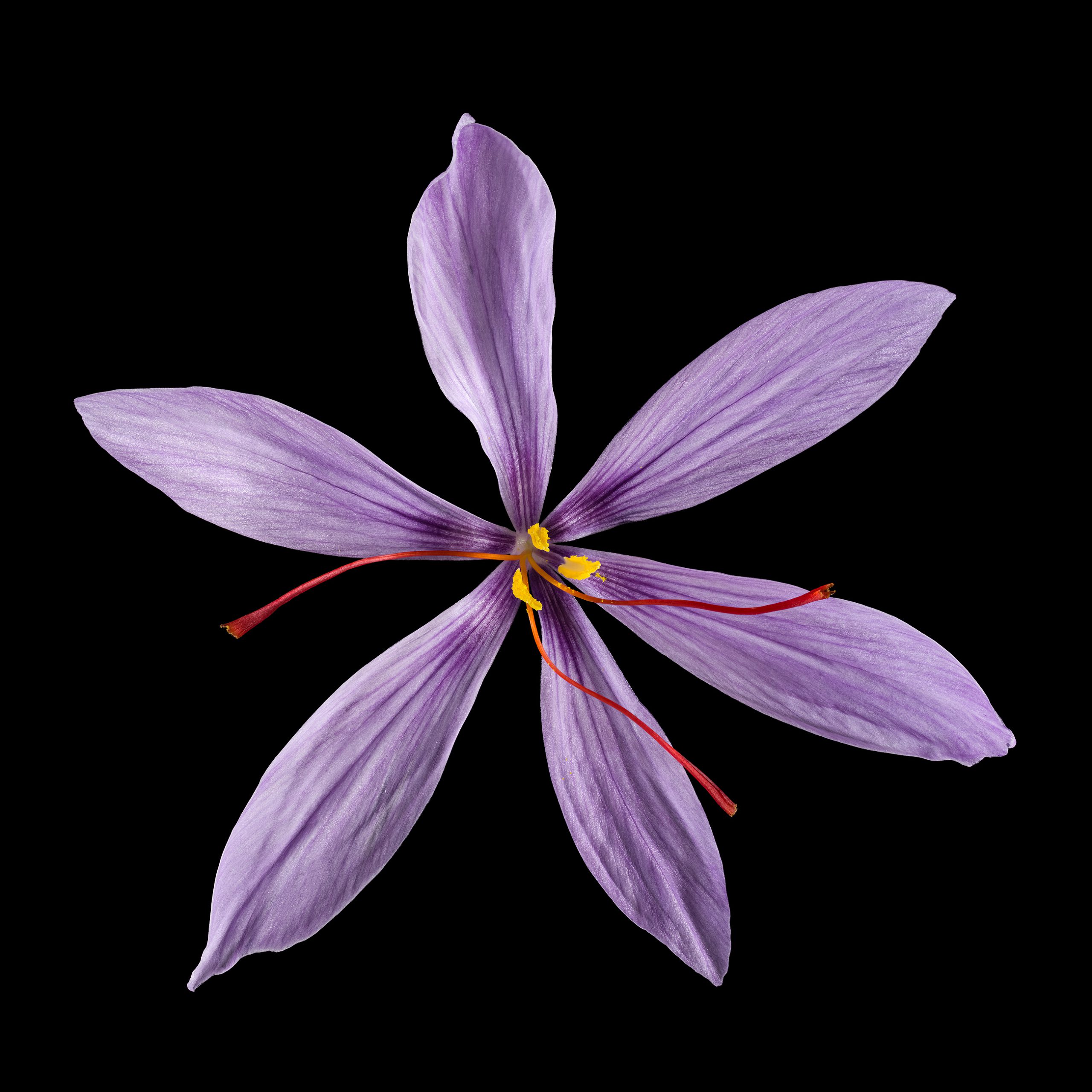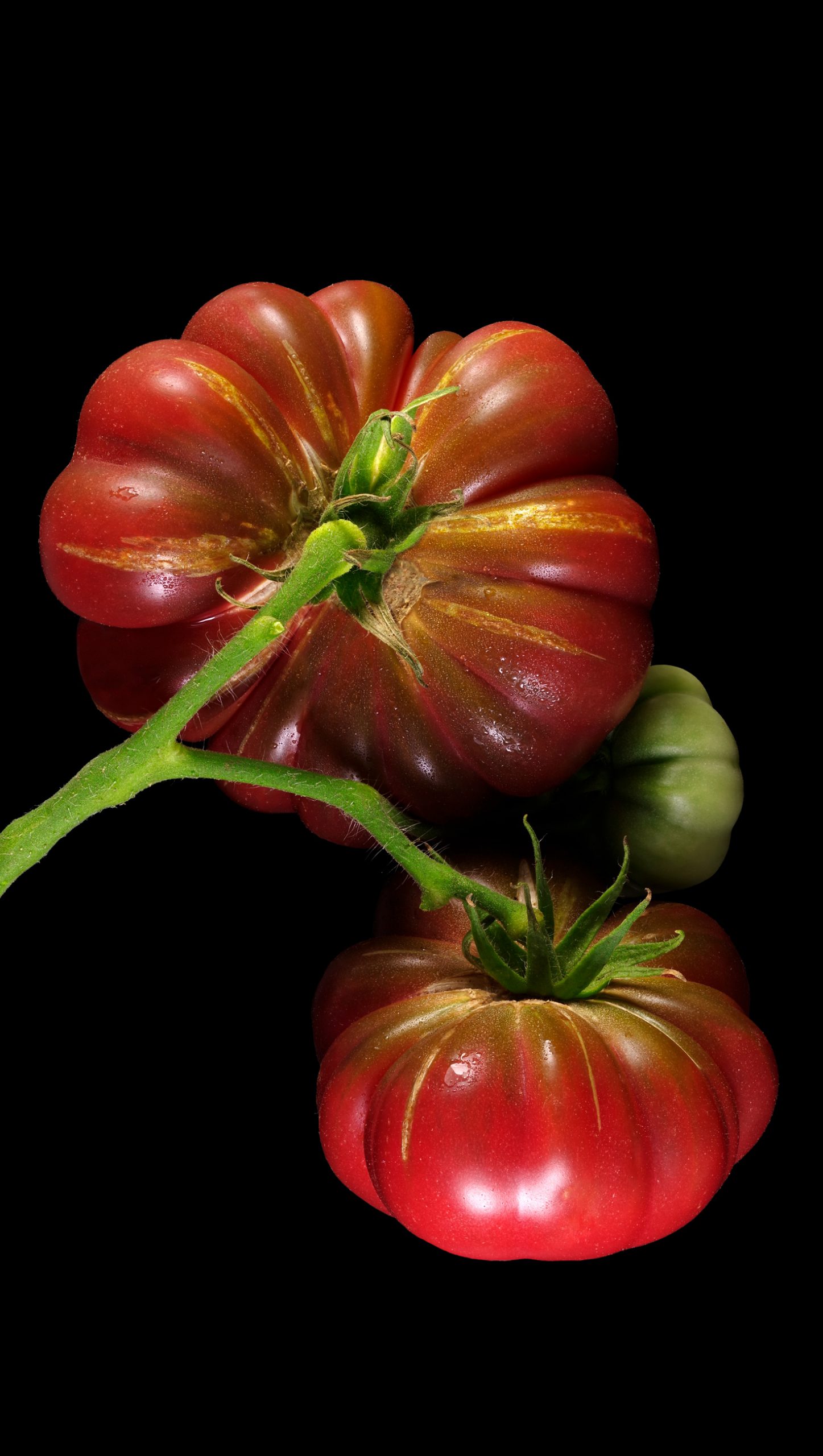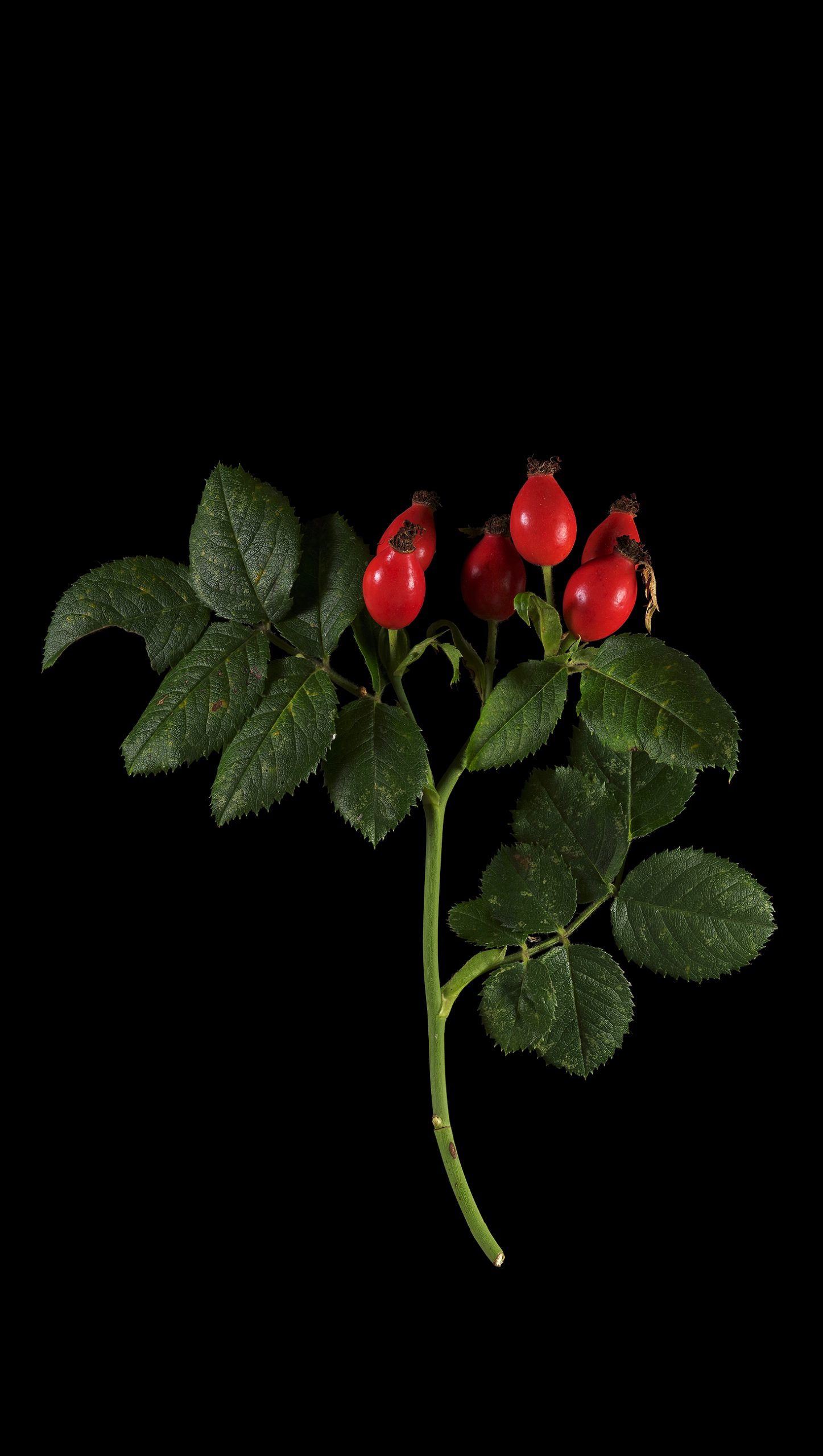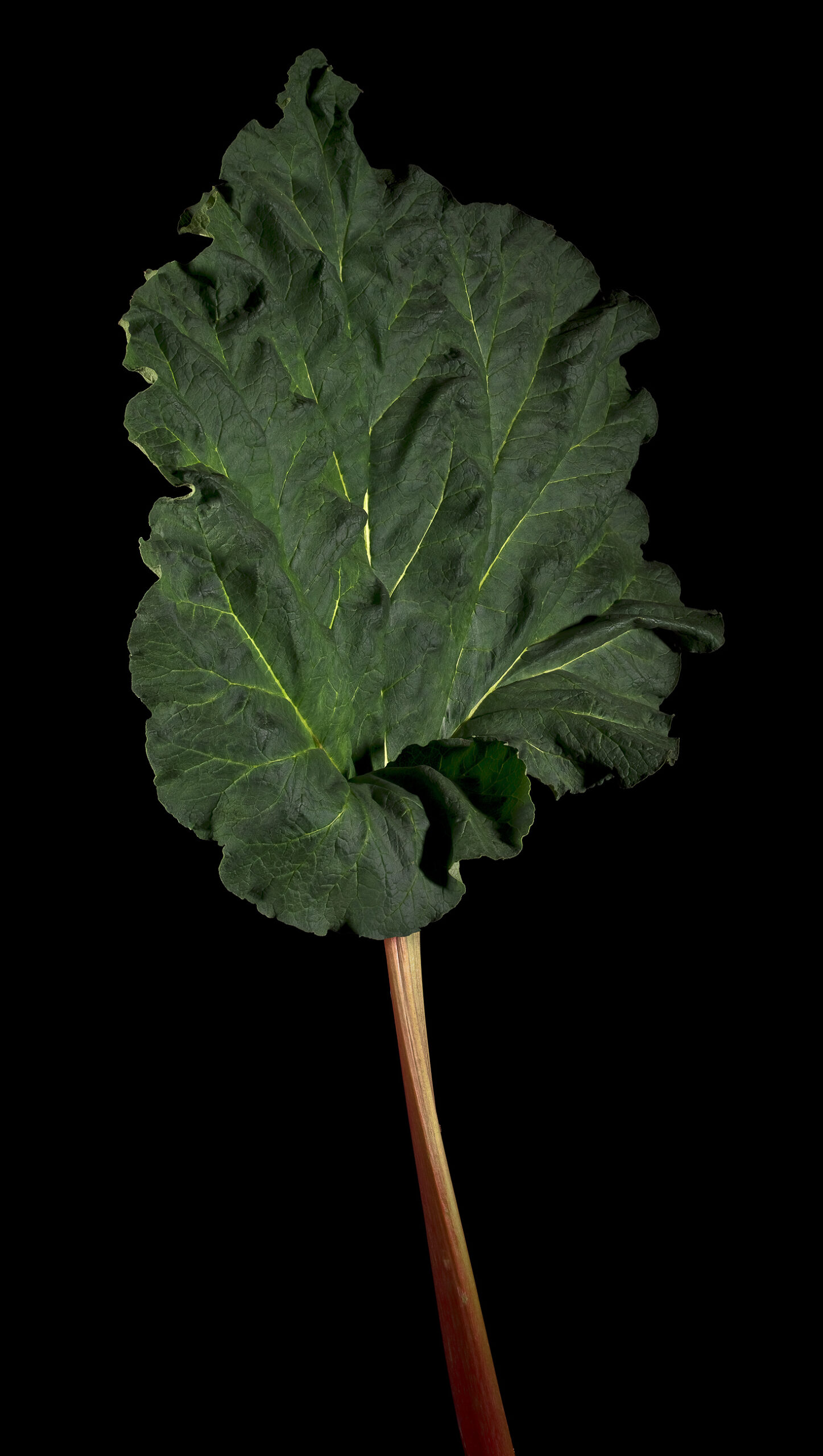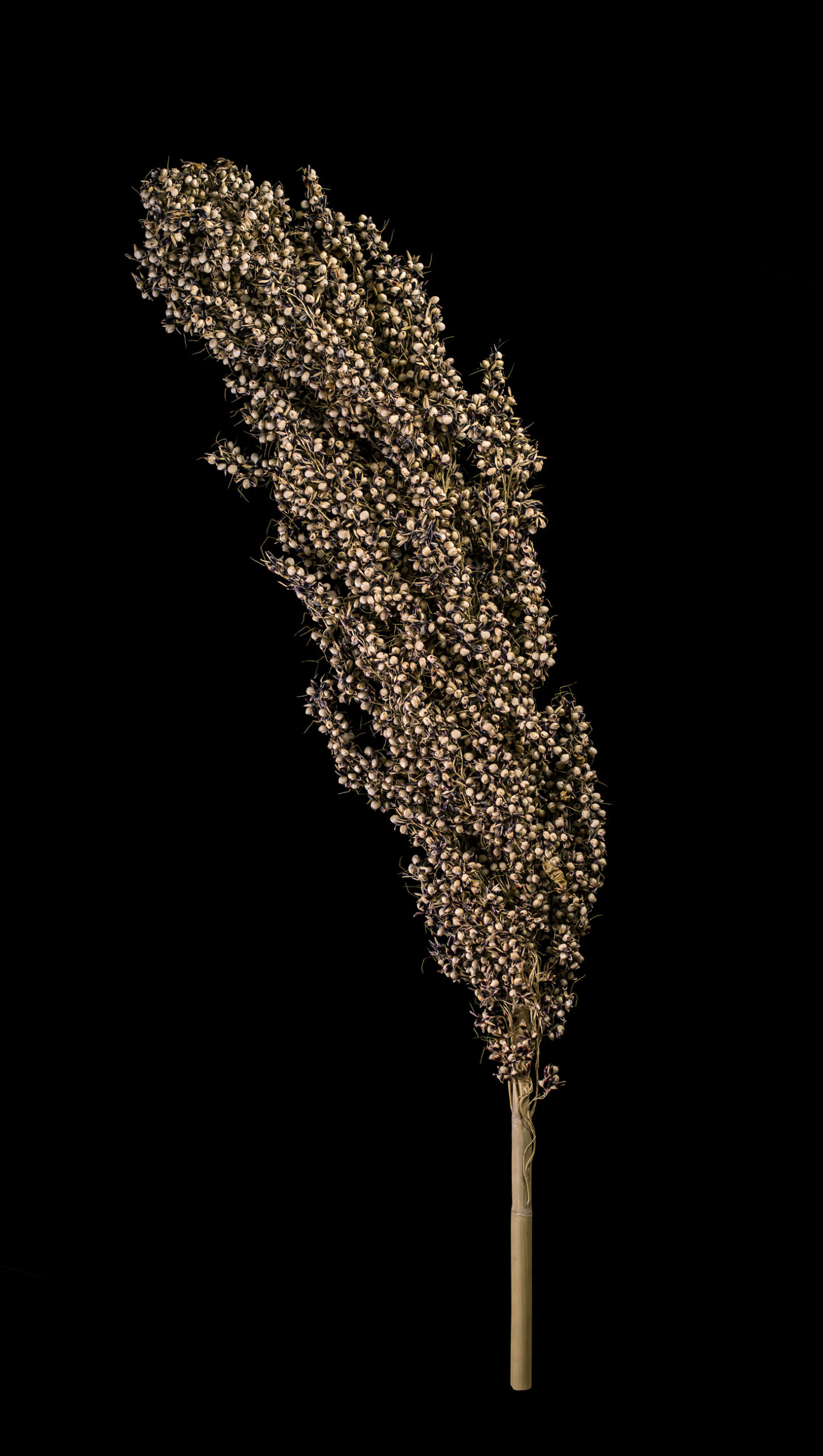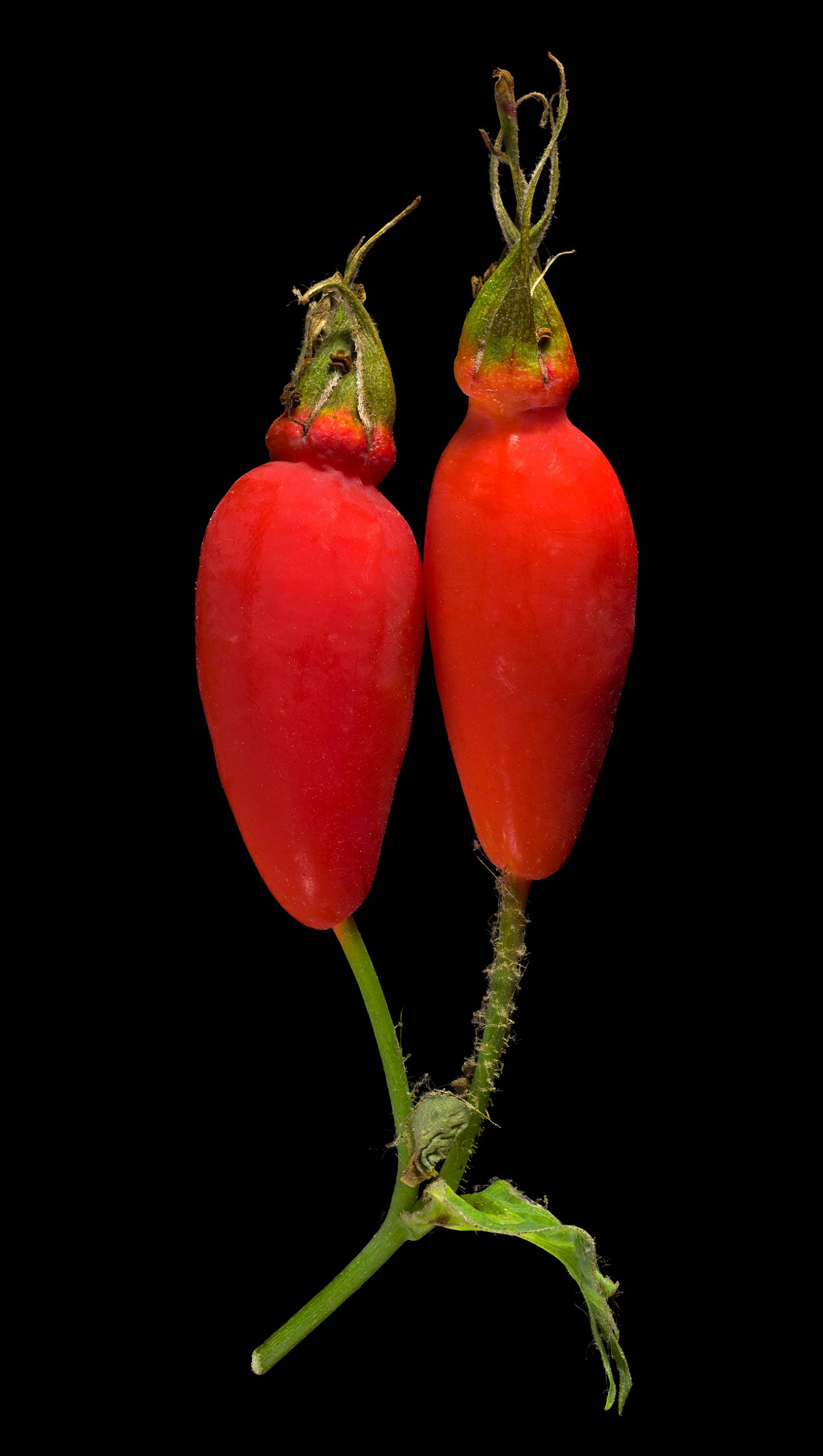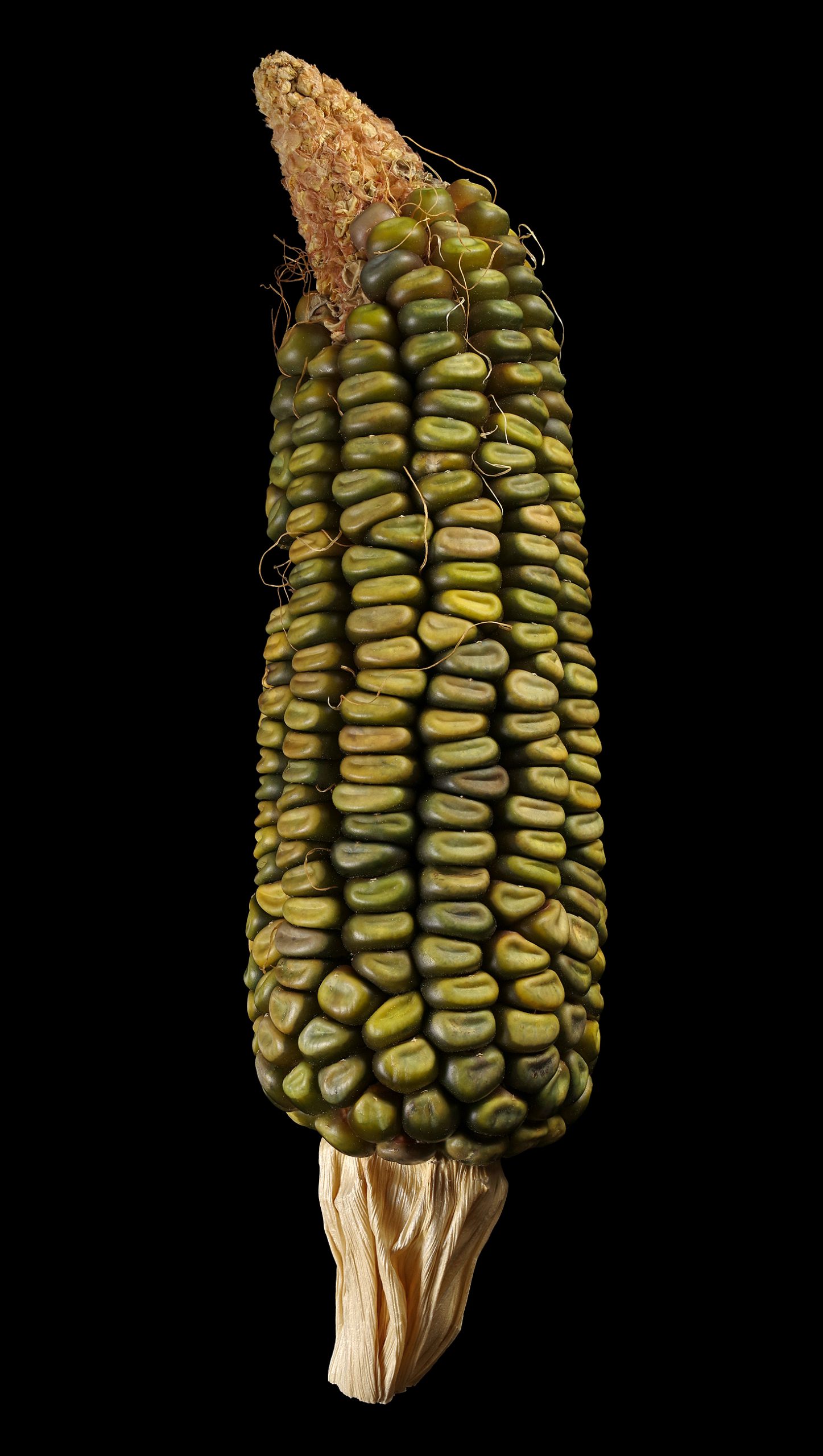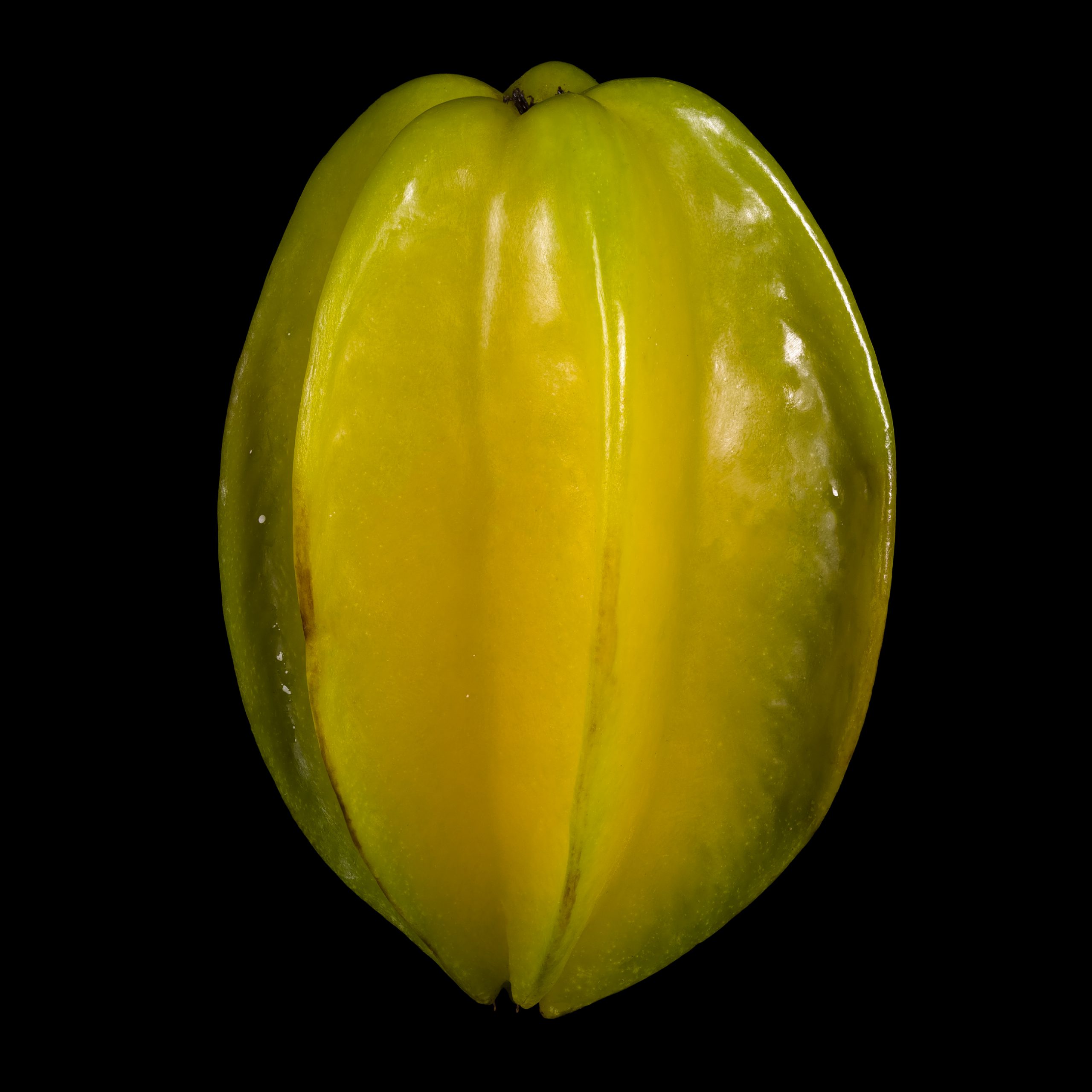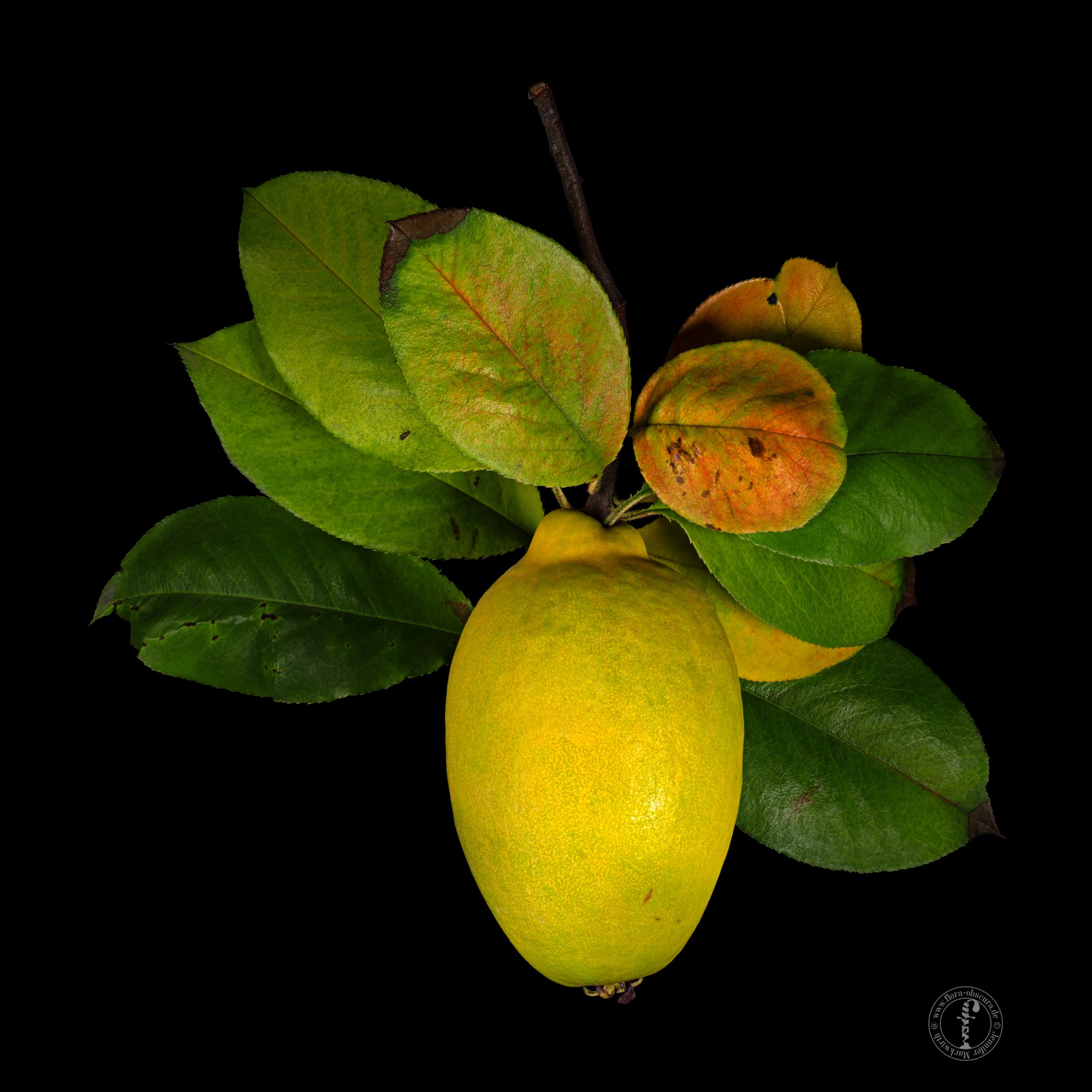Search Results for sweet
The list of preparation options for eating chestnuts is long…
Together with extracts of other flowers, violets form the basis of the violet liqueur “Parfait Amour”.
Unlike the grey-violet, roundish passion fruit (P. edulis f. edulis), this fruit of sweet granadilla is rarely used for the production of juices, but mainly as freshly eaten dessert fruit.
Of all the yellow cherry varieties, this one is probably the best known and most common throughout Germany.
The whole herb is used with flowers and stems, both fresh and dried. It goes very well with potato dishes and legumes.
The purple or reddish, brittle cocoa beans are first fermented with the help of the sweet pulp for about 10 days, which reduces the bitter substances and slowly develops the typical cocoa aroma.
Just like fruits, such arilli can be very fleshy and taste sweet.
Miracle berry has a unique effect on our sense of taste: it superimposes taste impressions in a way that everything is perceived as being sweet.
The flesh of this persimmon reminded me of a dried date: it was brown and soft, tasted sweet, perhaps caramel-like, but unfortunately also „not quite fresh“.
The extraordinary taste reminds of the resin from conifers compensates for the low yield.
The fibrous tissue surrounding the seeds can be eaten raw, roasted or cooked at full maturity. It’s said it tastes like coconut.
It is still a stubbornly held legend that the fruits of the rowanberry or mountain ash are poisonous. The small fruits are ideal for jam, mash, liqueur…
Billberry cactus has an impressive growth height of up to 4 meters, and yet it produces only very small, sweet tasting fruits.
Java apples are usually eaten raw as dessert fruit, but sometimes they also find their way into spicy dishes.
The up to 4 cm large galls on the cobs are edible young (before the black spores form) and are considered a delicacy in Mexico.
Blauwschokker peas are mainly used as dry peas, less often fresh, although they taste sweet as long as they are harvested young and tender and are eaten immediately.
The King of the Pippins is low in acidity and tastes sweet, and for a long time this cultivar was considered one of the best apples in the world.
Many do not know that the fruits of prickly heath, which are usually white, can also be eaten.
The white, sweet-tasting pulp inside the pink five-leaf akebia fruits is best eaten while the fruit has not yet opened by itself.
The jelly-like fruit content, which surrounds the disc-shaped seeds, tastes sweet and is a small snack for anytime.
Kumquats are eaten as a whole. They are sweet and tangy and very aromatic.
The gooseberry grows in many gardens and can be picked fresh from the bush or eaten as light green jelly or compote.
The edible fruits of Sinofranchetia are very similar to grapes, but less sweet and with a little leathery skin.
The plant is completely protected by sharp prickles, but this should not stop anyone from tasting the sweet berries that look like 2 cm large tomatoes.
The Magenta Lilly Pilly is usually eaten raw, but can also be processed to a jam
The intense pink color of this fruit, especially of the fruit flesh, is a challenge for the eye and for the camera sensor.
The pitaya is best eaten fresh and raw. I like to spoon out the white, sweet fruit pulp from the halved fruit.
I have only tried the approximately walnut-sized kernels, of which there are usually 3 to 4 in a fruit. They contain a lot of water and have a subtle, coconut-like, sweet taste.
The fresh, yellow fruits still taste astringent. Only in the brown, overripe fruits are the tannins degraded and the honey-sweet, caramel-like taste dominates.
The calamondin has a thin, sweet peel and sour pulp.
The fruit is very thick-skinned and also resembles the size of a citron.
The mature, fleshy single fruits of the infructescence is sweet and can be eaten directly or processed into jam.
The red tissue, which encloses the poisonous seeds, tastes very sweet.
The horned cucumber or african horned melon is indeed related to cucumbers and melons. The green jelly inside tastes like a mixture of both, it is a bit sweet and has little acidity.
Date plums can be eaten raw after frost destroyed their adstringency, but they are most eaten dried.
Pomegranate juice is obtained from these fruits, which is then processed into pomegranate wine and grenadine.
Winter’s Blackberry: Rubus winteri Not a winter crop Winter's blackberry, often called "winter blackberry", probably has nothing to do with the cold season. The "i" at the end of a botanical name usually refers to a surname and I suspect
The black skin is tough and tastes astringent, but the white, firm flesh inside is sweet and reminds of a grape or gooseberry in taste.
Even if the fruits are not productive, they can be eaten fresh from the tree or processed into jam, compote and liqueur. The beautiful flowers can decorate dried tea mixtures.
Indigo rose tomato belongs to the rather small-fruited varieties and can be eaten directly from the shrub.
In addition to pepper mixtures, pink pepper berries are sometimes found in chocolate, which gives them a slight pungency and a peppery aroma.
Cornelian cherries taste sweet, but also quite astringent when picked and eaten fresh from trees or hedges.
To open this fruit, I needed 2 large knives. A saw would have been better, but I didn’t have it at hand. When I spooned out the fruit, my spoon also broke.
From rose hips a fruit tea can be prepared as well as jam („hagebuttenmark, buttenmost“) . Dried and ground, they even can be used as a flour substitute and can be mixed with flour.
The deep purple, black-looking flowers, however, taste very sweet due to the rich nectar they contain, so that they can be nibbled or used well in tea and on desserts.
Like their red relatives, white currants are popular garden plants, but their fruits are sweeter.
Water chestnuts are usually peeled and then cooked. When cooked, the white tuber tissue retains its crunchy consistency, reminiscent of firm apples.
Pineapple tomatoes are one of the largest and heaviest tomato varieties. Individual fruits can weigh over 1 kg.
The fruits grow in compact bundles and have a leathery, pale brown skin. The flesh is mainly eaten raw, but can also be processed into compote and canned foods.
Kumquats are eaten as a whole. They are sweet and tangy and very aromatic.
The fruits are sweet and have a very aromatic taste. They are best eaten raw.
The small kiwi berries are in their anatomy miniature editions of the common kiwifruit (A. deliciosa) and also have the typical aroma of the large fruits.
The soft, juicy pulp tastes aromatic of fir, it is tart and resinous, yet very sweet.
The soursop is very similar to the cherimoya which is related to it, but it is even more sensitive to pressure and therefore rarely found on the market.
During the ripening process, the initially yellow fruit is covered more and more with reddish-brown spots until the whole skin is brown.
Cattley guava has spherical, red berries that can be eaten fresh or processed into juice, jam and sorbet.
The fruits of the horned bitter orange bear one or more conspicuous bulges that can look like horns.
Pinot Gris is a variety of the common grape vine, which belongs to the white wines although the grape skin has a reddish to grey-violet colour.
If the myrobalan plum is not eaten raw, it can be processed into compote and jam.
Zwetschgen are eaten fresh, processed into zwetschgendatschi tart, schmootsch and as dried fruits.
As with blood oranges and the red lemon, there are also red pigmented variants of mandarins and clementines.
The berry tastes sweet, hardly sour and has no characteristic aroma.
The fruits of the natal plum, which are red when ripe, have a creamy, soft consistency and taste sweet.
The hairy fruits, which grow on very short stems almost directly on the branch, are juicy and soft, slightly sweet and tart.
The colourful fruits of Amur peppervine taste predominantly sweet. They have no intense taste and no acidity.
The ‚Anhalter‘ apple variety is classified as a cider apple. It has a high tannin content and is therefore particularly suitable for the production of cider and apple juice.
The fruits of the scarlet fuchsia are edible, taste sweet and a little pungent.
The black, round berries with white little hairs are best eaten fresh as soft fruit, but they are of course also suitable for making jam, jelly, juice and liqueur.
The Baby Boo pumpkin is hardly bigger than an apple. The firm skin is white, the firm flesh rather cream-coloured to pale orange.
Hardy Begonia: Begonia grandis x Begonia evansiana Kitchen herb and decoration The pink flowers of Hardy Begonia are a pretty decoration in salad or - sugared- on confectionery. They have a lemony flavour. The yellow stamens of the male flower
For lemonade, jam, sorbet, in dressings and as a spicy, souring ingredient in spicy as sweet dishes.
The red stone fruits can be processed well to juice, jam and syrup.
If the rough leaves are rubbed, an intense, fresh lemon aroma spreads immediately.
Under the slightly leathery skin is a soft, mealy pulp with a flavour reminiscent of mango and pineapple.
The leaves of the curry tree have a „heavy“ aroma, which gives vegetable dishes more substance.
The variety comes from Japan and is named after a Japanese tribe (隼 人, “Falcon-People”), who lived on the Kyūshū island during the Nara period.
They taste is almost the same as blackberries, but a bit more sour than these. The fruits can be picked straight from the shrub, or can be processed to jam and dewberry liqueurs.
The “conspicuous” blackberry can be consumed directly from the bush as a soft fruit or processed into jam, jelly, liqueur, compote, sorbet and juice.
The name „Amanatsu“ means „Sweet Summer“. The sun-yellow fruit is about the size of an orange. In Japan iIt is eaten fresh or processed into jam, juice, ice cream, liqueur and wine.
As soon as the small fruits of pheasant berry are ripe and therefore dark brown and soft, they taste intensely like slightly burnt (bitter) caramel.
Bog bilberries can be freshly taken from the shrub or processed into jam, compote, liqueur and wine.
Redcurrants are processed to red fruit soups and summer pudding, juice and ice cream. And many more…
The local people like the fruits directly from the shrub, but they can also be processed to confectionery and fruit schnapps.
Contrary to the green colour, the Green Zebra tastes, like many other types of tomatoes, pleasantly sweet.
The unique taste compensates for the painstaking production of jelly and compote.
The variety morello cherry (subsp. acida) is well-known and often traded in glass jars, as compotes and jam, and it is an essential ingredient in the Black Forest gateau.
The leaves taste like a mixture of caraway, mint and lemon.
The Pear lemon is a Lumia cultivar and therefore a hybrid of Pomelo, Lemon and Citron.
The black chokeberry contains many vitamins and other important substances in such large quantities that it has also medical significance.
Many plants with aromatic leaves are called “laurel” or “bay”, but none of them taste like true laurel.
This crab apple can be used in a similar way to most mealy and low acid apples, but above all it can be eaten fresh from the tree.
The aroma of fresh pandan leaves reminds of vanilla, it is of a heavy sweetness and very intense.
The texture and taste of the tubers are reminiscent of ripe coconuts.
This berry of Harrisia pomanensis is not only visually reminiscent of pitayas, but also in taste and consistency.
This strange bitter orange variety stands out for its furrowed skin, but is consumable like most other bitter orange varieties.
The rather large fruits are steamed, roasted, stewed and baked, they can be filled.
From the ripe seeds of the horseradish tree, which is also called ben oil tree, the sweet-tasting ben oil is obtained, which does not turn rancid.
The entire plant of the ‚Elberta Girl‘ tomato cultivar is covered with a fine, silvery fluff. The leaves are somewhat curly, the fruits are flamed. They are not very sweet, the flesh is of a rather mealy-soft consistency.
Despite its numerous uses, which are also used for medical purposes, Job’s tears are not very popular compared to other cereals. The cultivation is even declining.
The fruits are small, not particularly juicy and decompose easily, which is why they have not become established as a fruit plant.
The jelly palm has delicious orange fruits with a seed that looks and tastes like a mini coconut.
The green walnut is the unripe walnut fruit (J. regia) harvested before St John’s Day on 24 June which is processed into a delicacy.
This dark popcorn bears comparatively many small cobs with small, round grains. These are almost black, with a blue-green shimmer.
Rosehips can be used to make fruit tea and Hagebuttenmark. Dried and ground, they even replace flour and can be mixed with it.
The paper-thin skin hides a very firm, crunchy, yellowish-white flesh, which tastes very good when ripe and has an aroma reminiscent of mango, lychee or (remotely) durian.
The cultivar ‚Santa Barbara‘ is orange in colour and has a perfume-like aroma and a slightly soapy taste.
Beech can be used in many ways: the fruits called “ beechnuts “ as nuts or oil fruit and coffee substitute, leaves as salad, wood as smoke aroma.
The dried grains can be popped or ground into flour, but flour and popcorn are then no longer so colourful.
The berries are compact, the fruits are green when ripe and have a high sugar content.
Despite its bright red berries, Schonburger belongs to the white wines, its quality is compared with Traminer.
The berries of Cabernet Mitos not only have a deep blue, frosted skin, but their pulp is also rich in red pigments, which is not the case with most other grapes.
Riesling wines are of high quality and easily assume the character of their growing region.
Scheurebe produces excellent dessert wines. But an early harvest leads to extremely unpleasant aromas, which are supposed to remind one of sweat or cat urine.
Green Luobo can be eaten raw and when cut into thin slices is a decorative addition to a salad.
Saffron, the „red gold“, is a spice extracted from the flowers of the saffron crocus.
Eat the young leaves and the unopened flowers, which can also be used as a substitute for capers.
The round fruits of the Turkmen pear look more like small apples, but the flesh contains the stone cells typical for pears
The purple calabash tastes sweet and very aromatic, as one would otherwise expect from the much smaller cocktail tomatoes.
Rosemary is an important kitchen herb and spice. It is a component of the herb mixture „Herbs de Provence“.
Rosehips can be used to make fruit tea and Hagebuttenmark.
The stems are hardly sweet and are therefore usually given sugar.
Sorghum is a staple food in parts of Africa (especially West and East Africa) and India.
North American natives made tea from the leaves and also ate them as a salad. The inner bark was smoked like tobacco.
Oaxacan Green dent corn is an old, green maize variety with very large cobs that was cultivated by the Zapotec Indians of Mexico in the province of Oaxaca.
The carambola or star fruit is often used for decoration at buffets or in cocktails.
In their East Asian origin, the fruits are chopped up and drunk as fruit tea, or they are made into canned goods.



